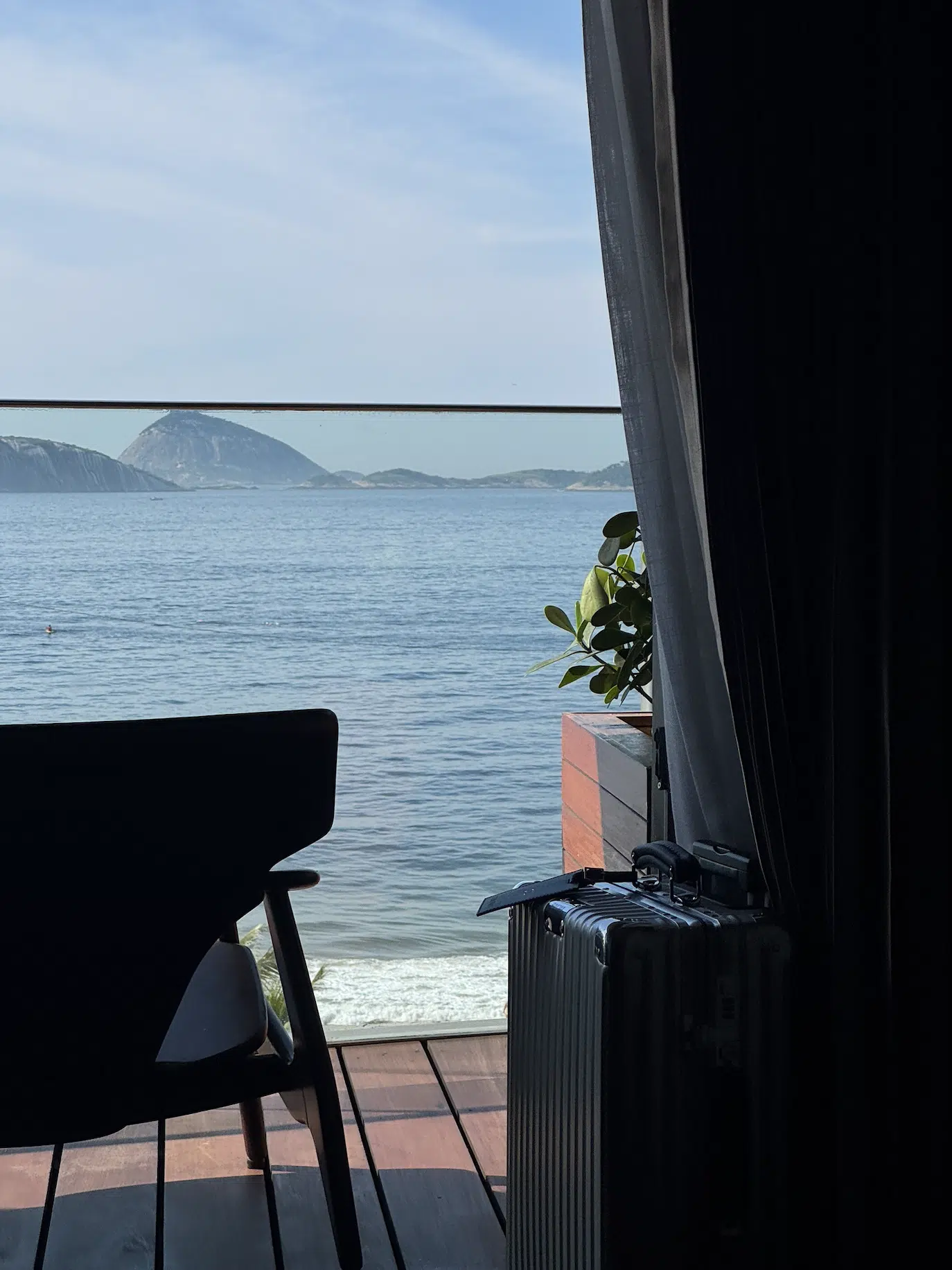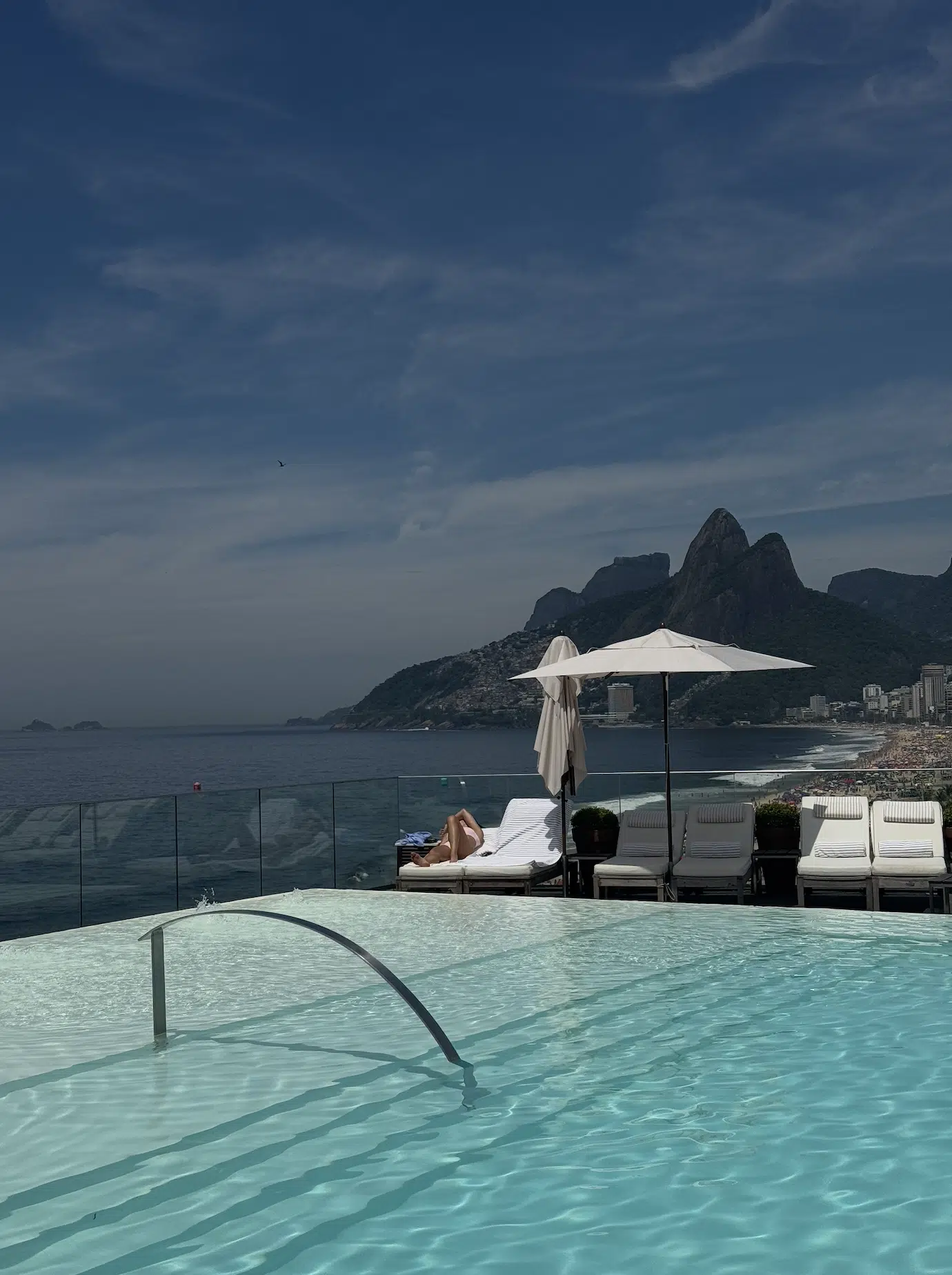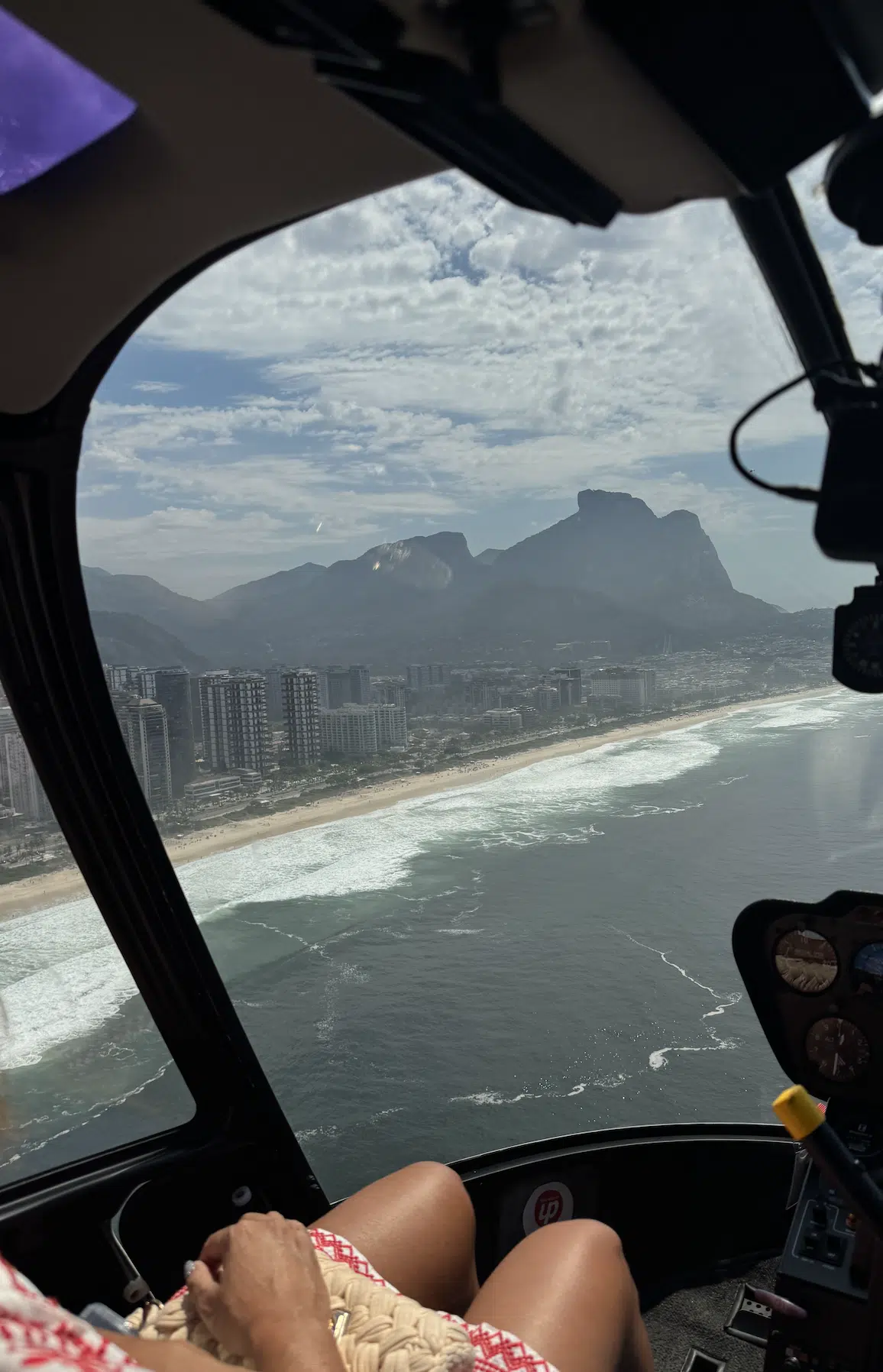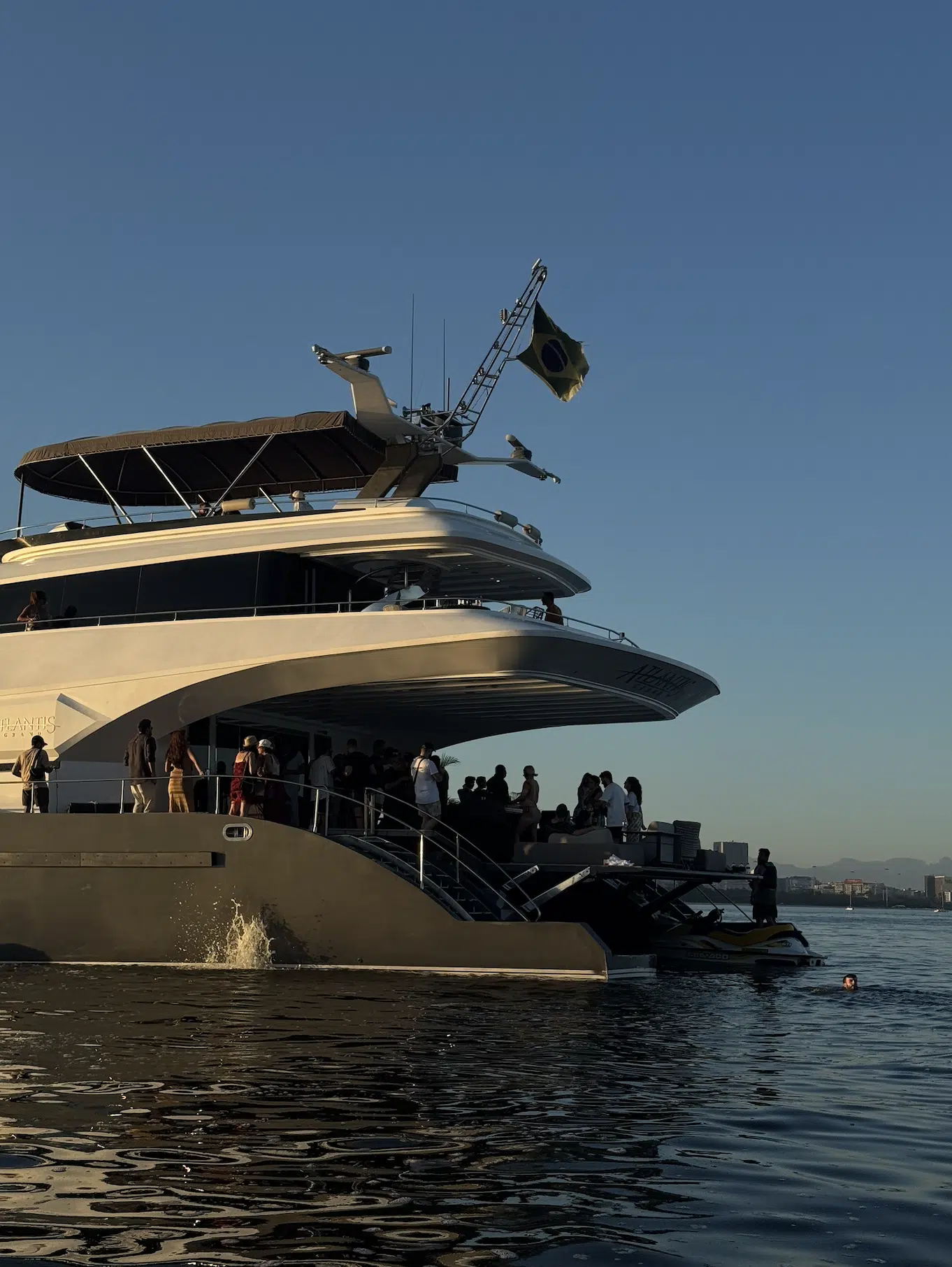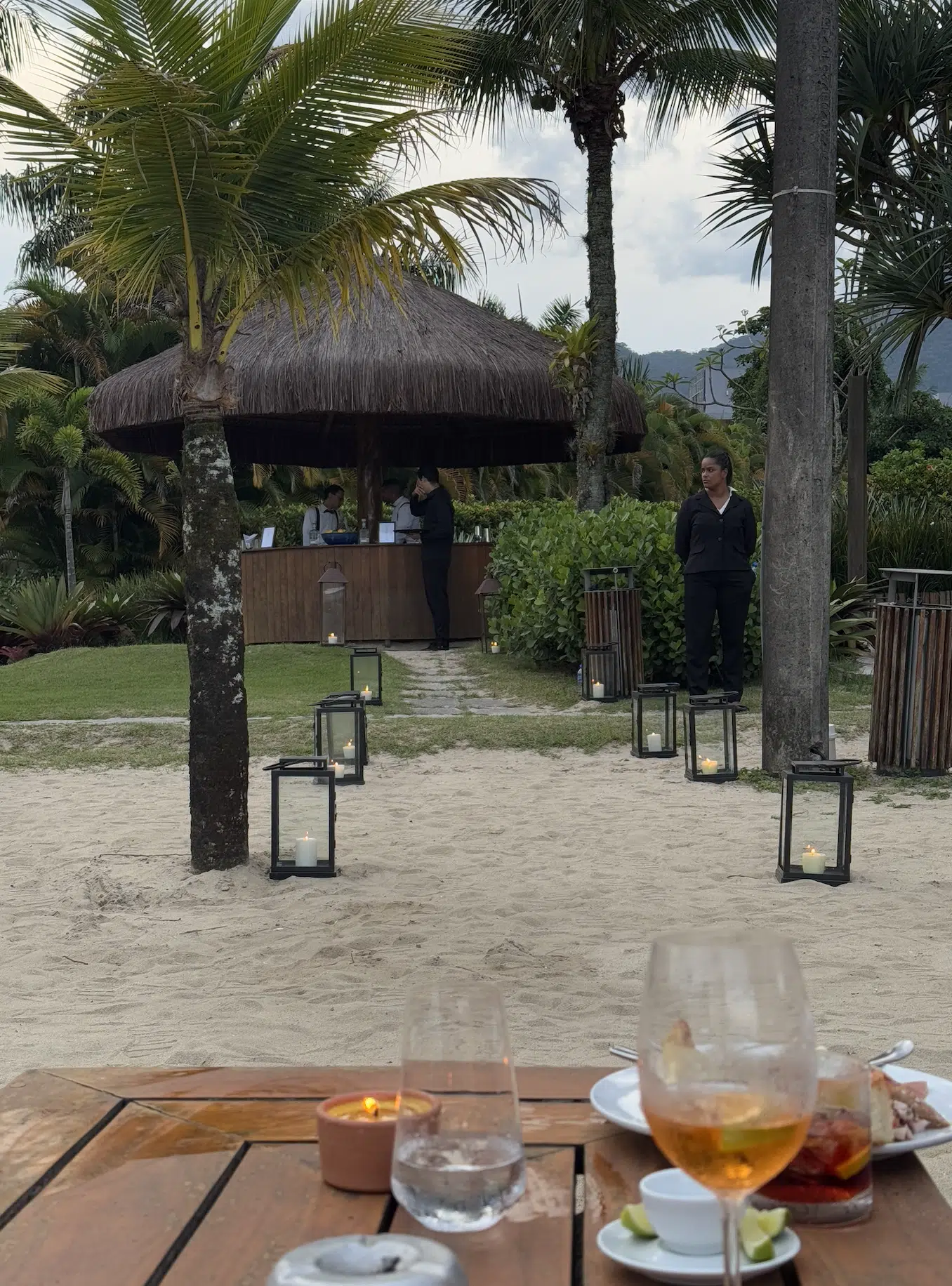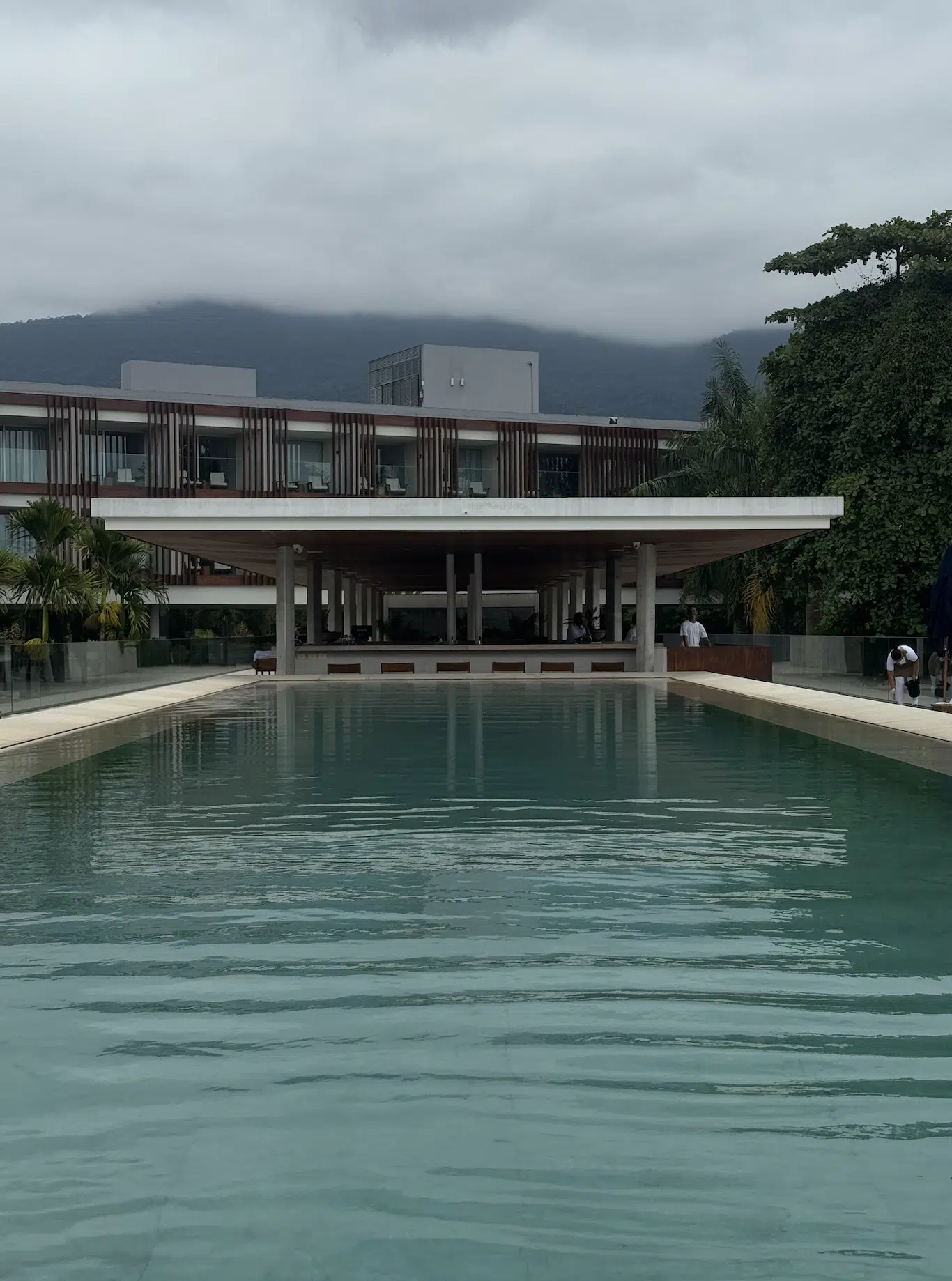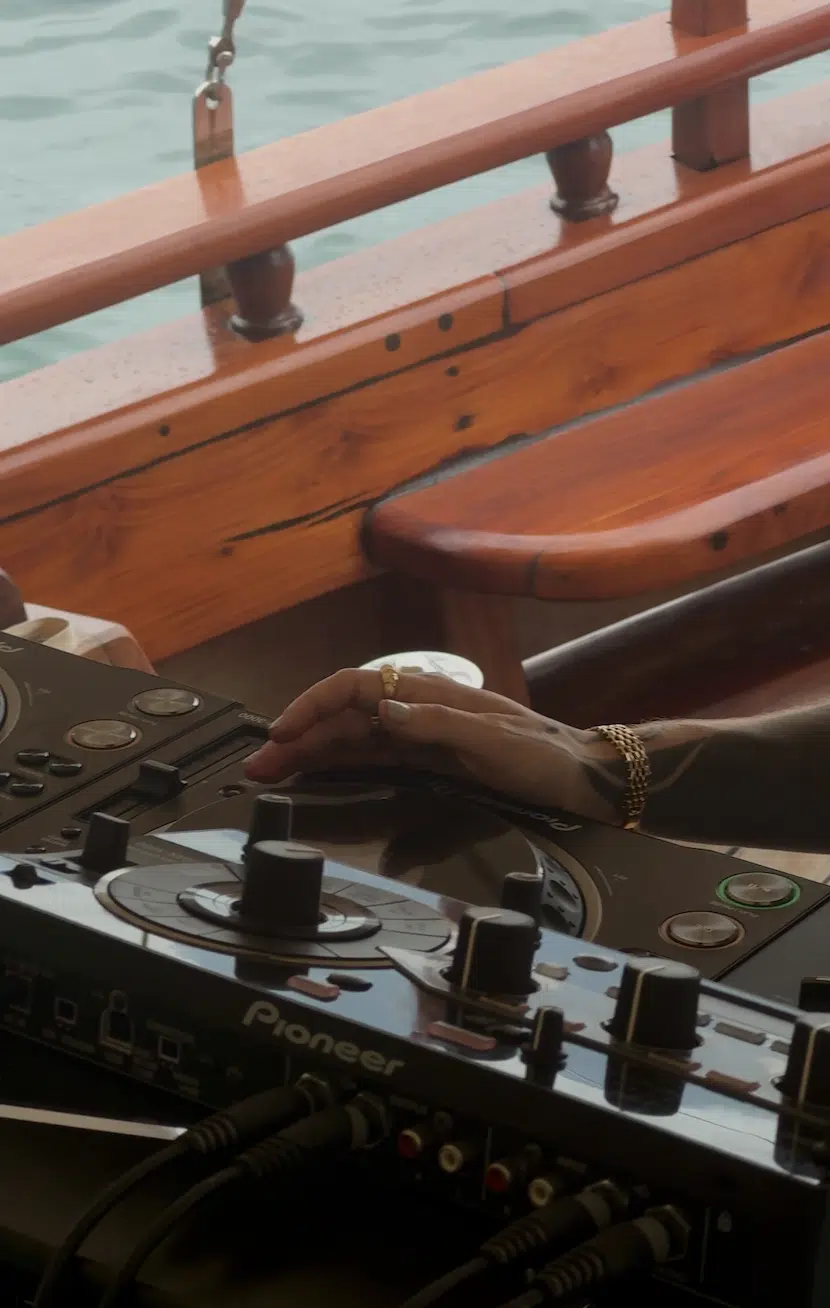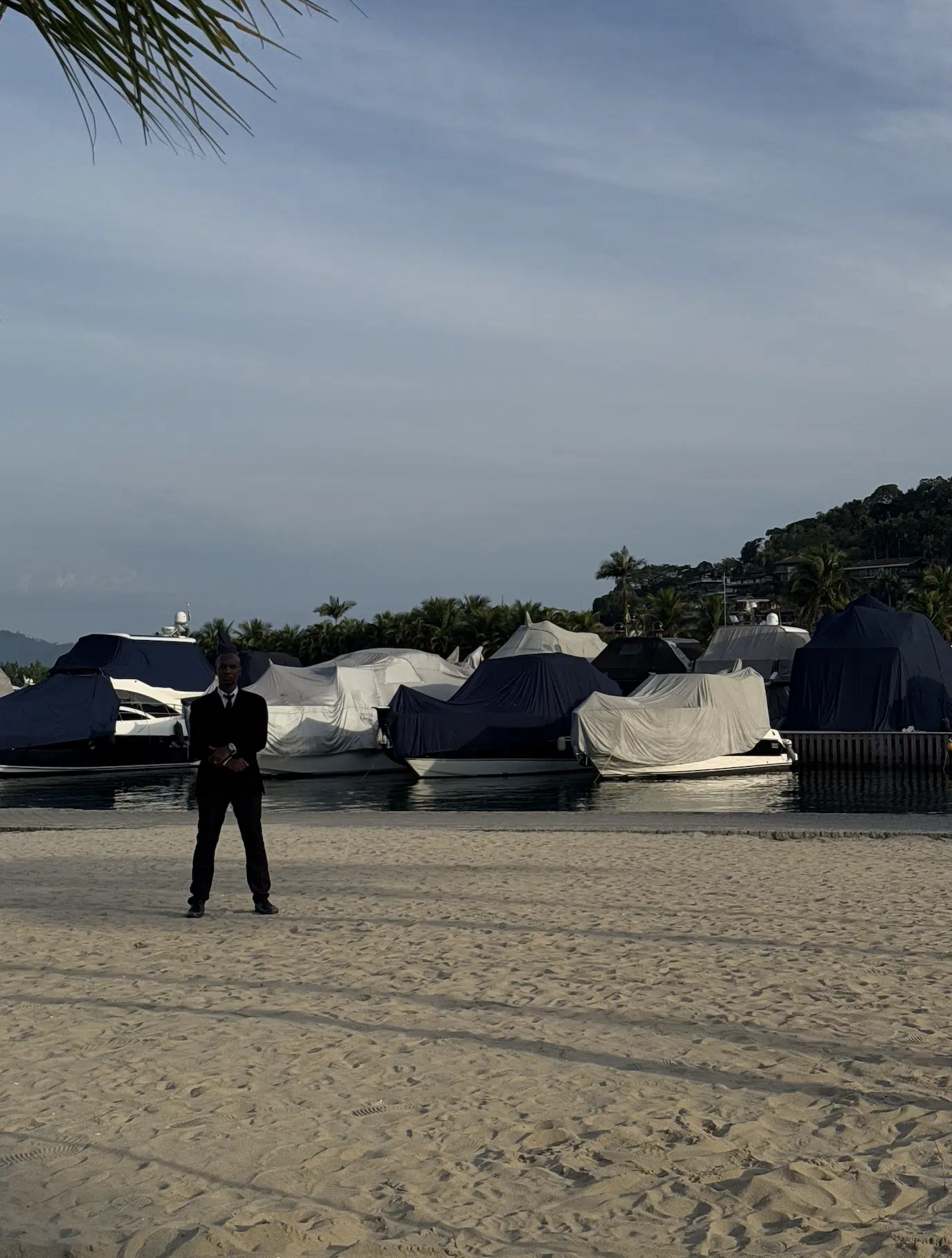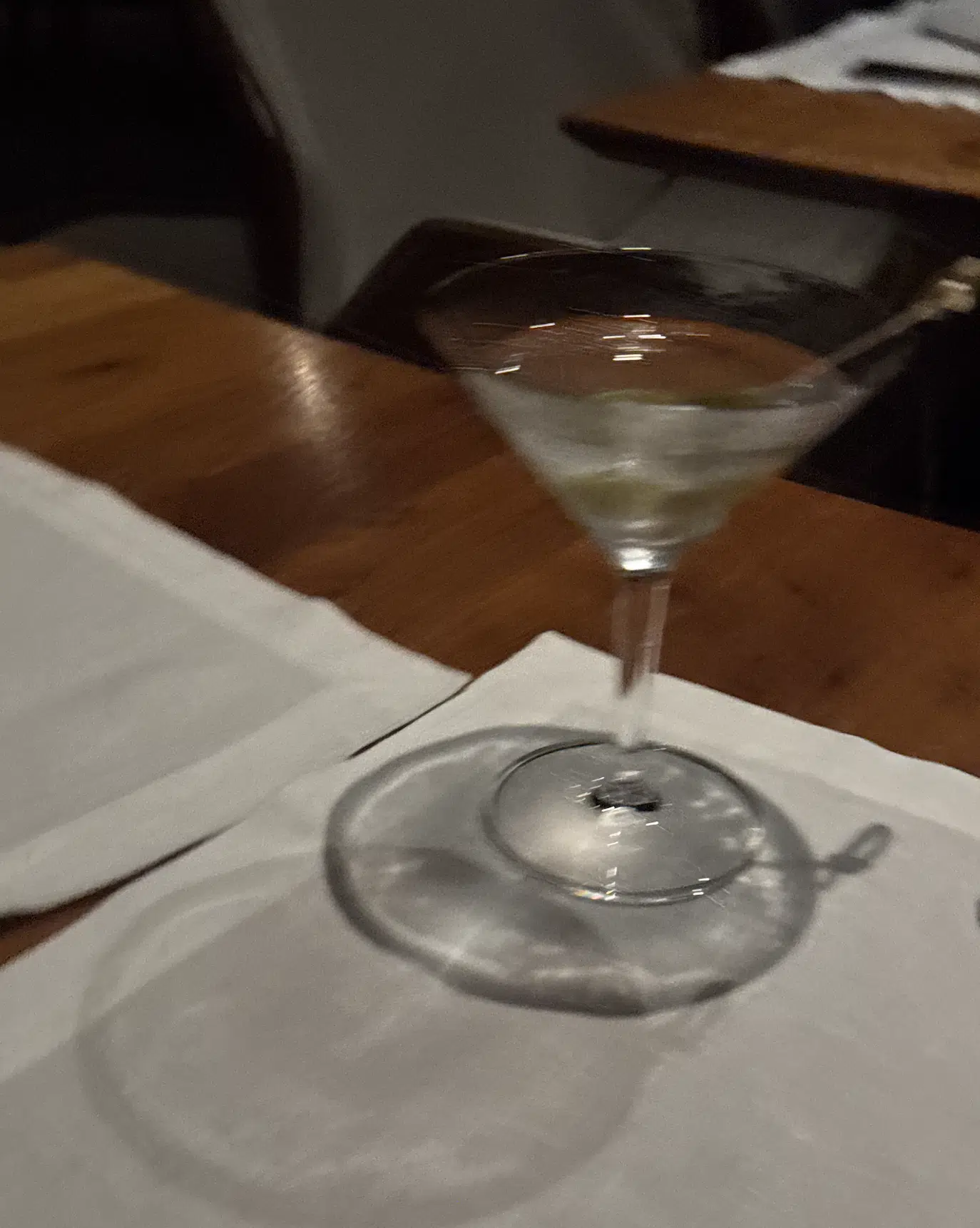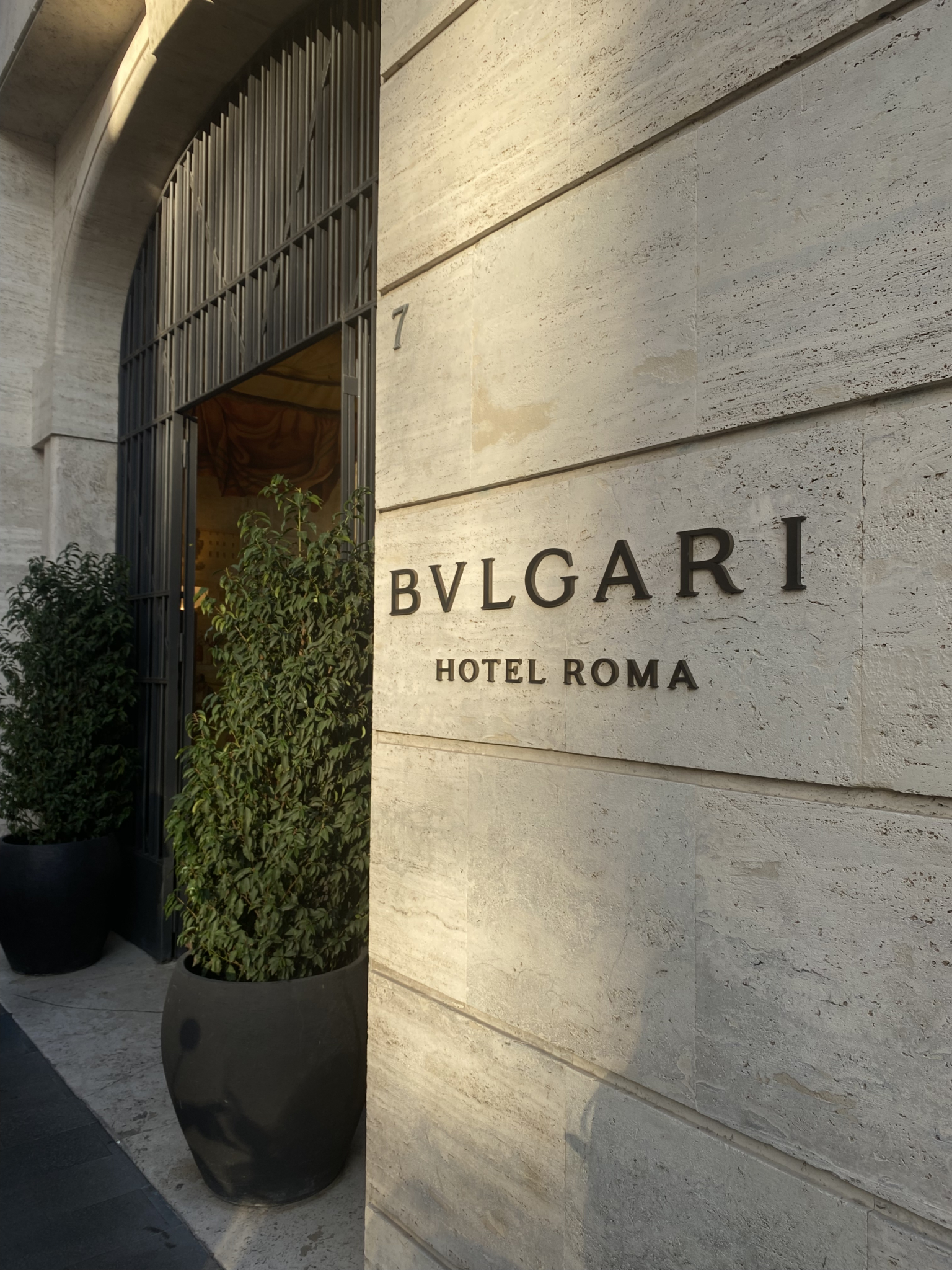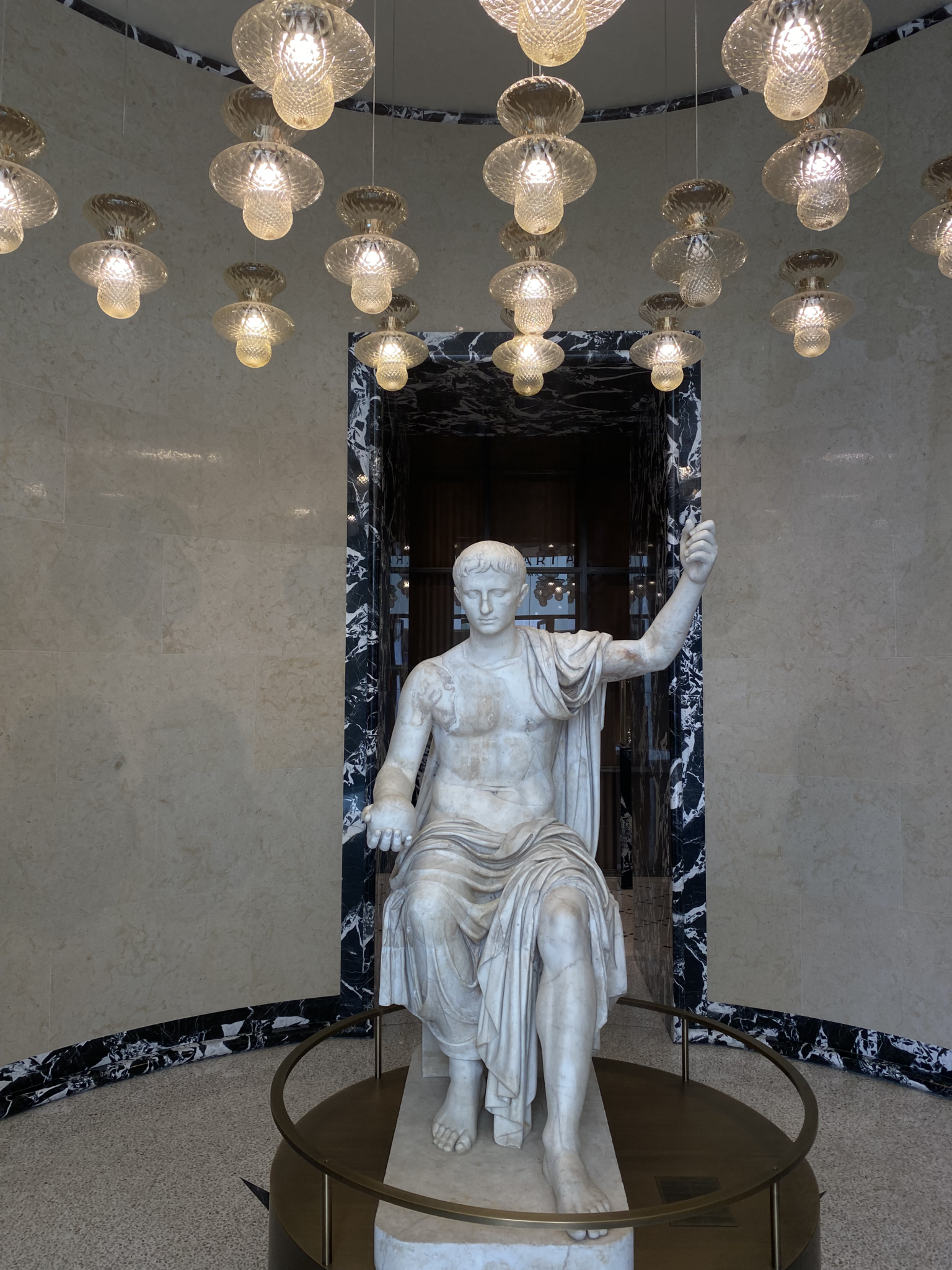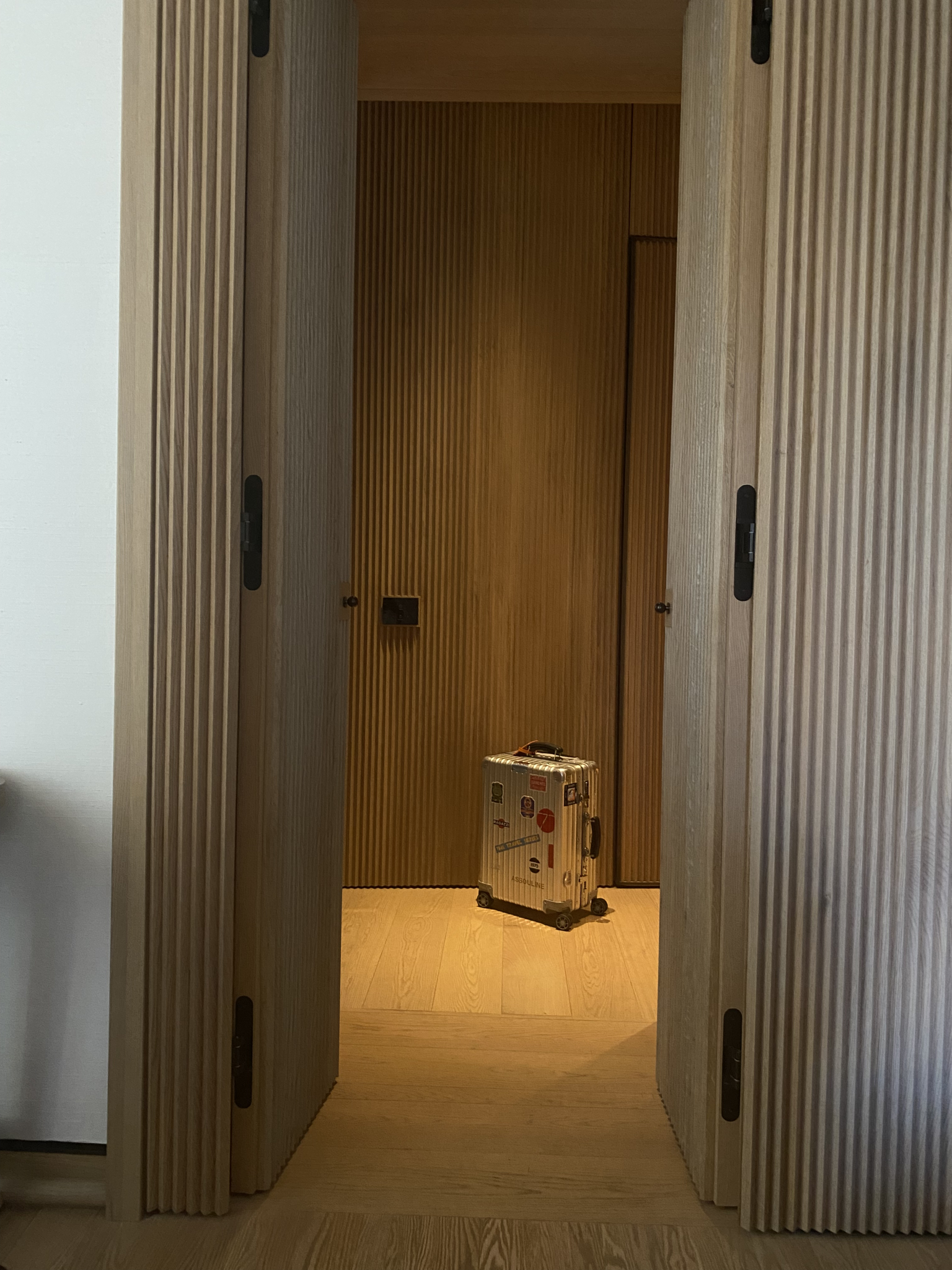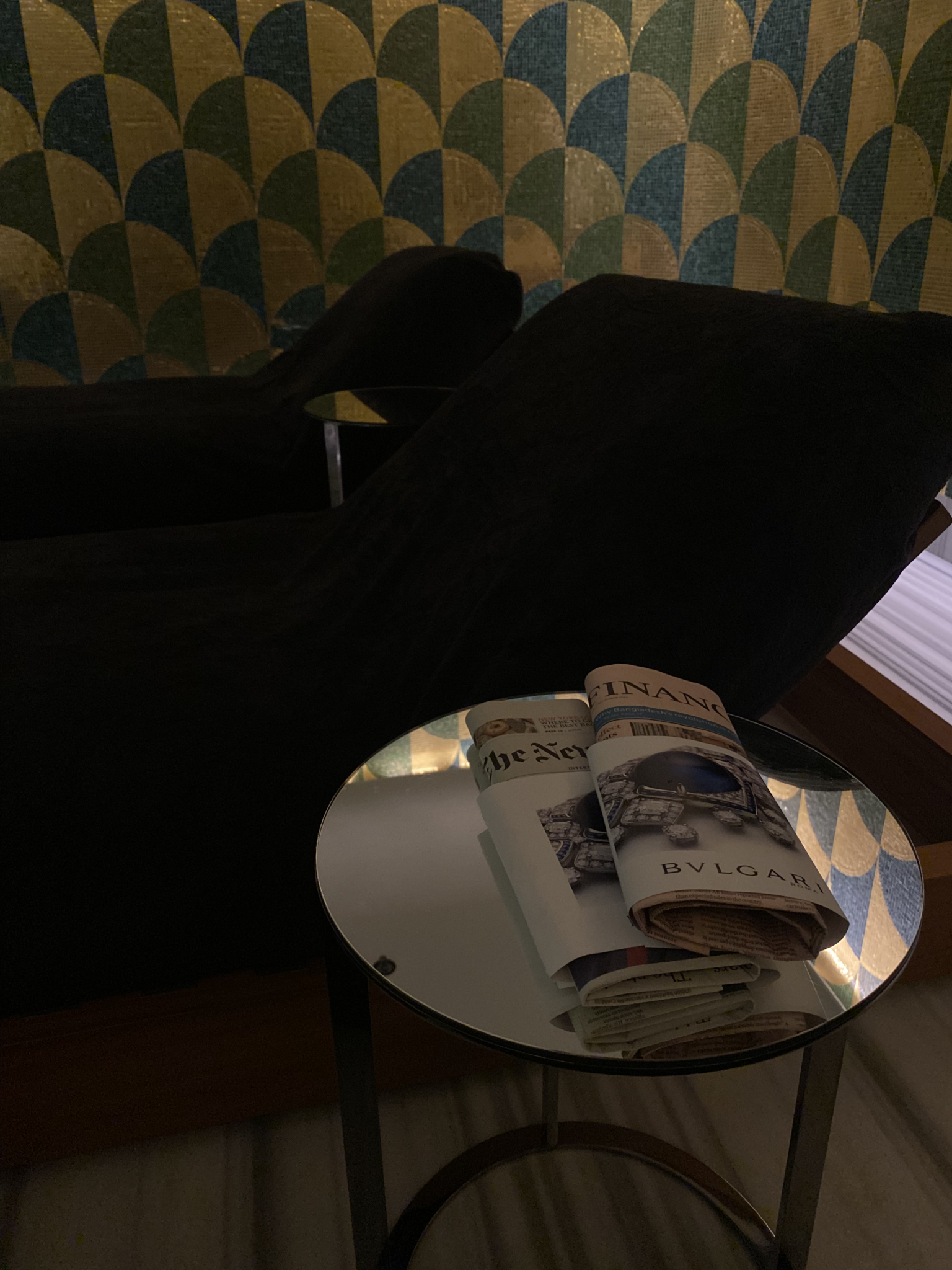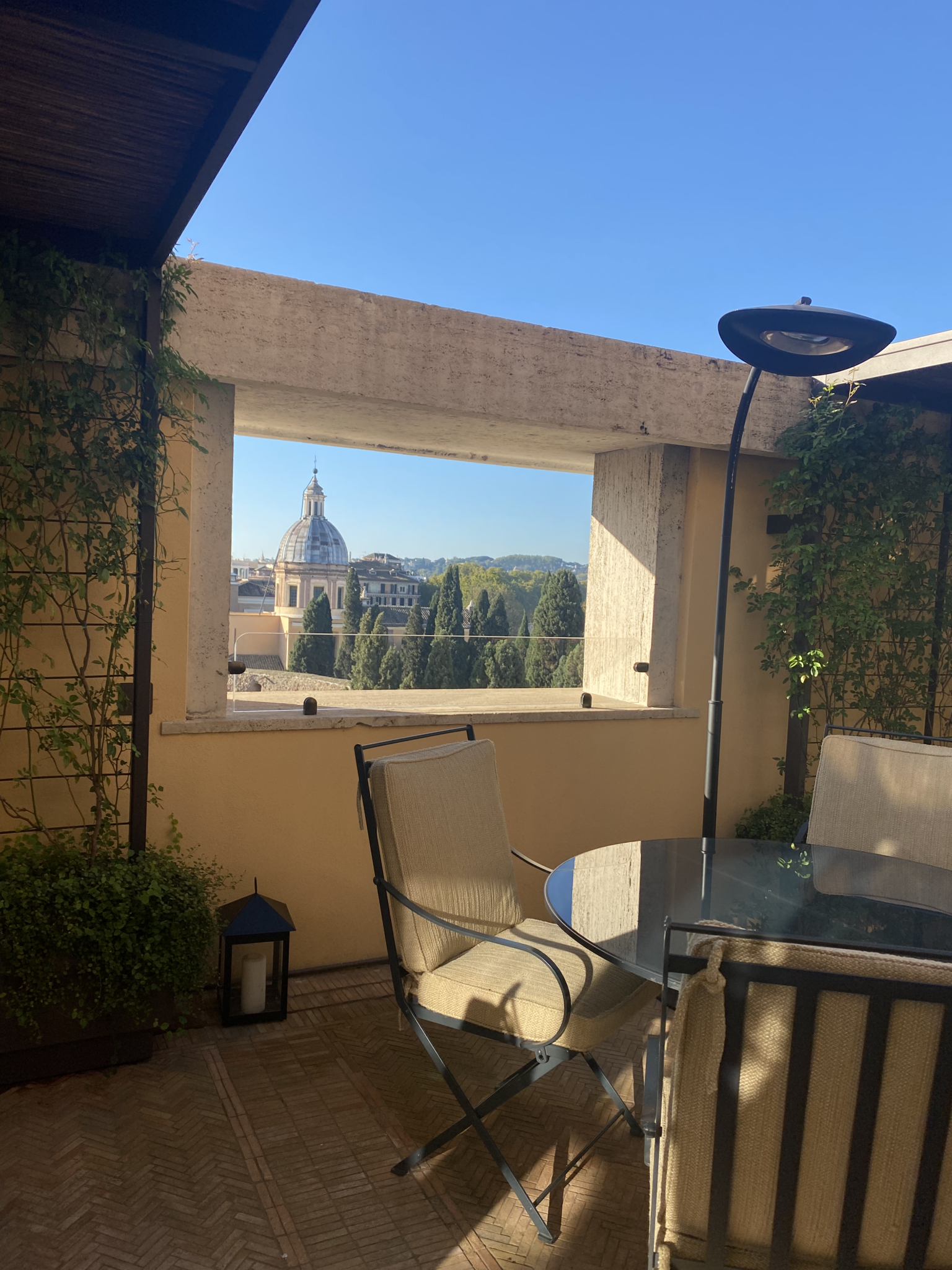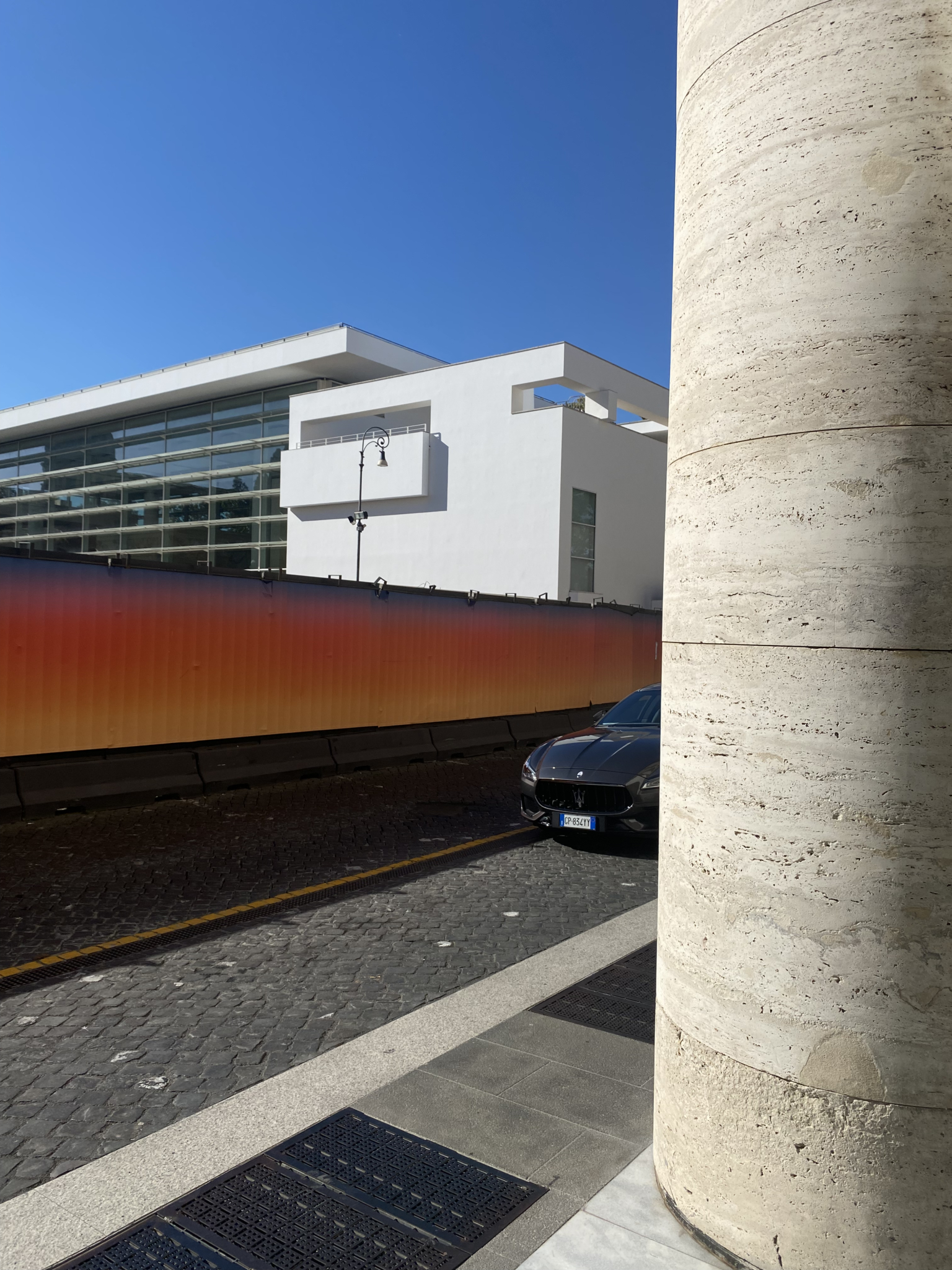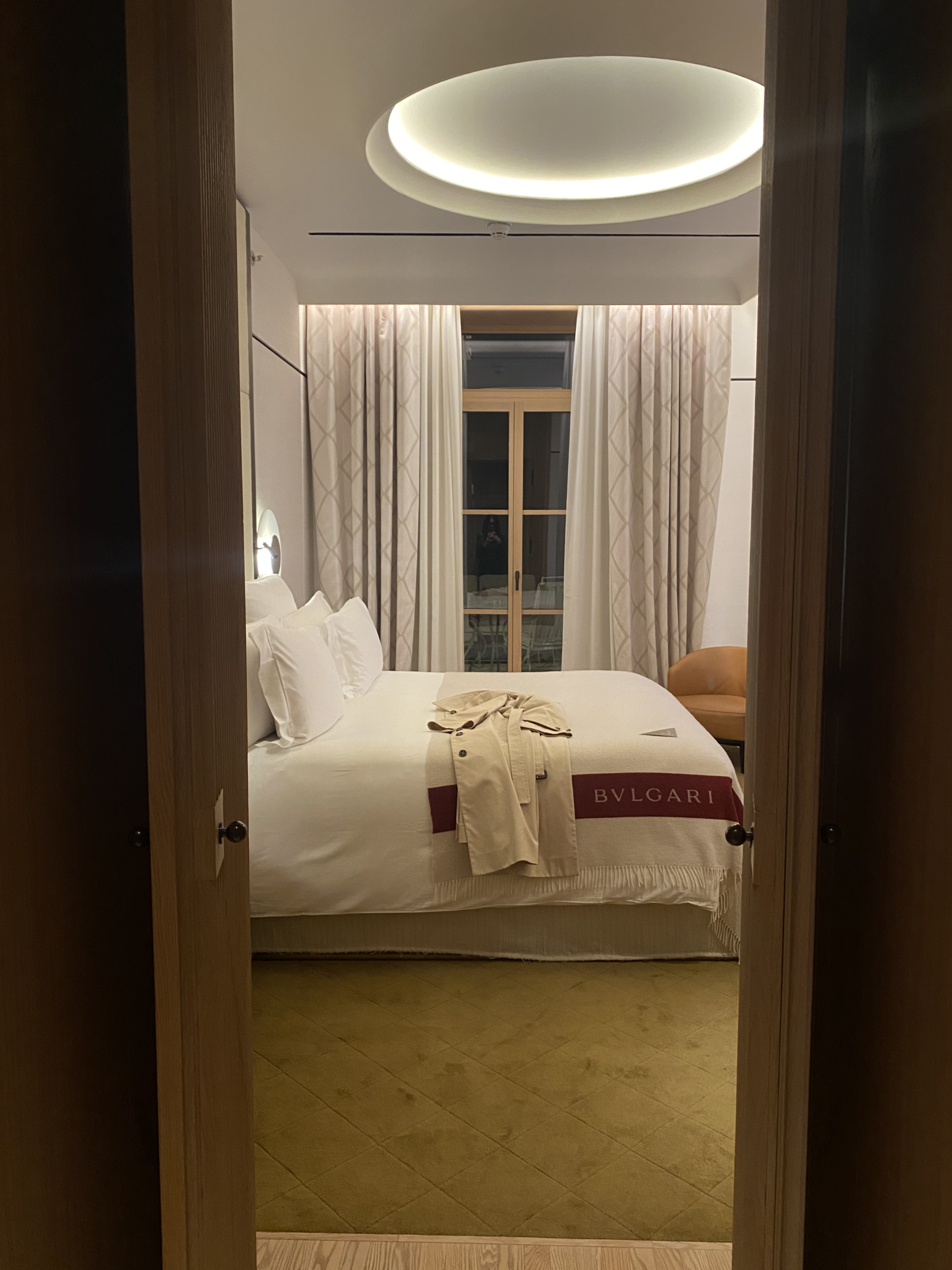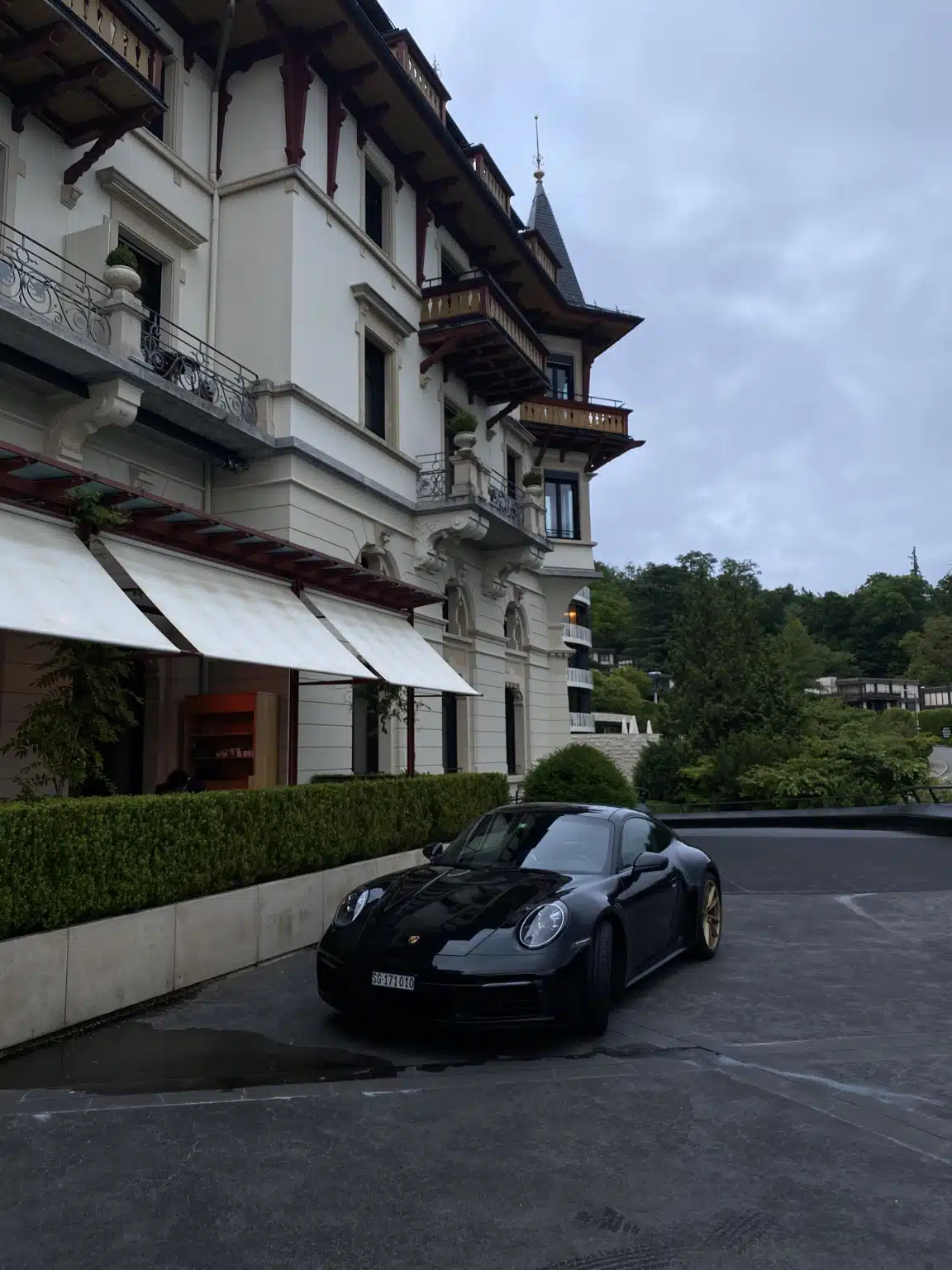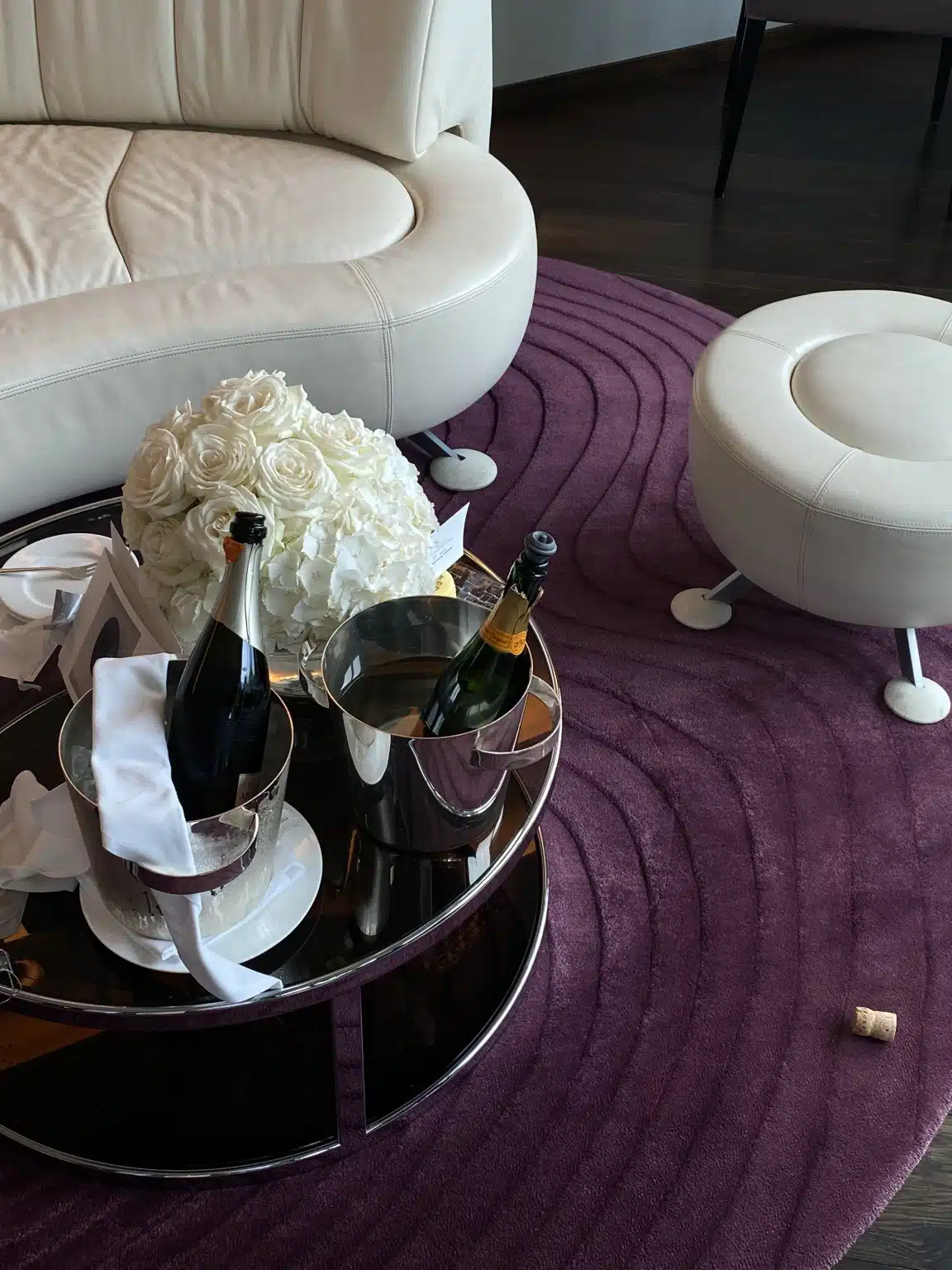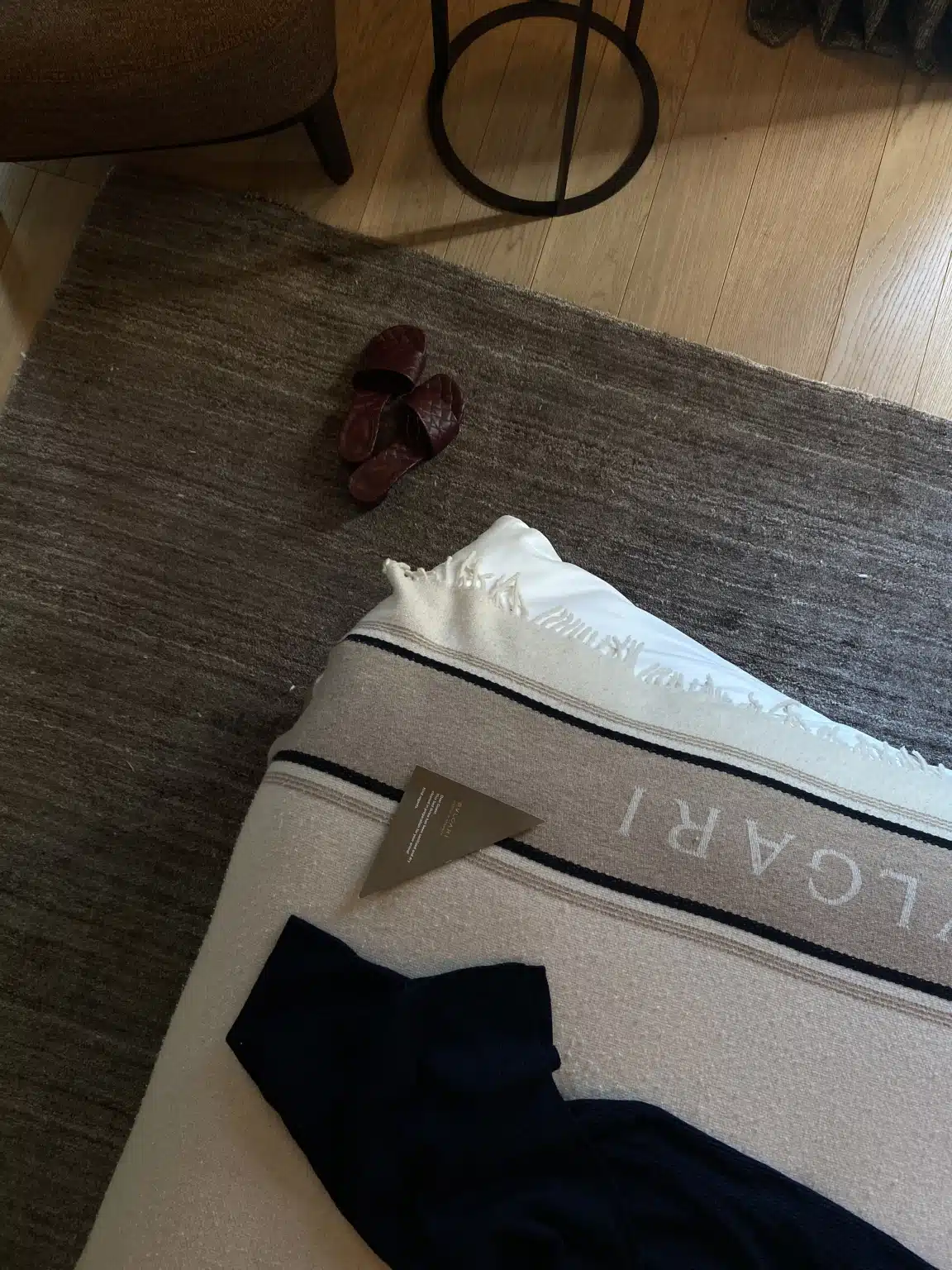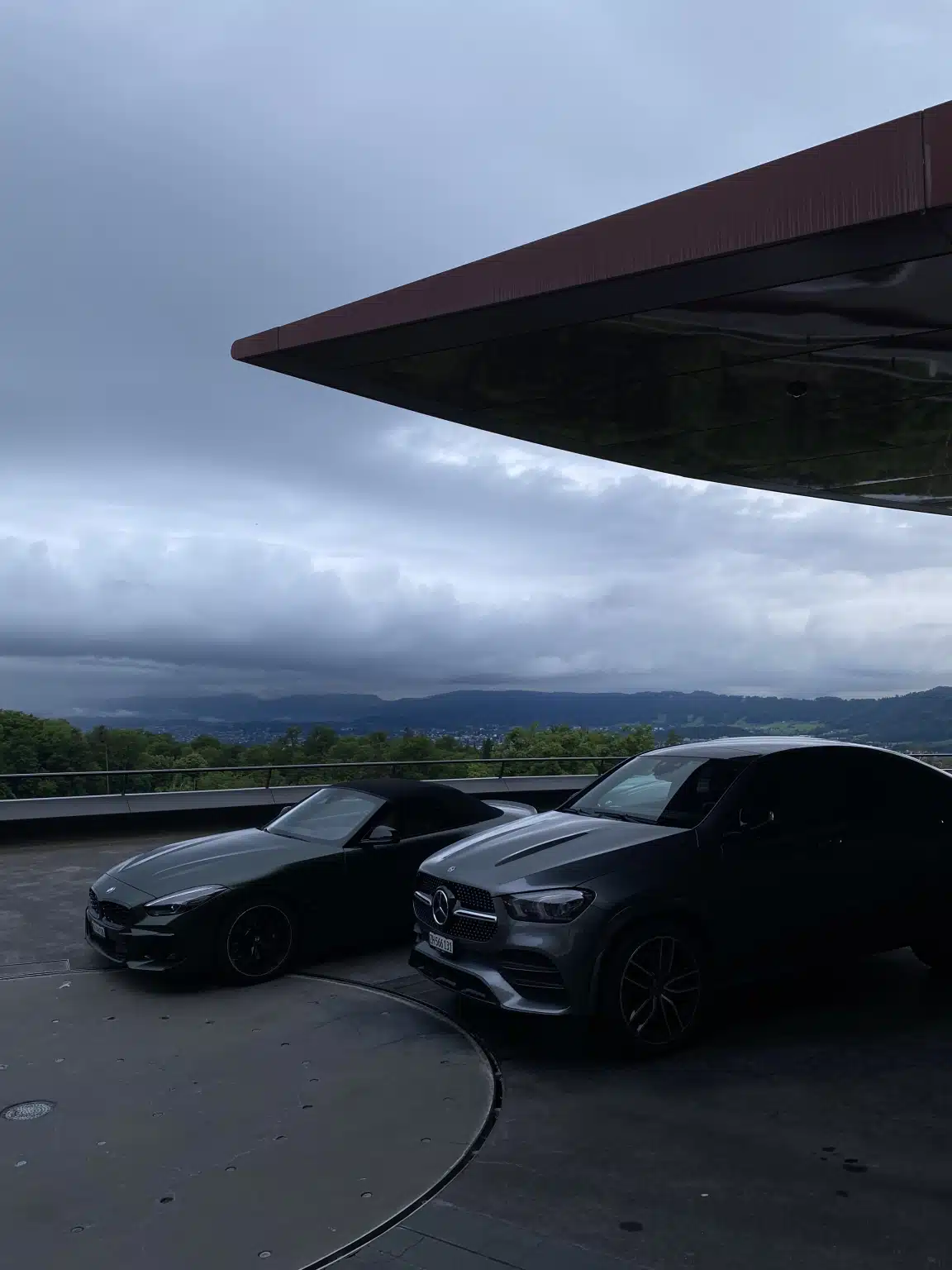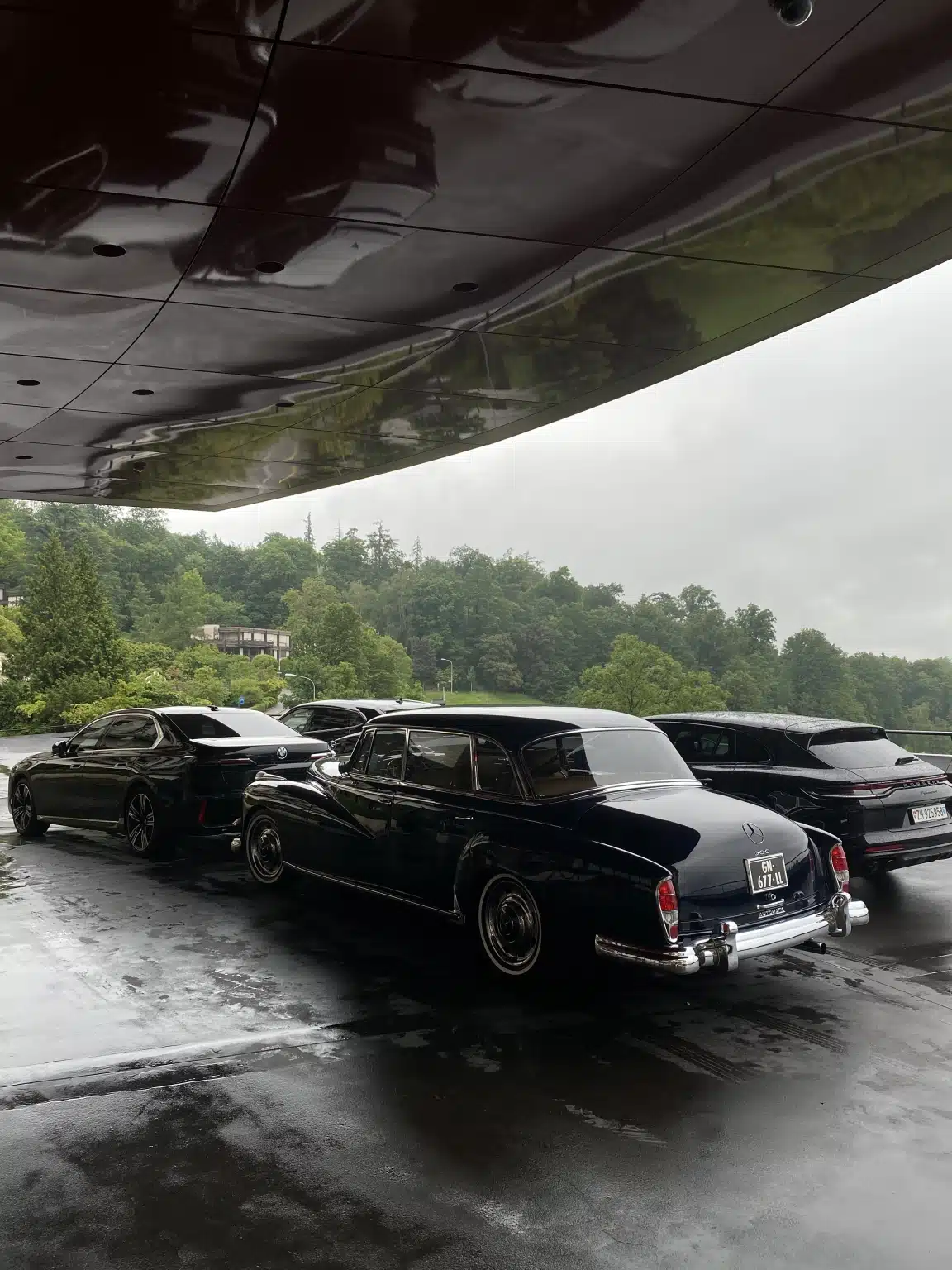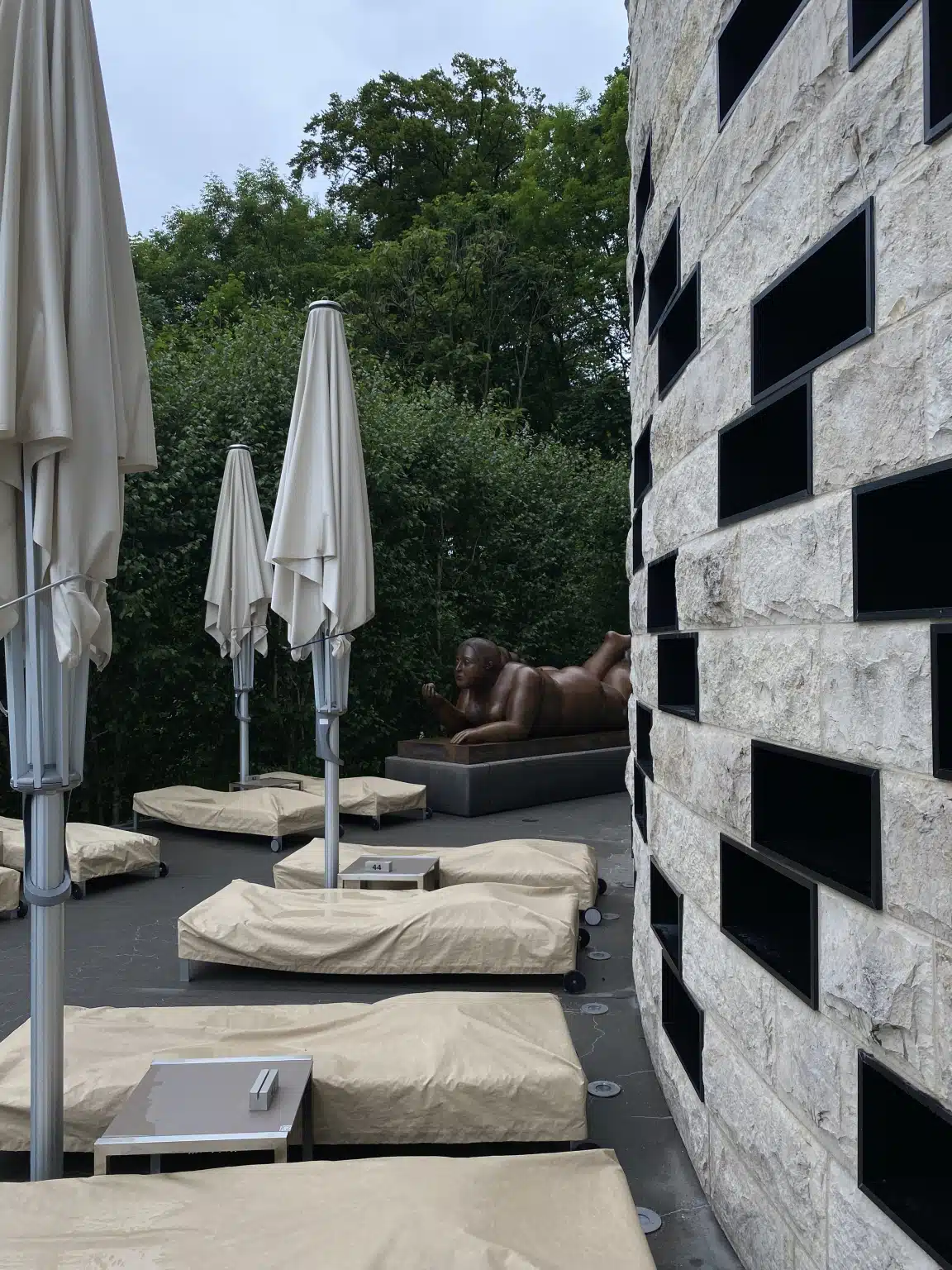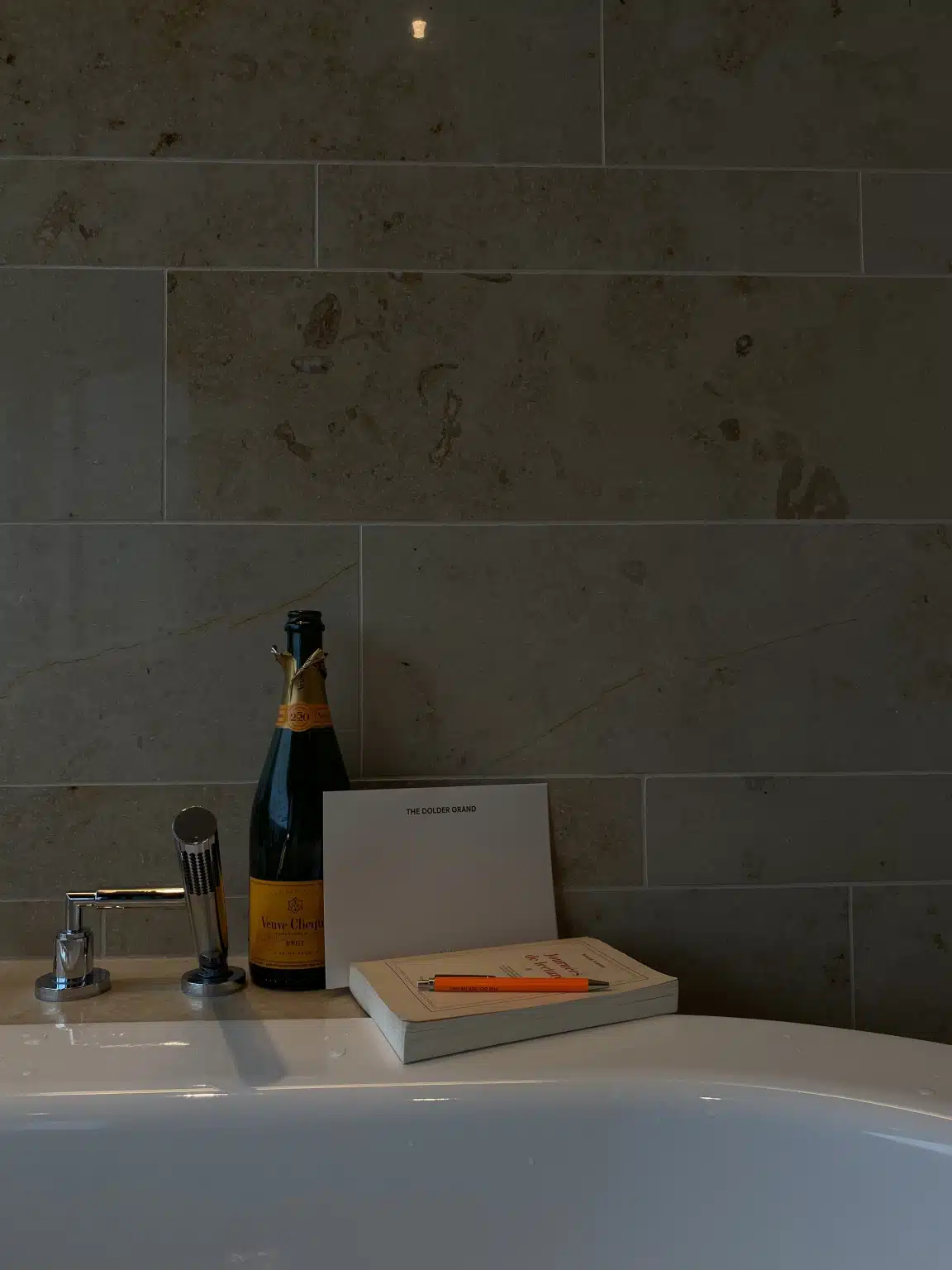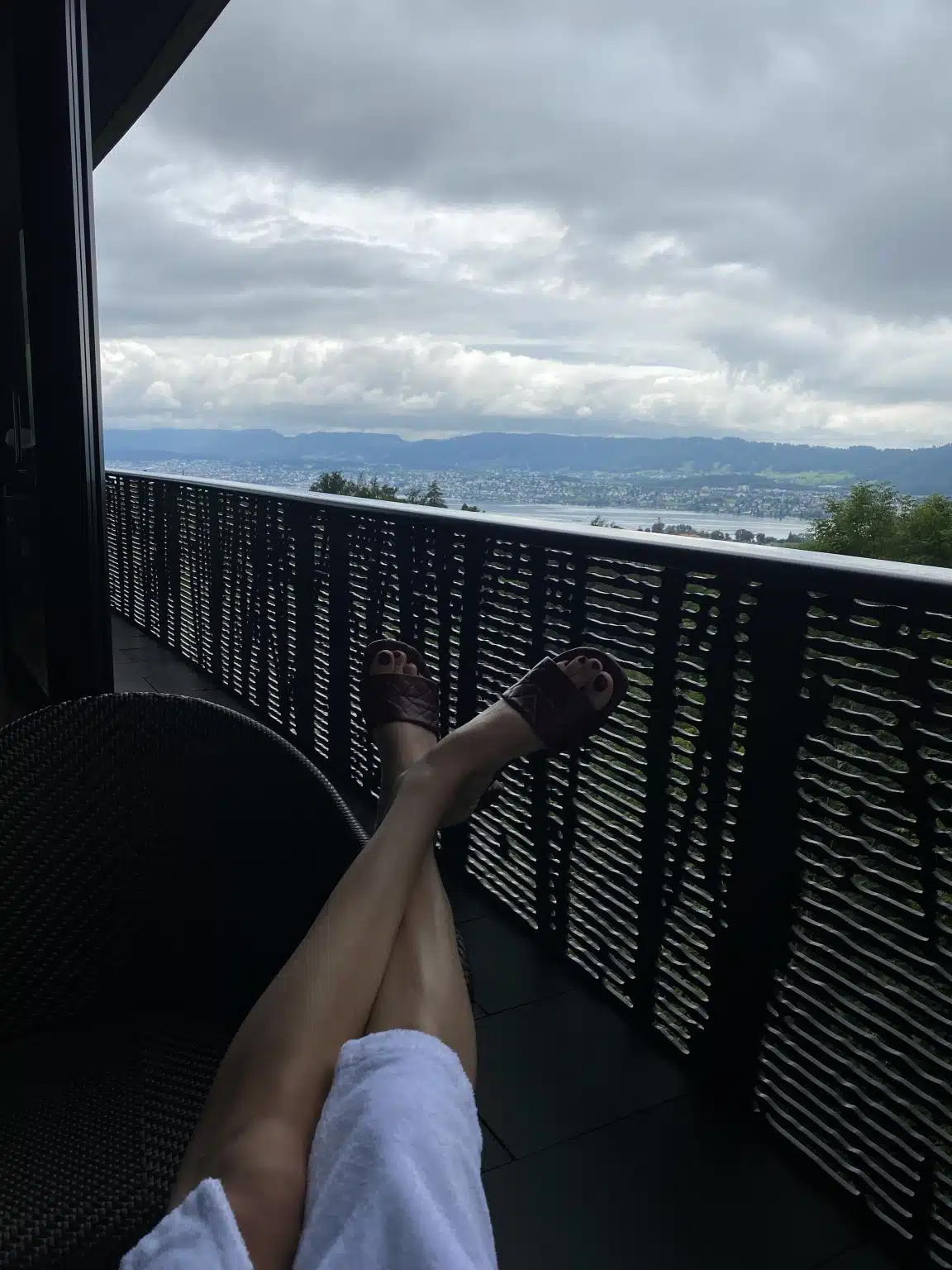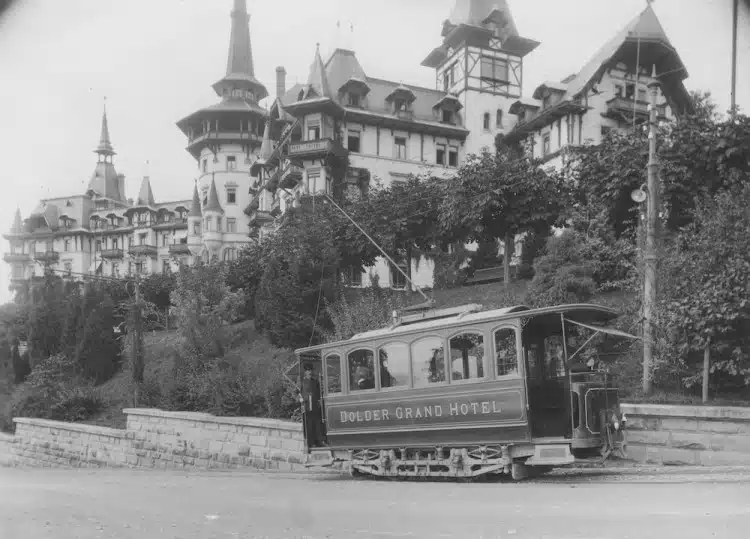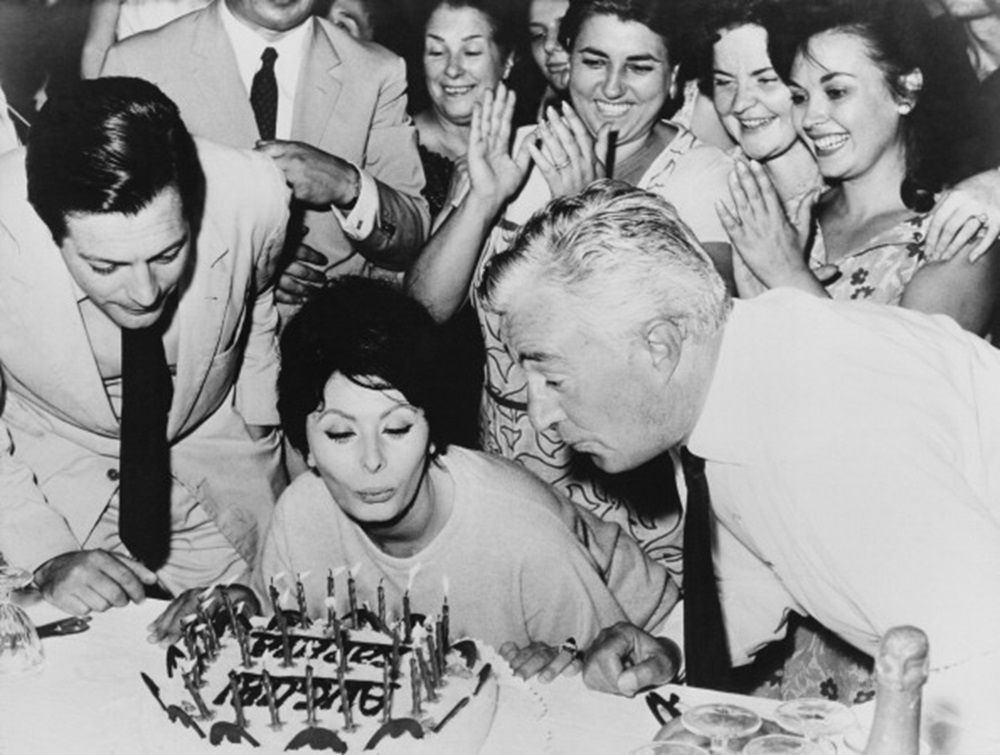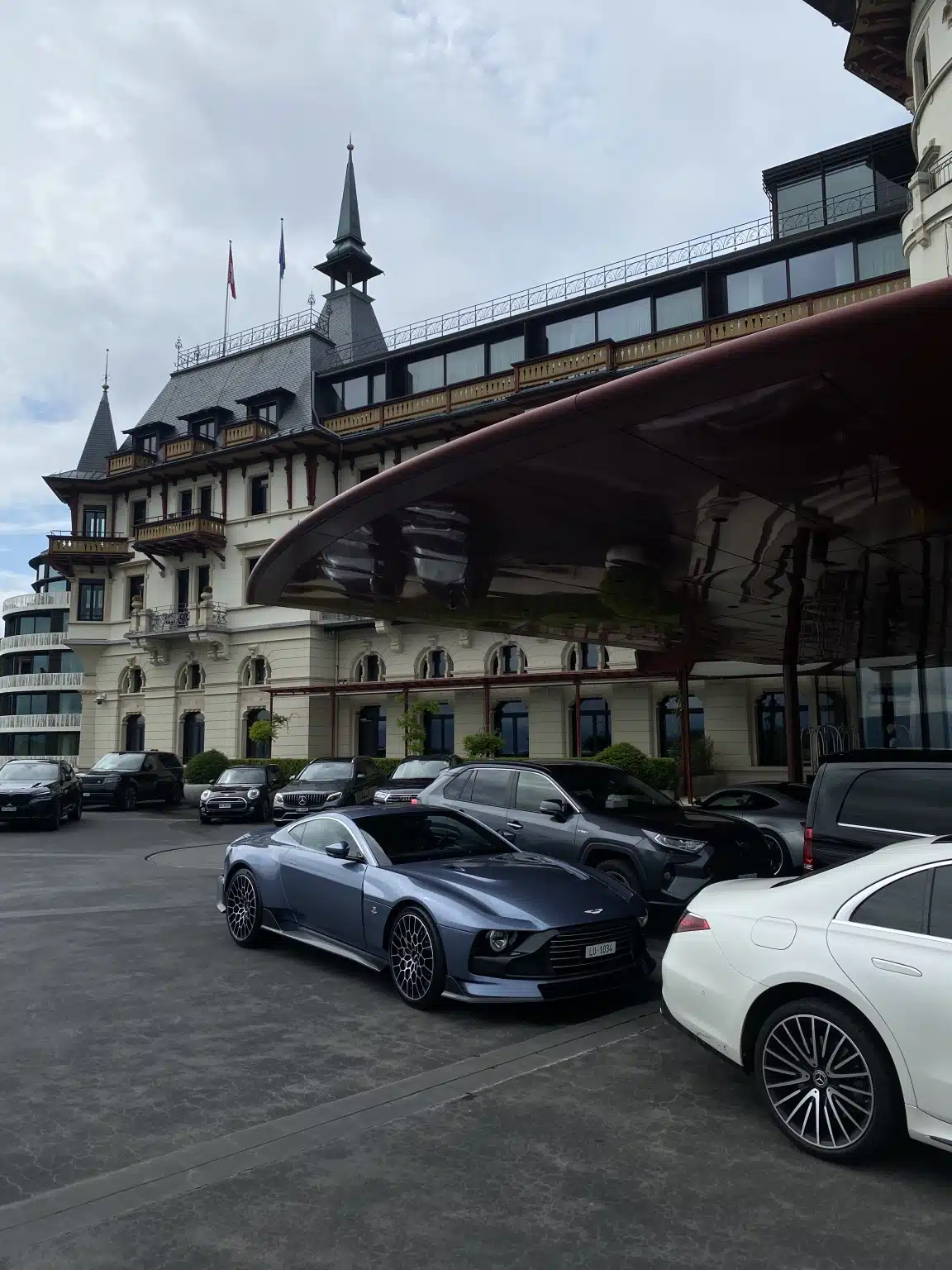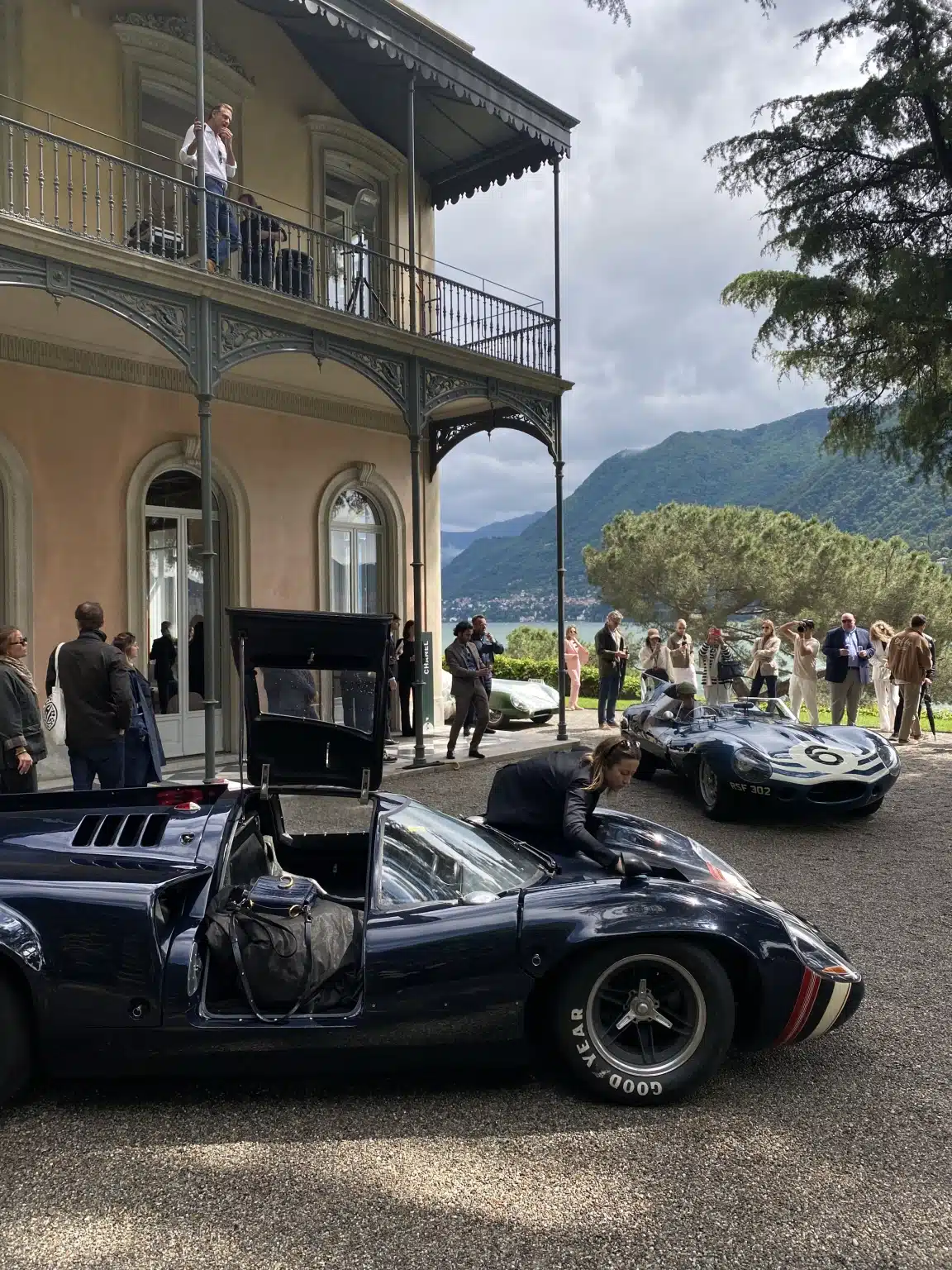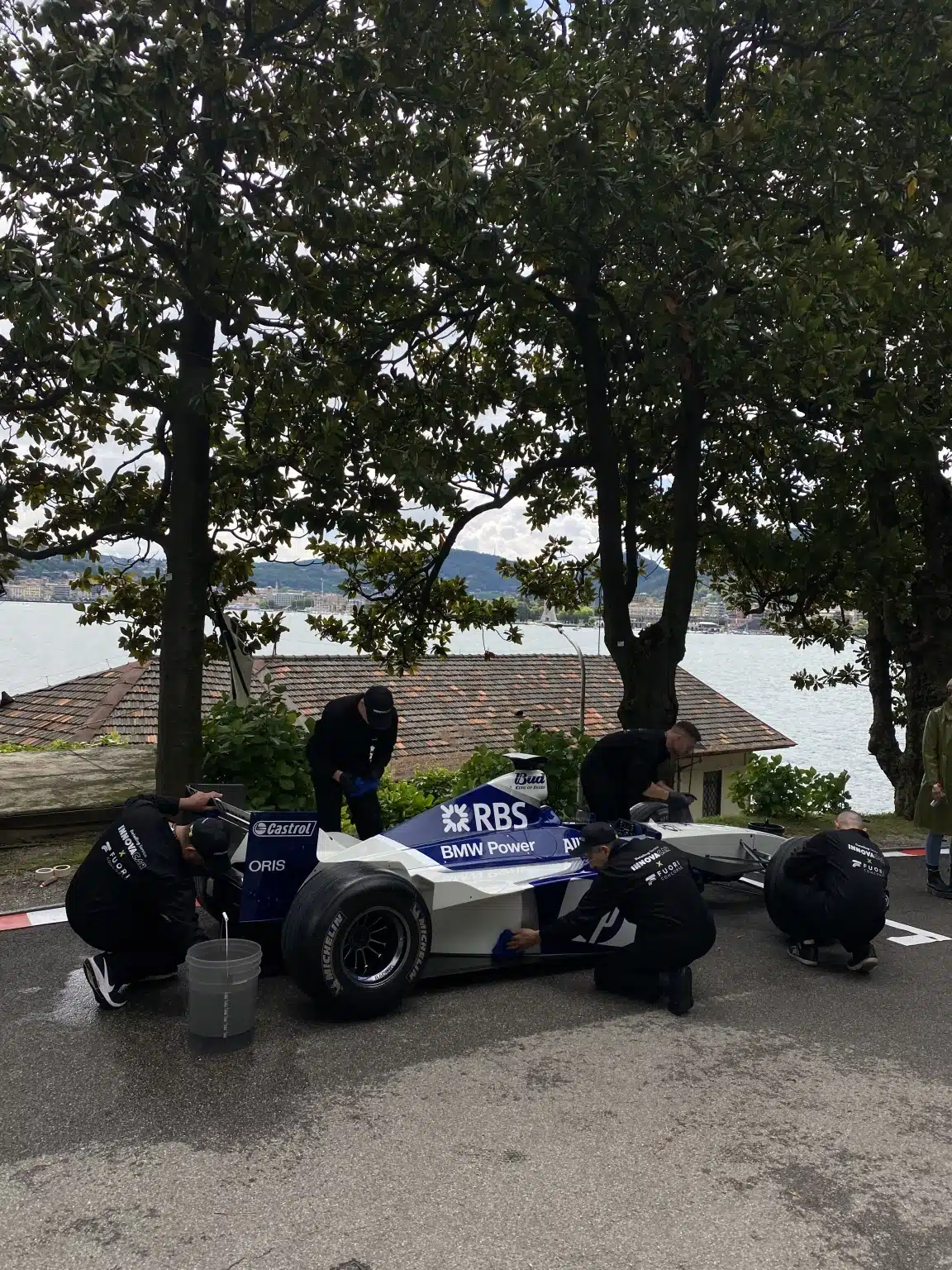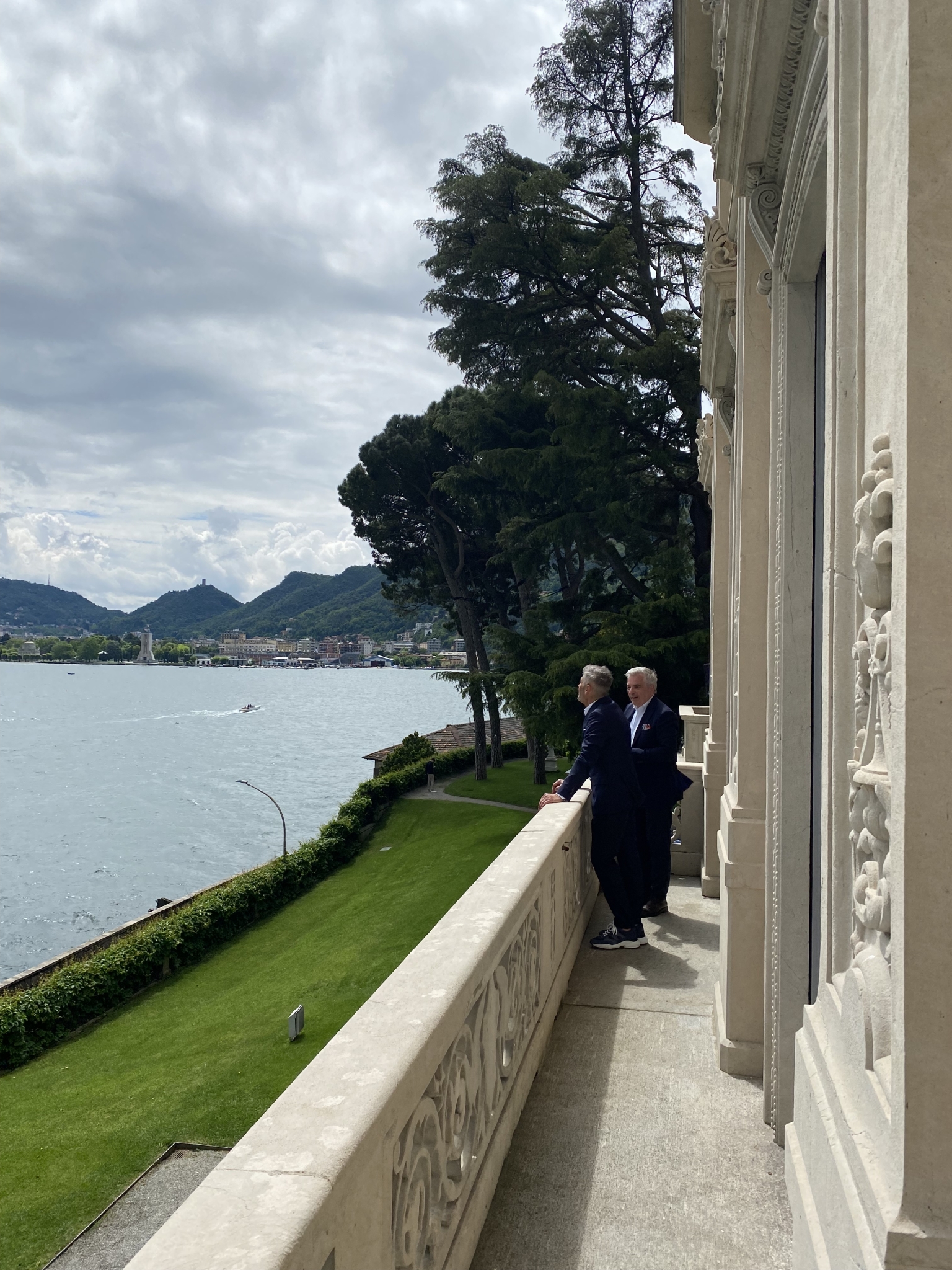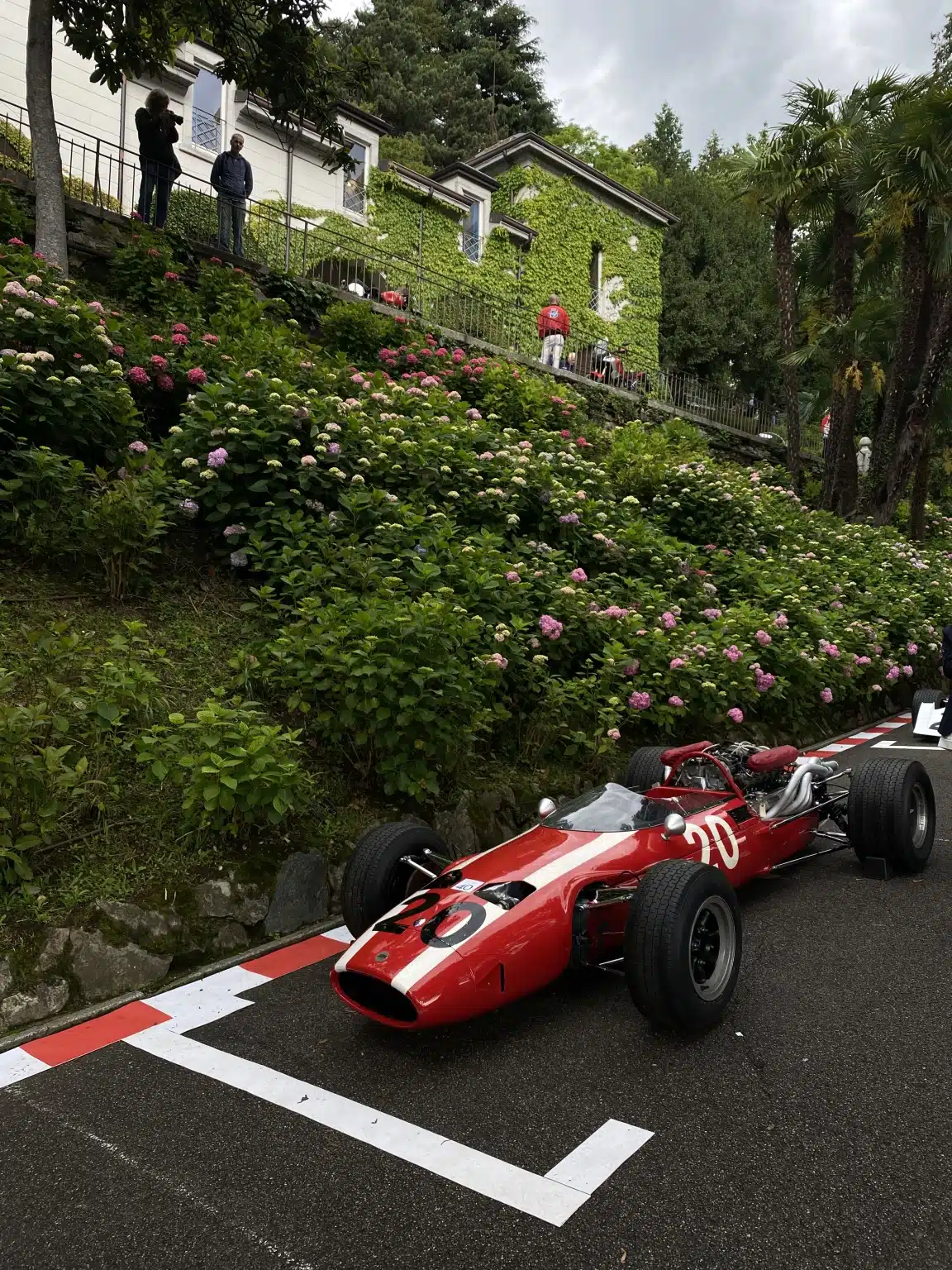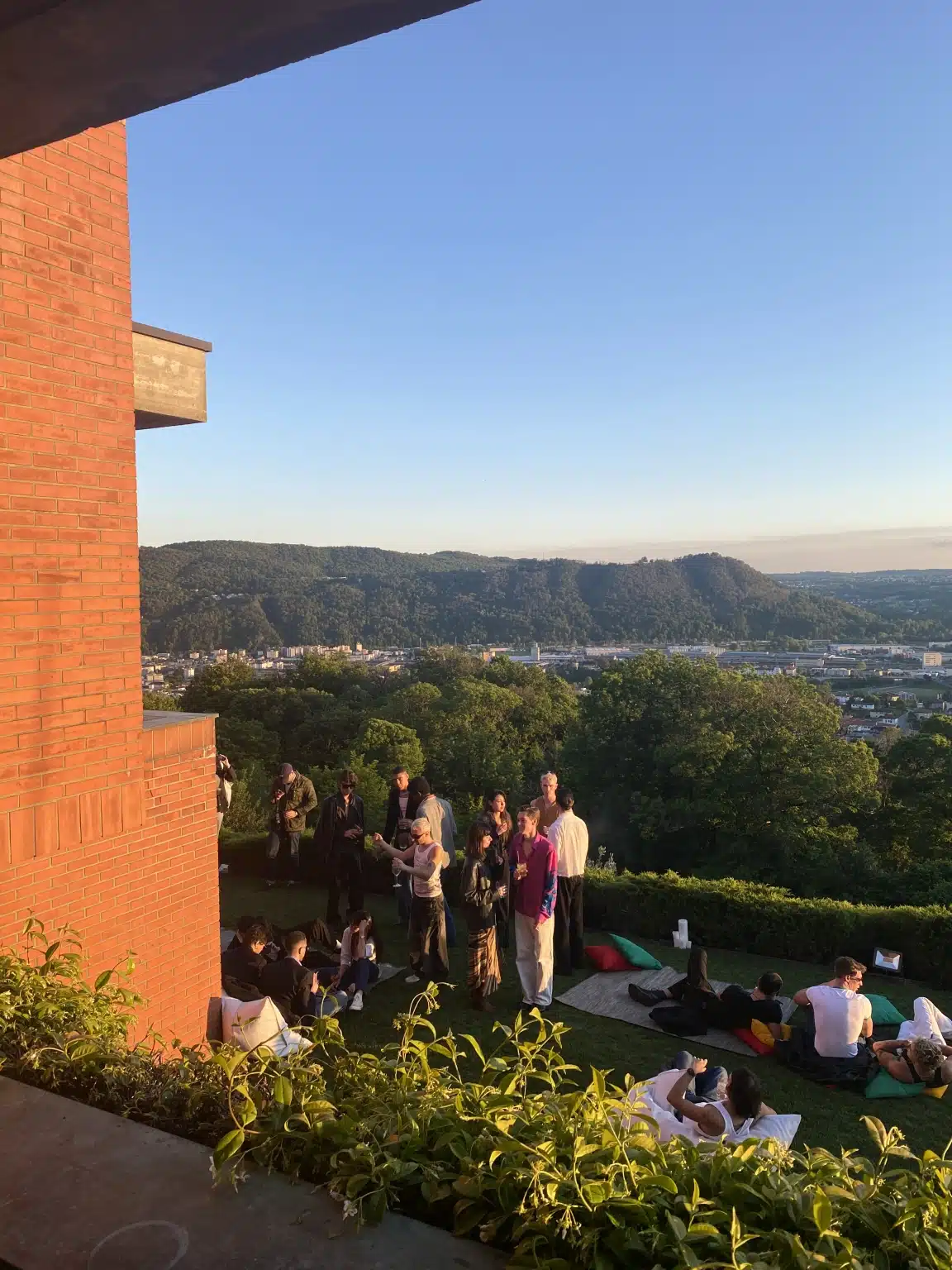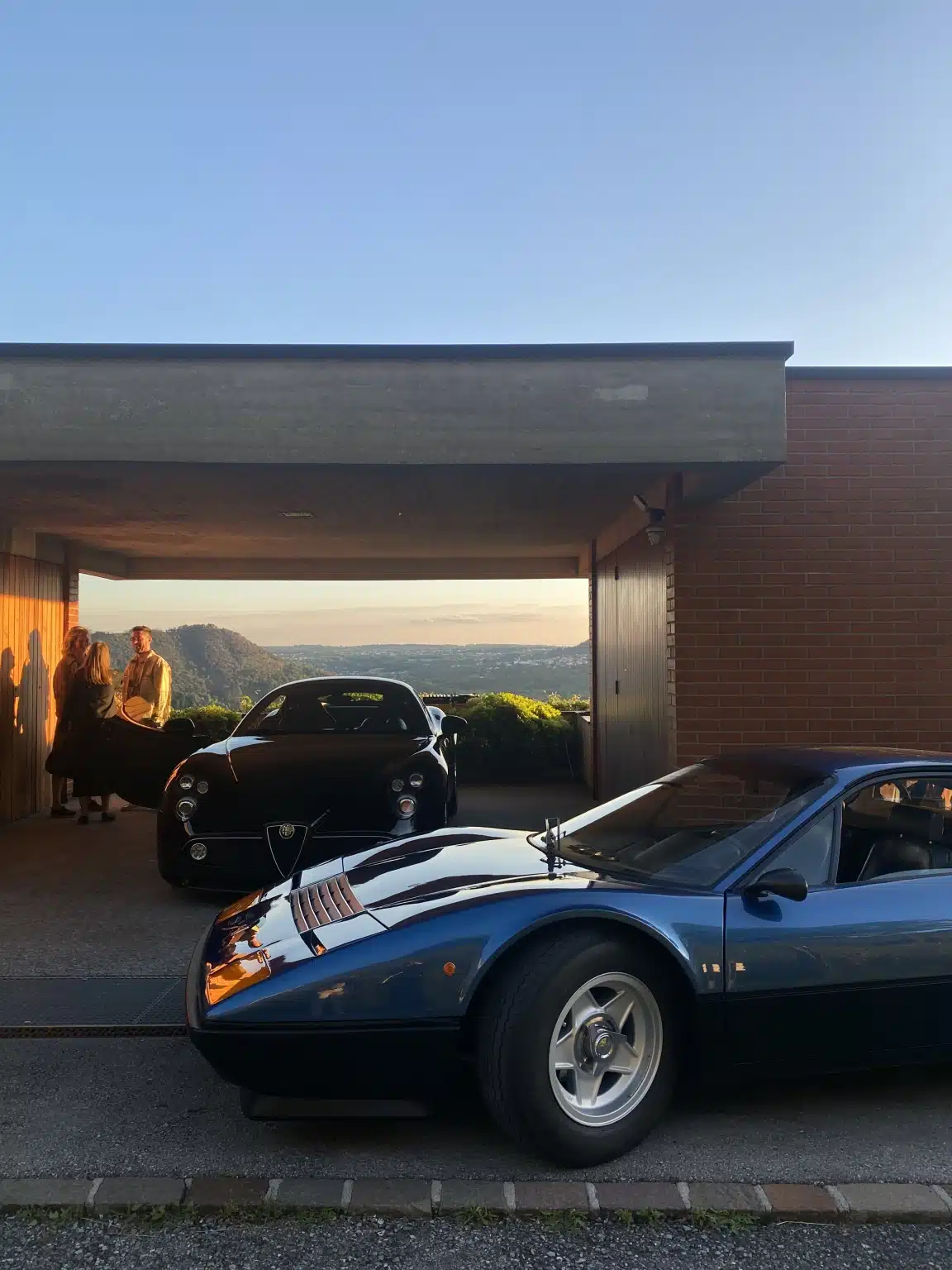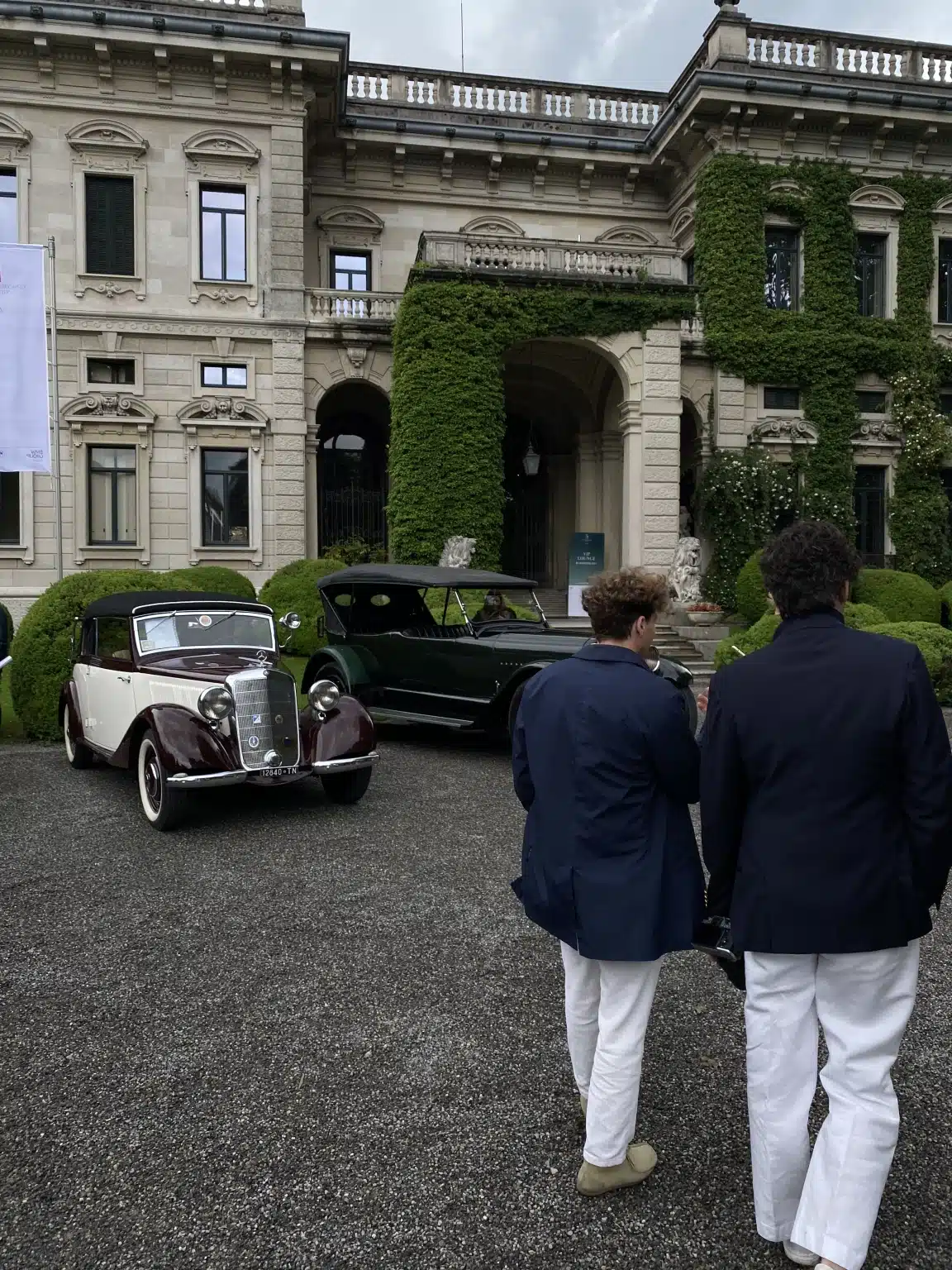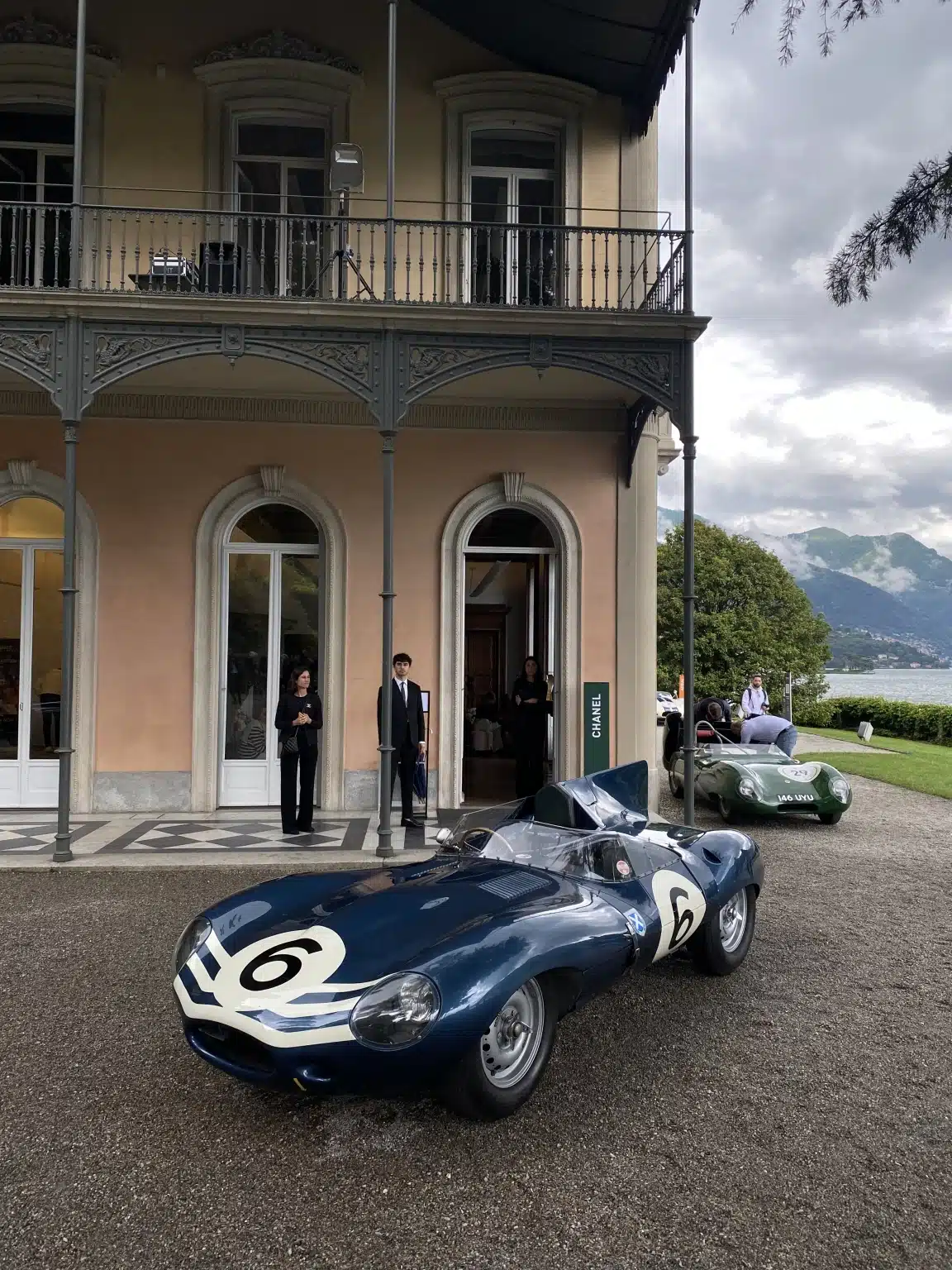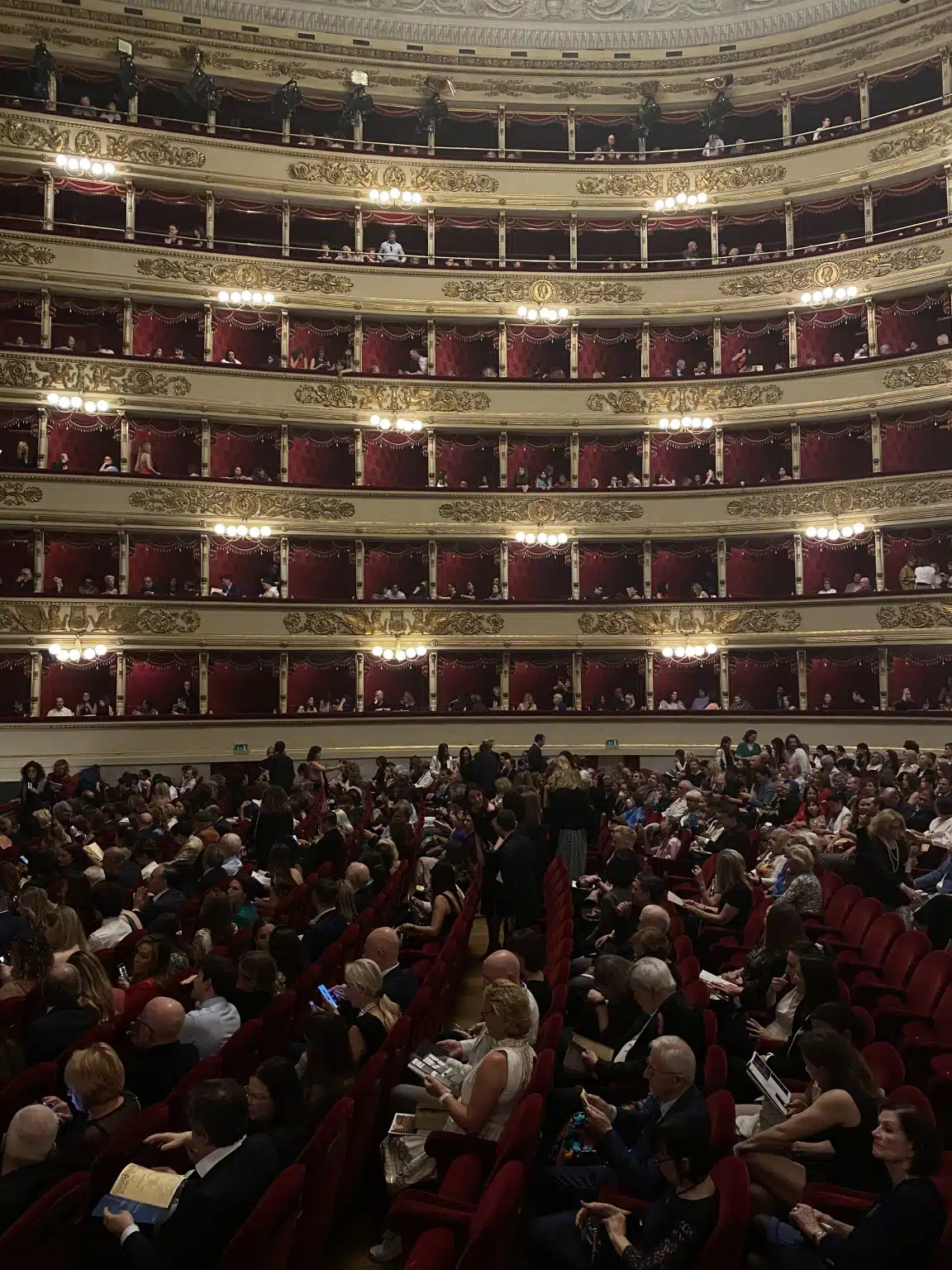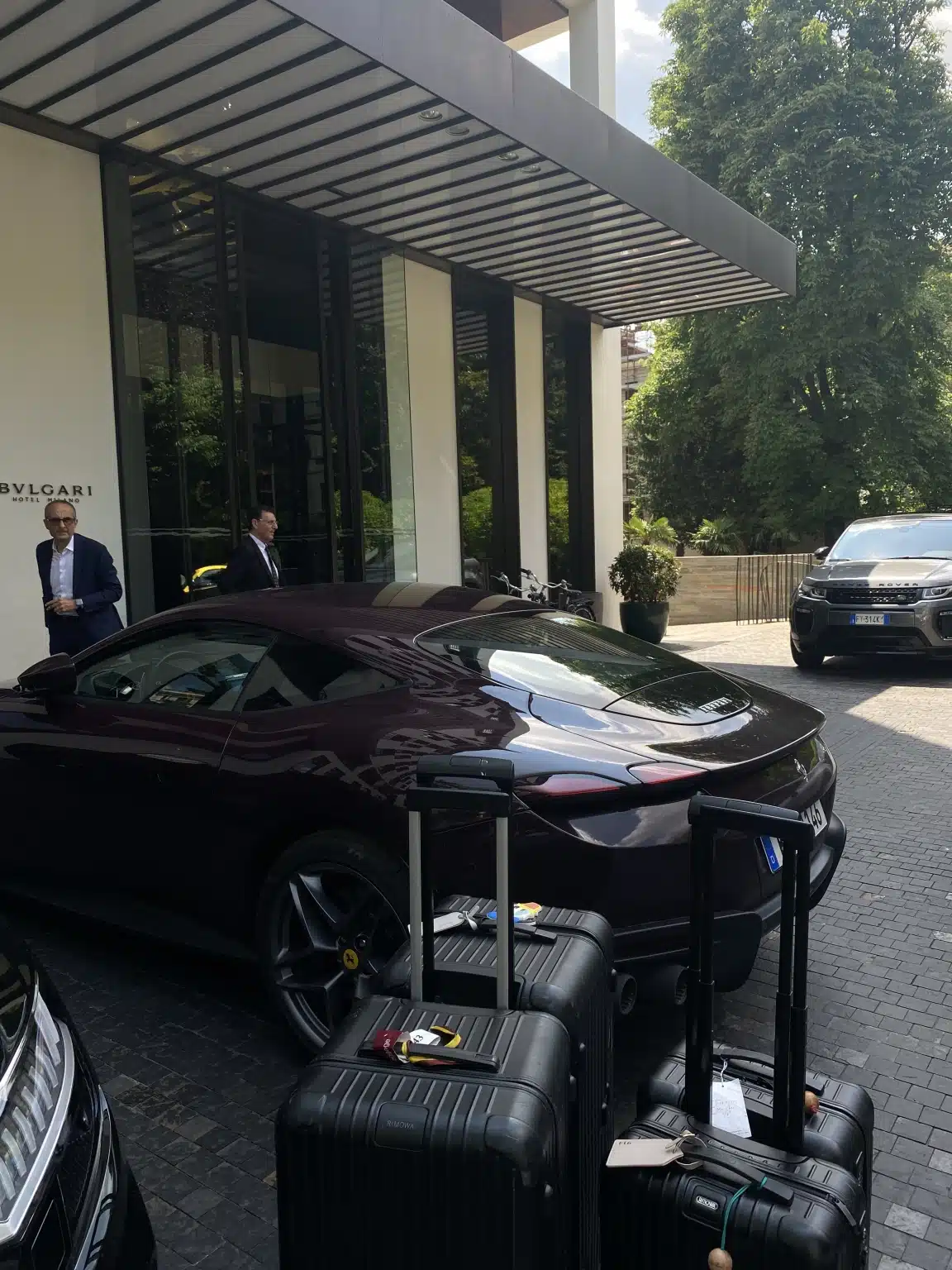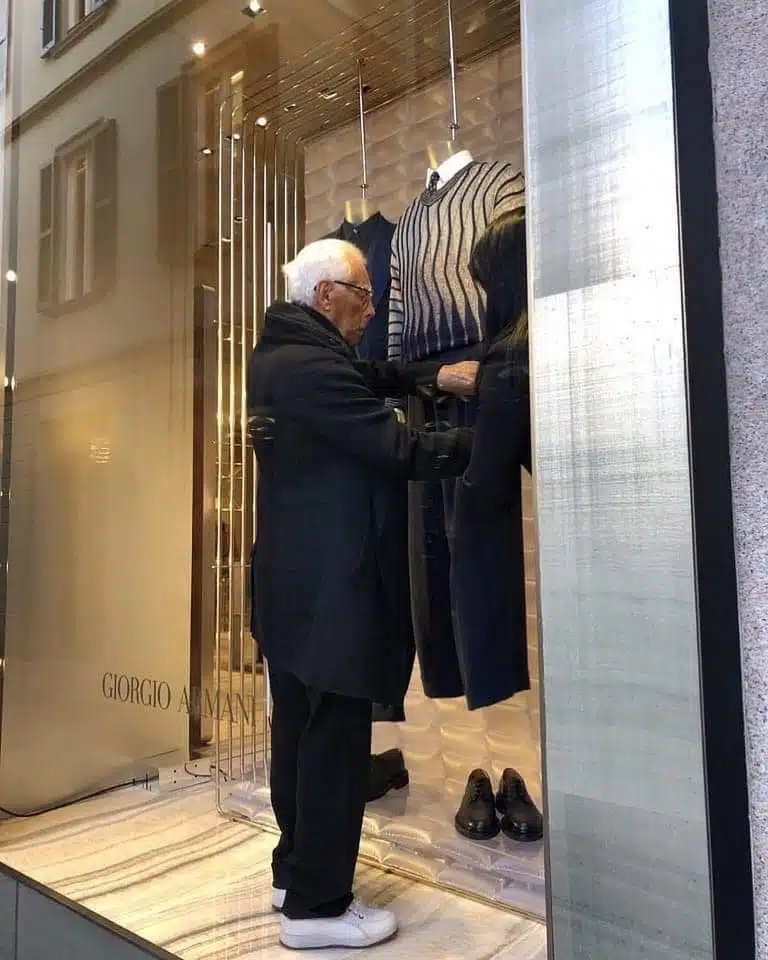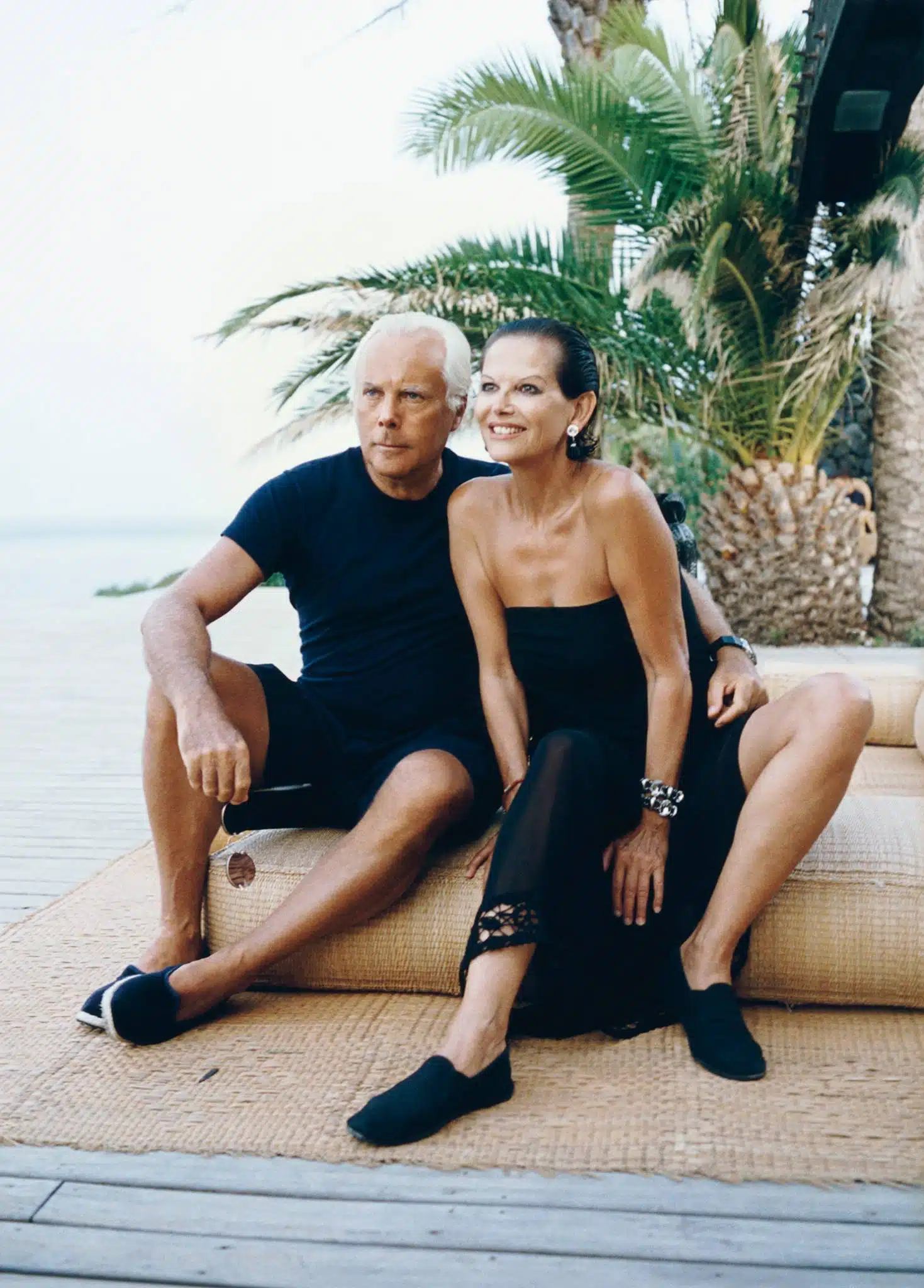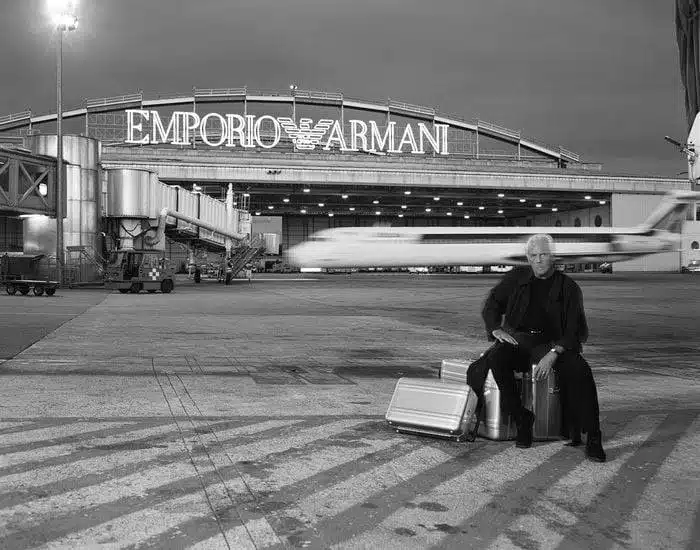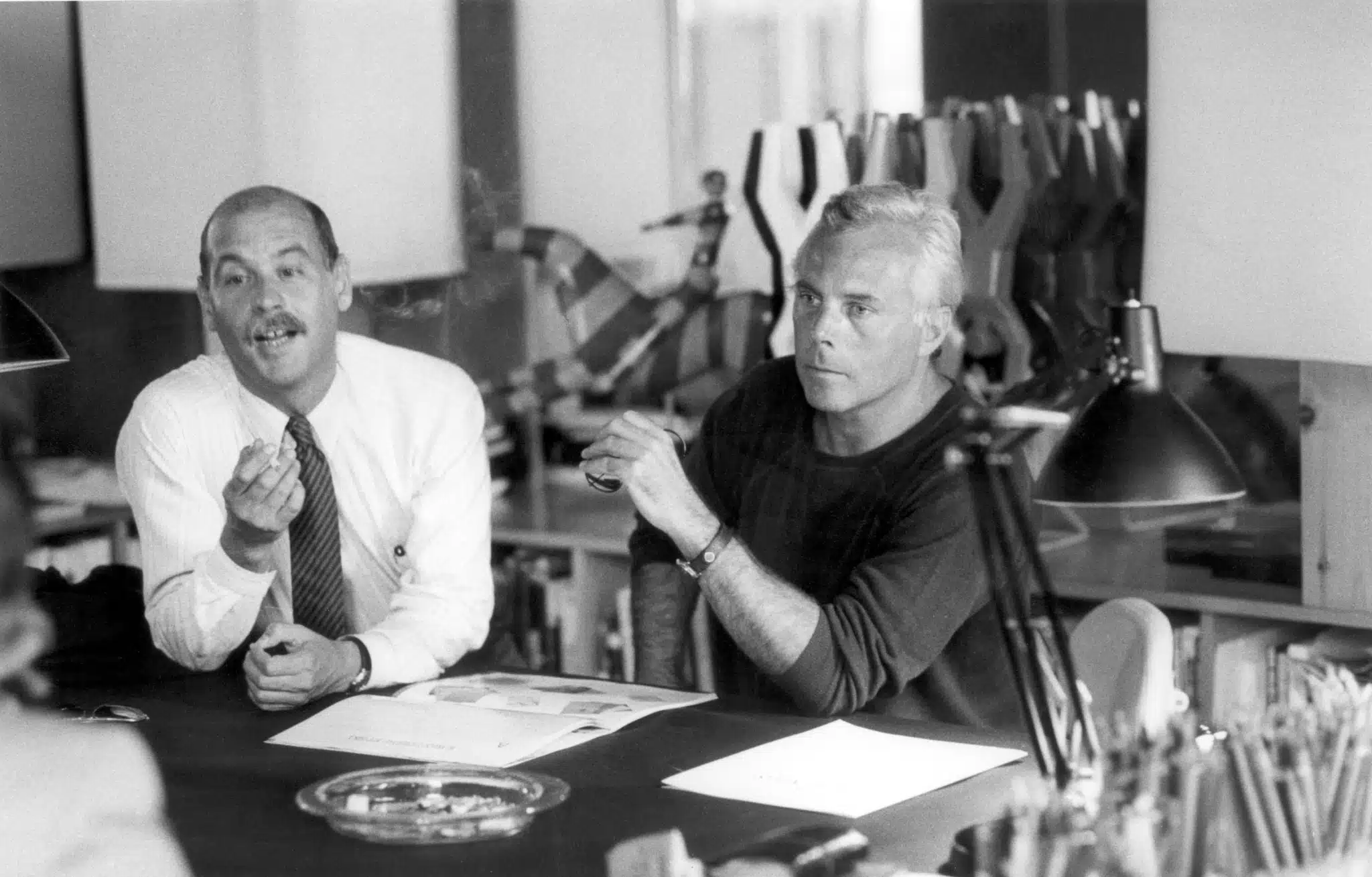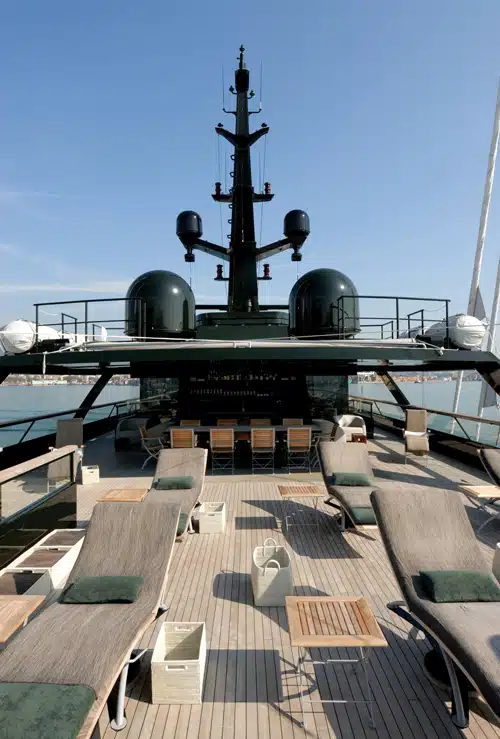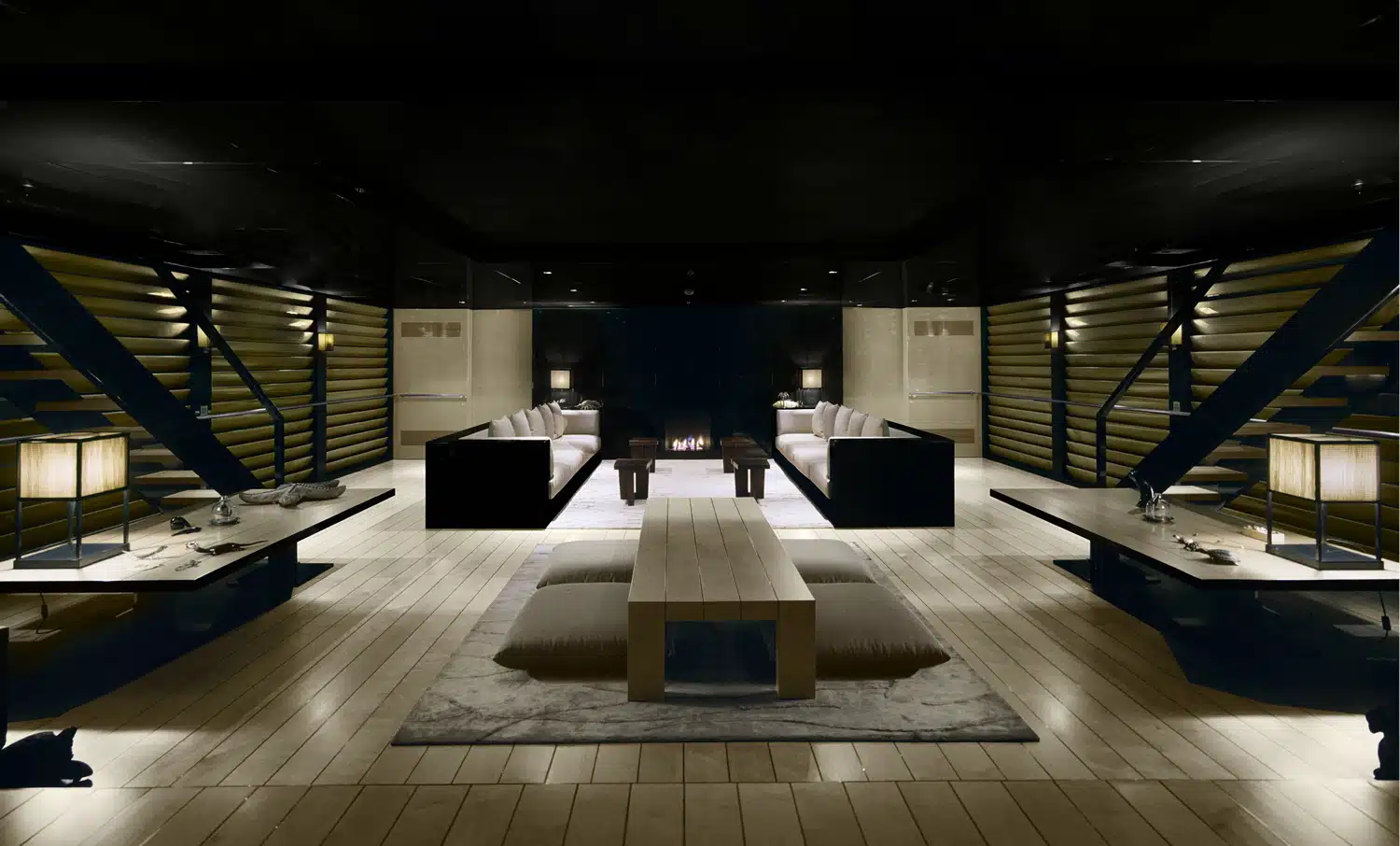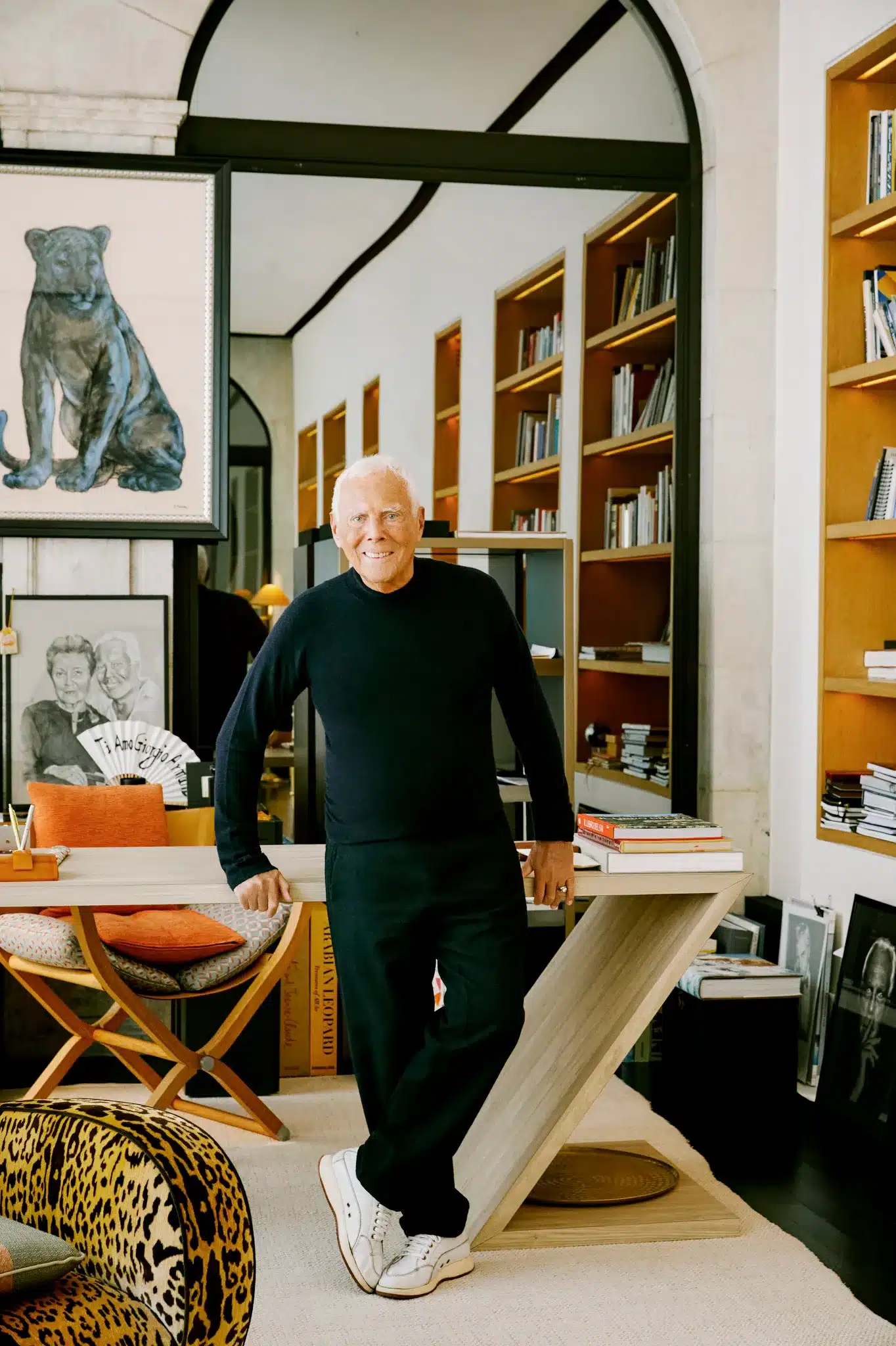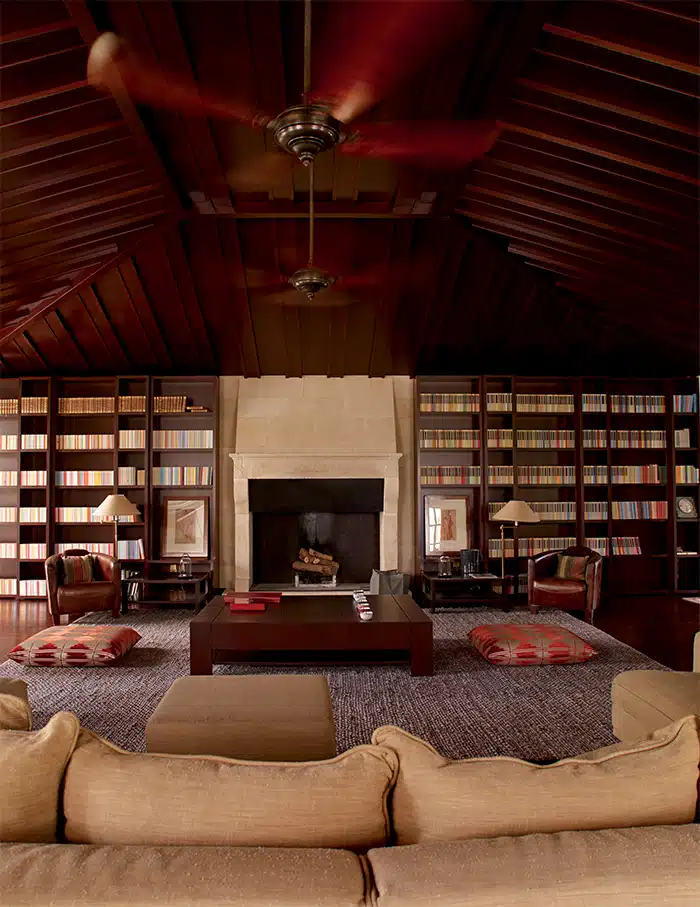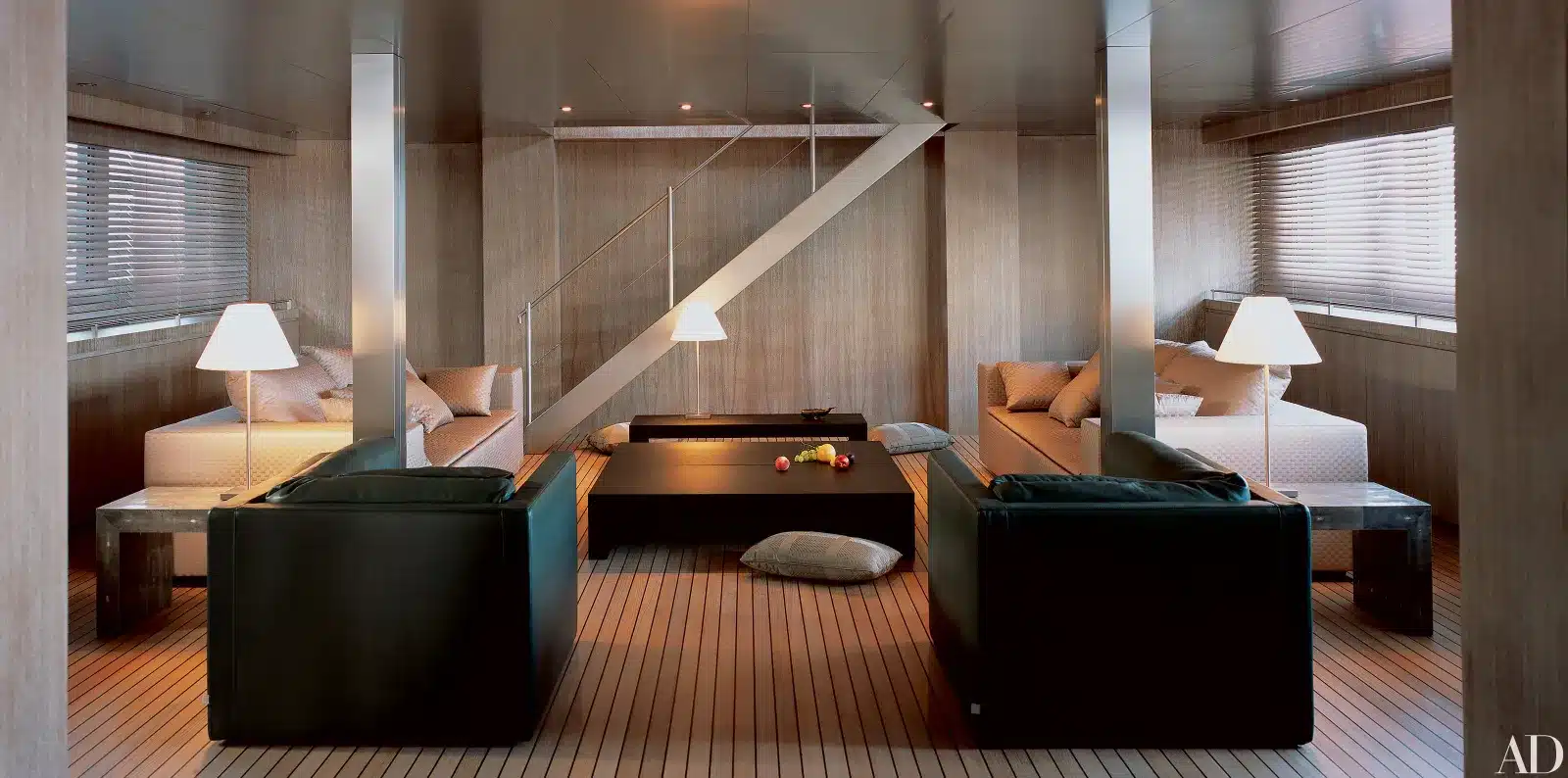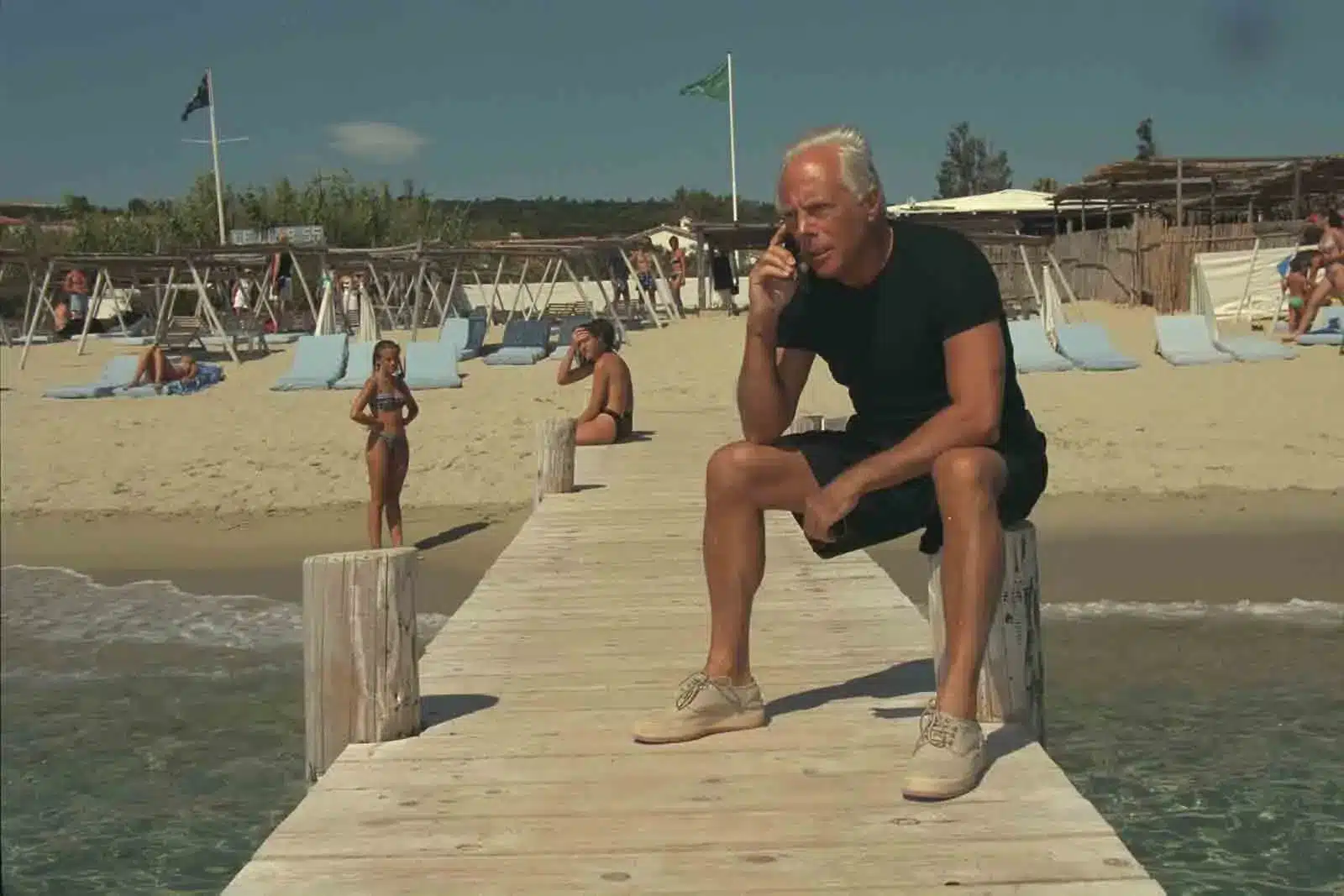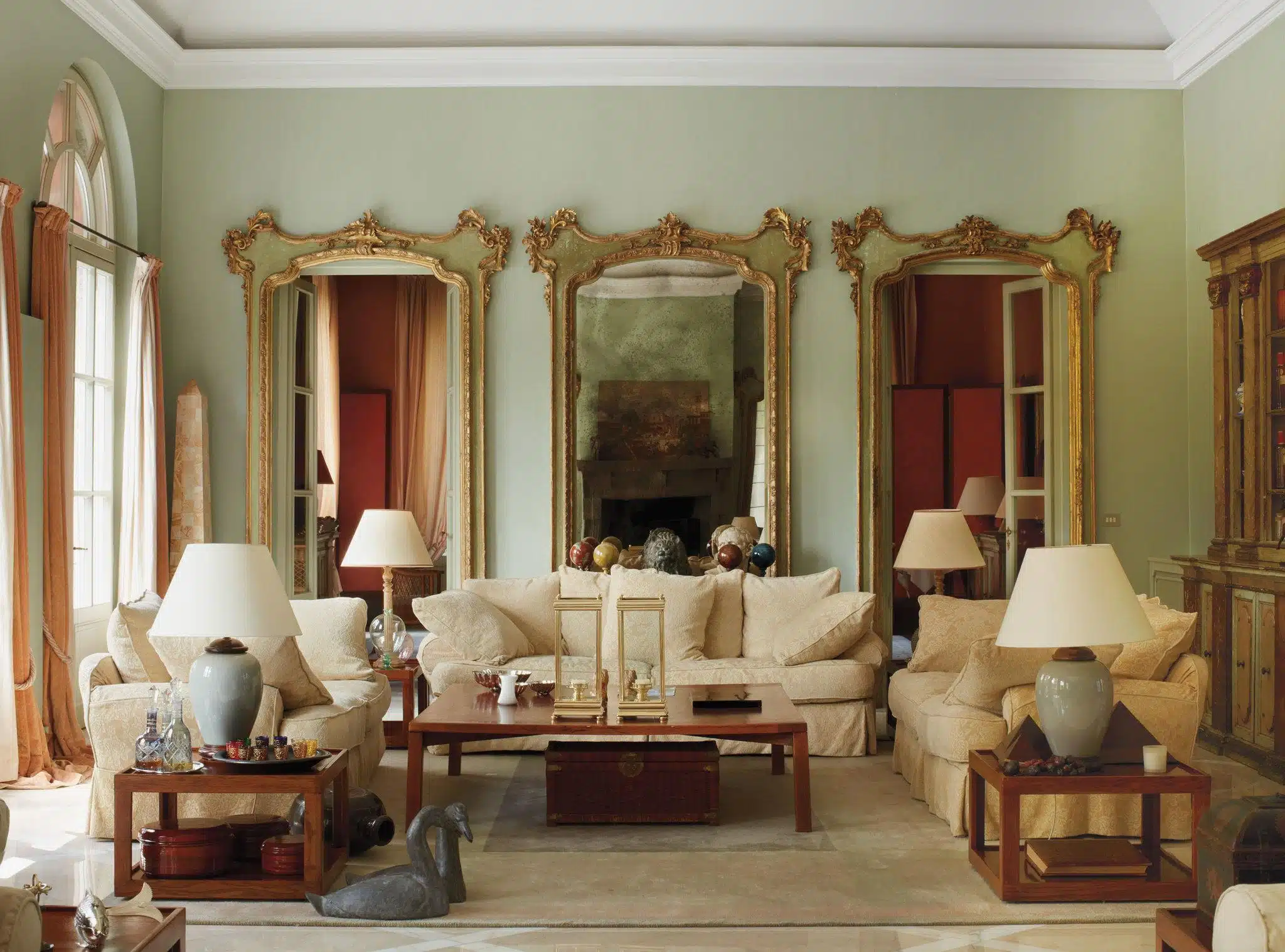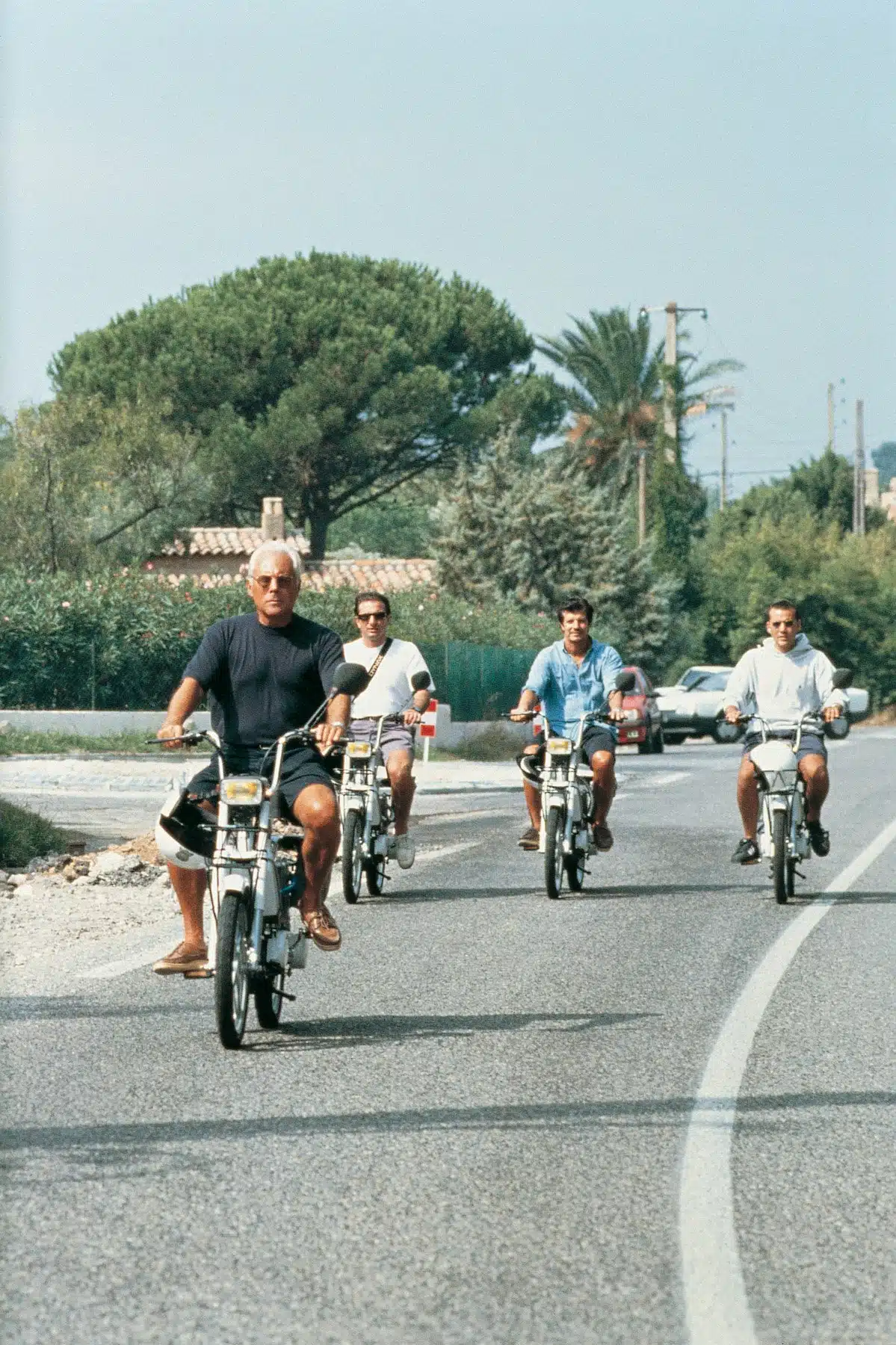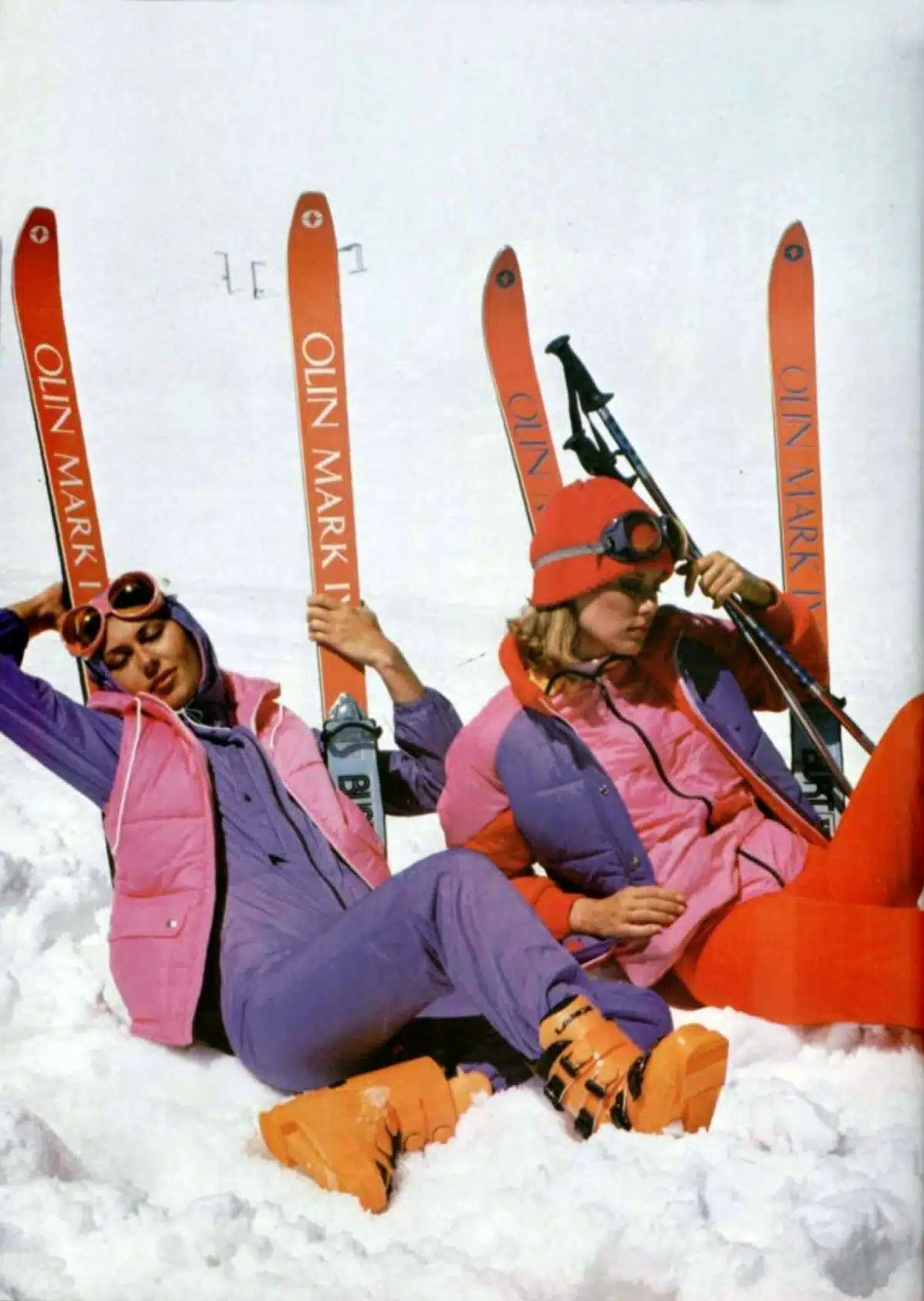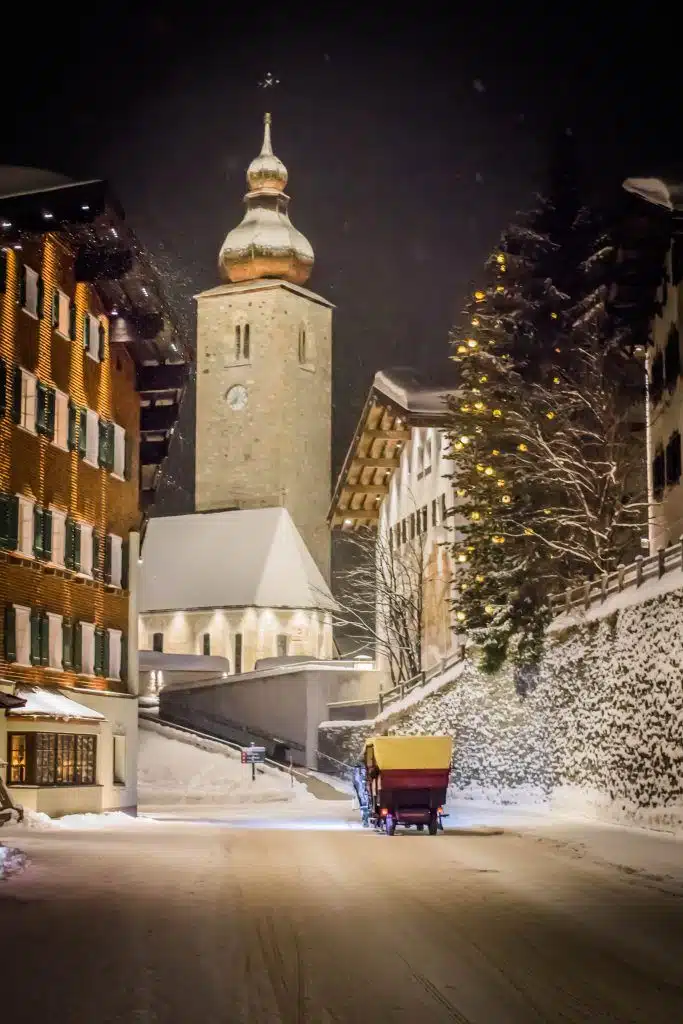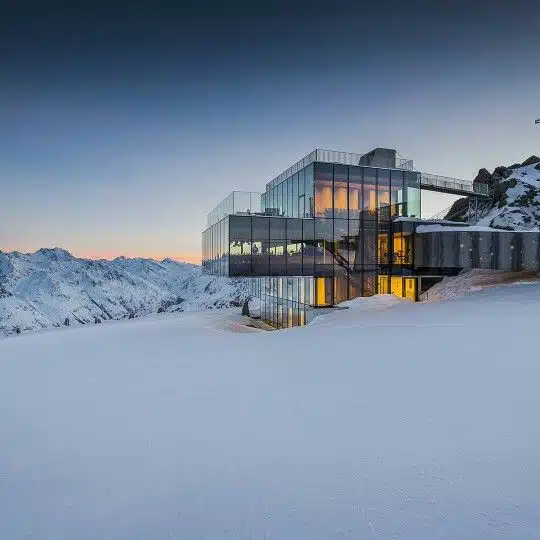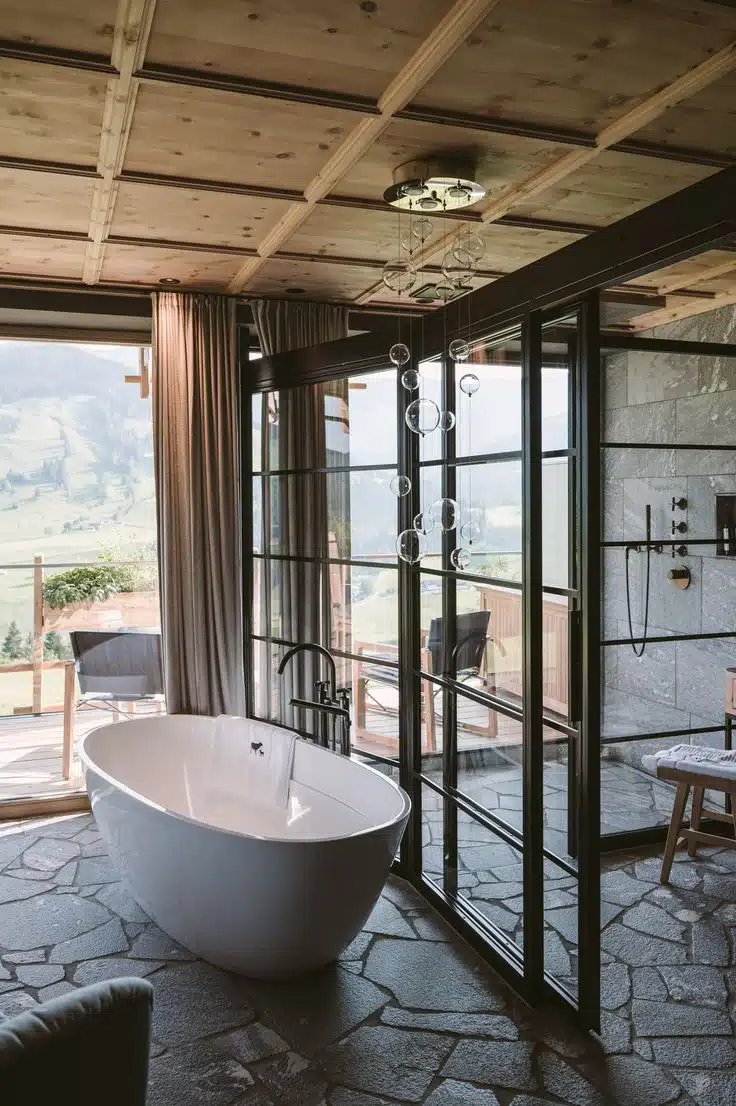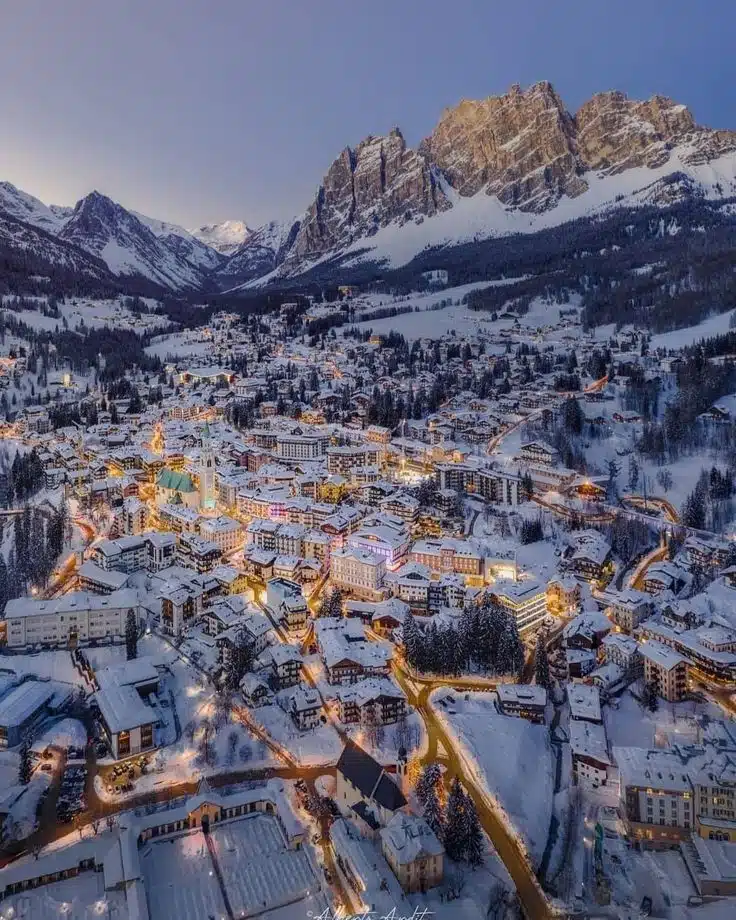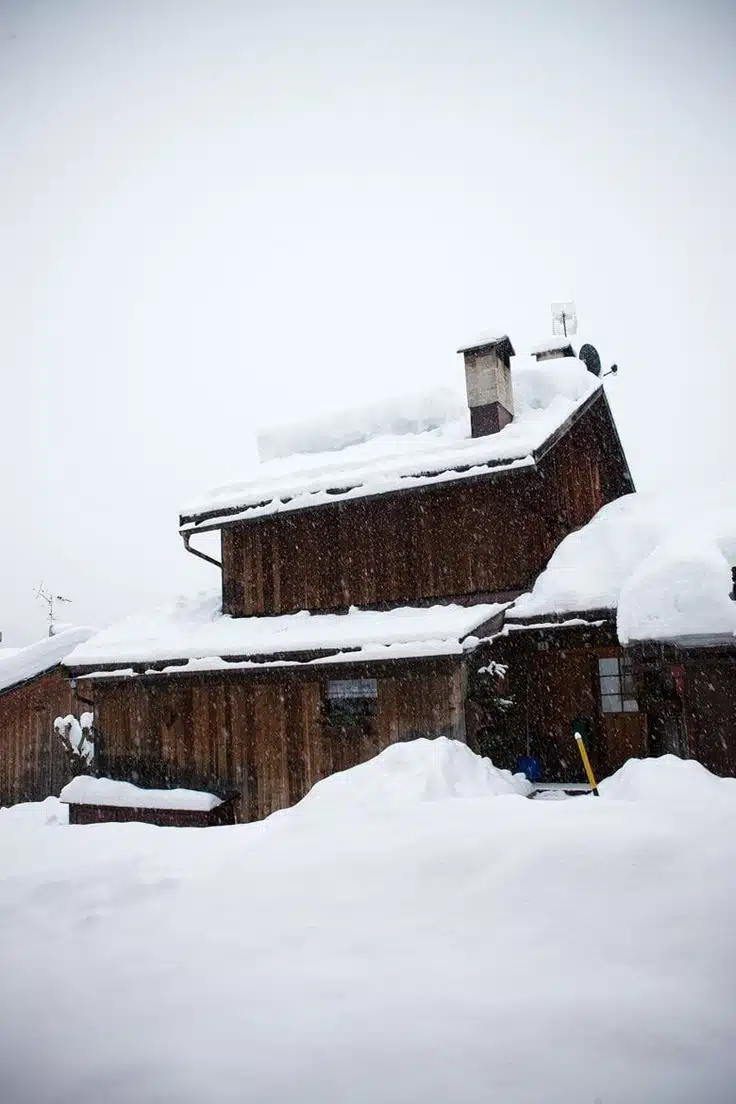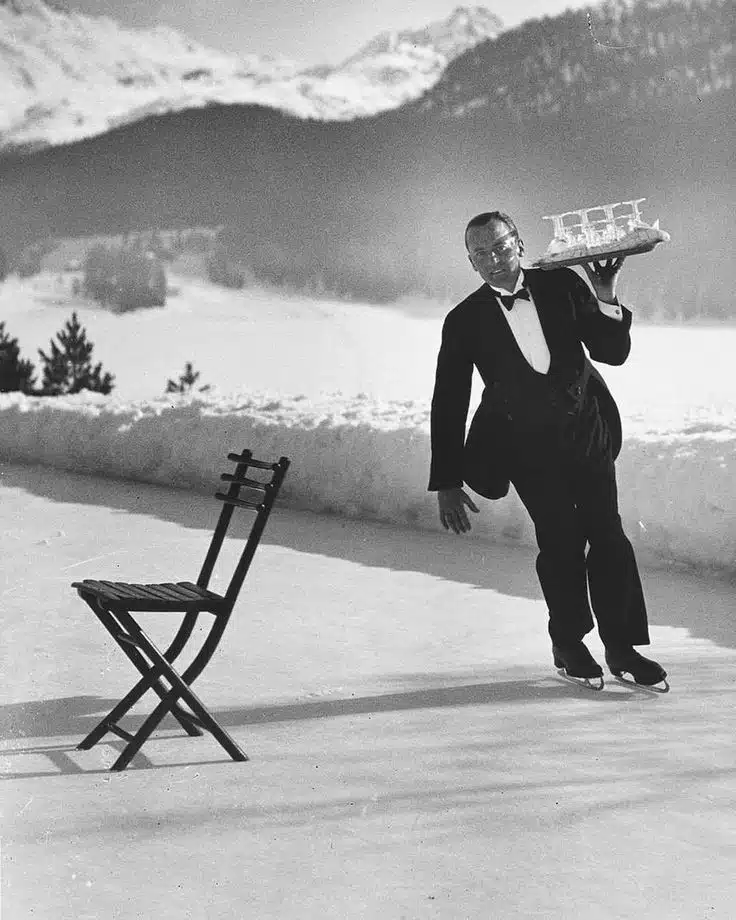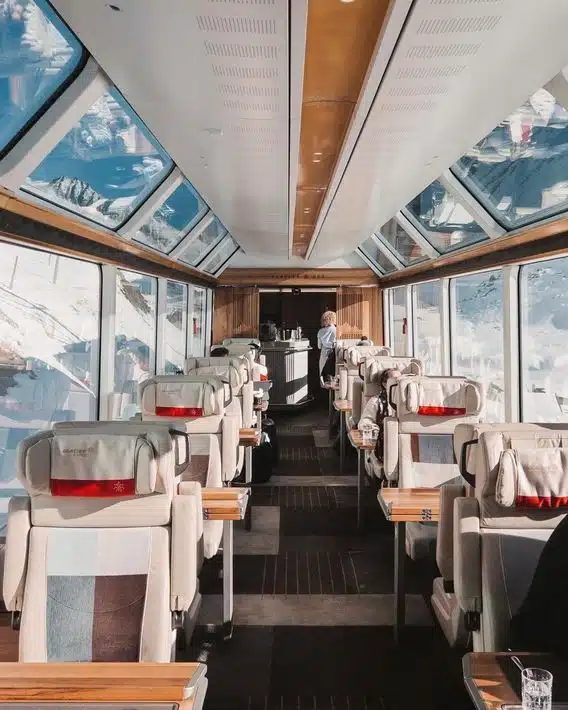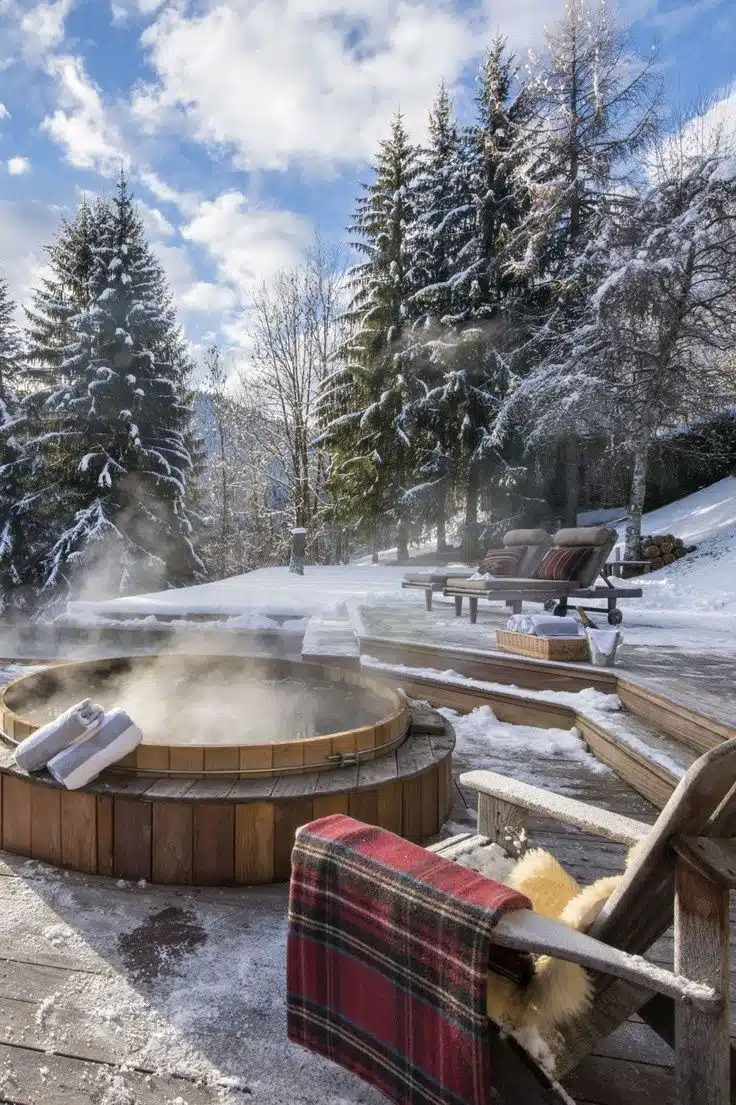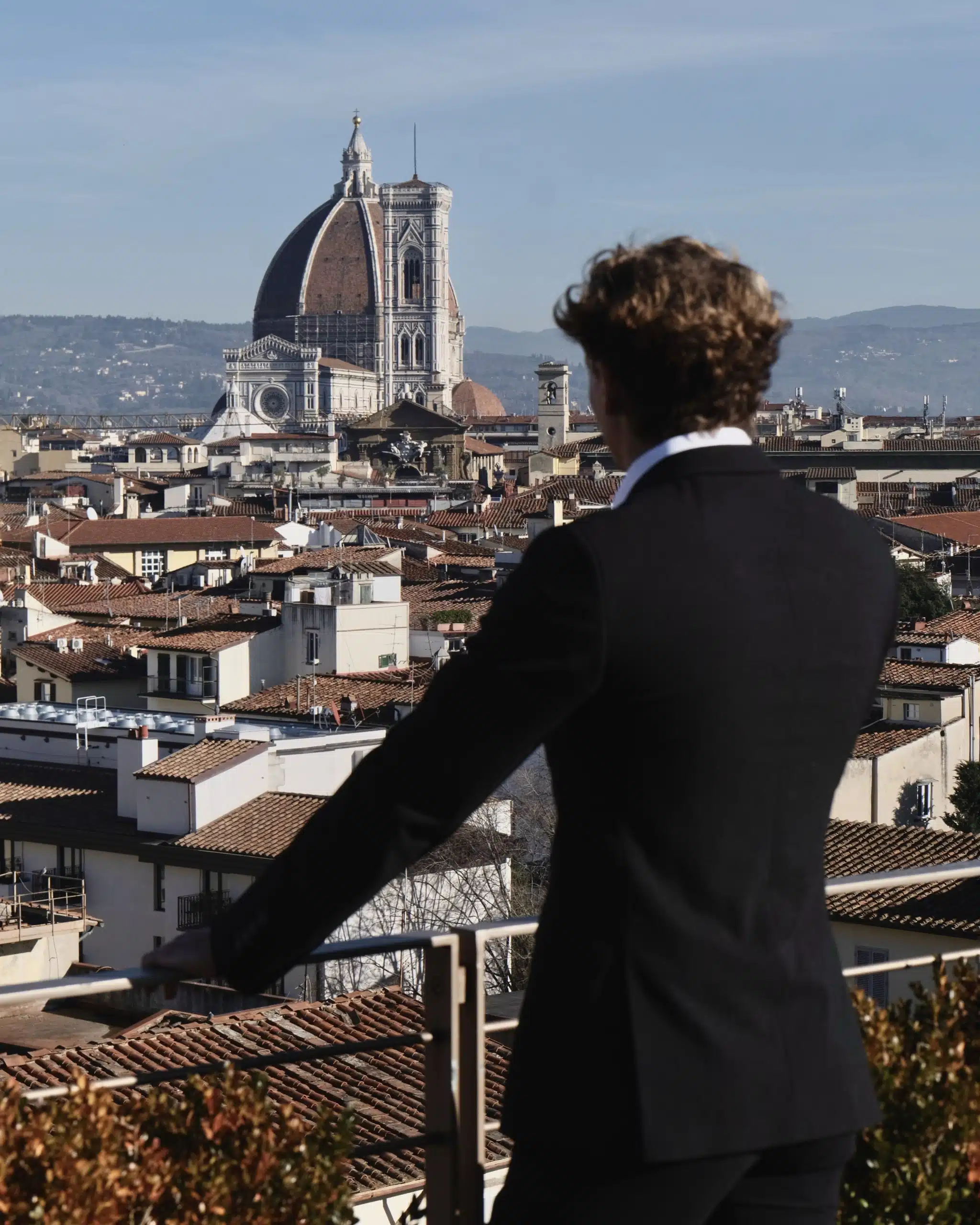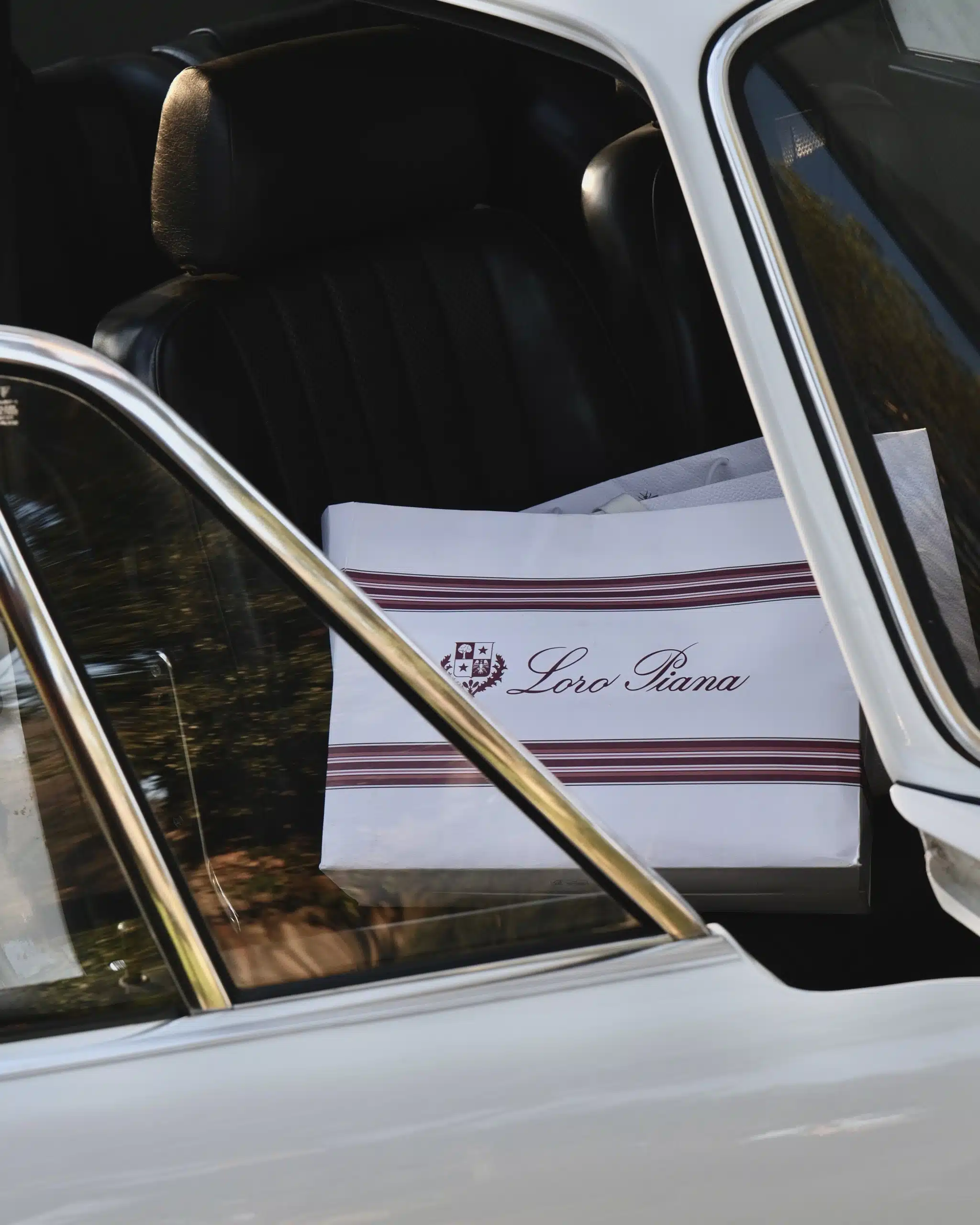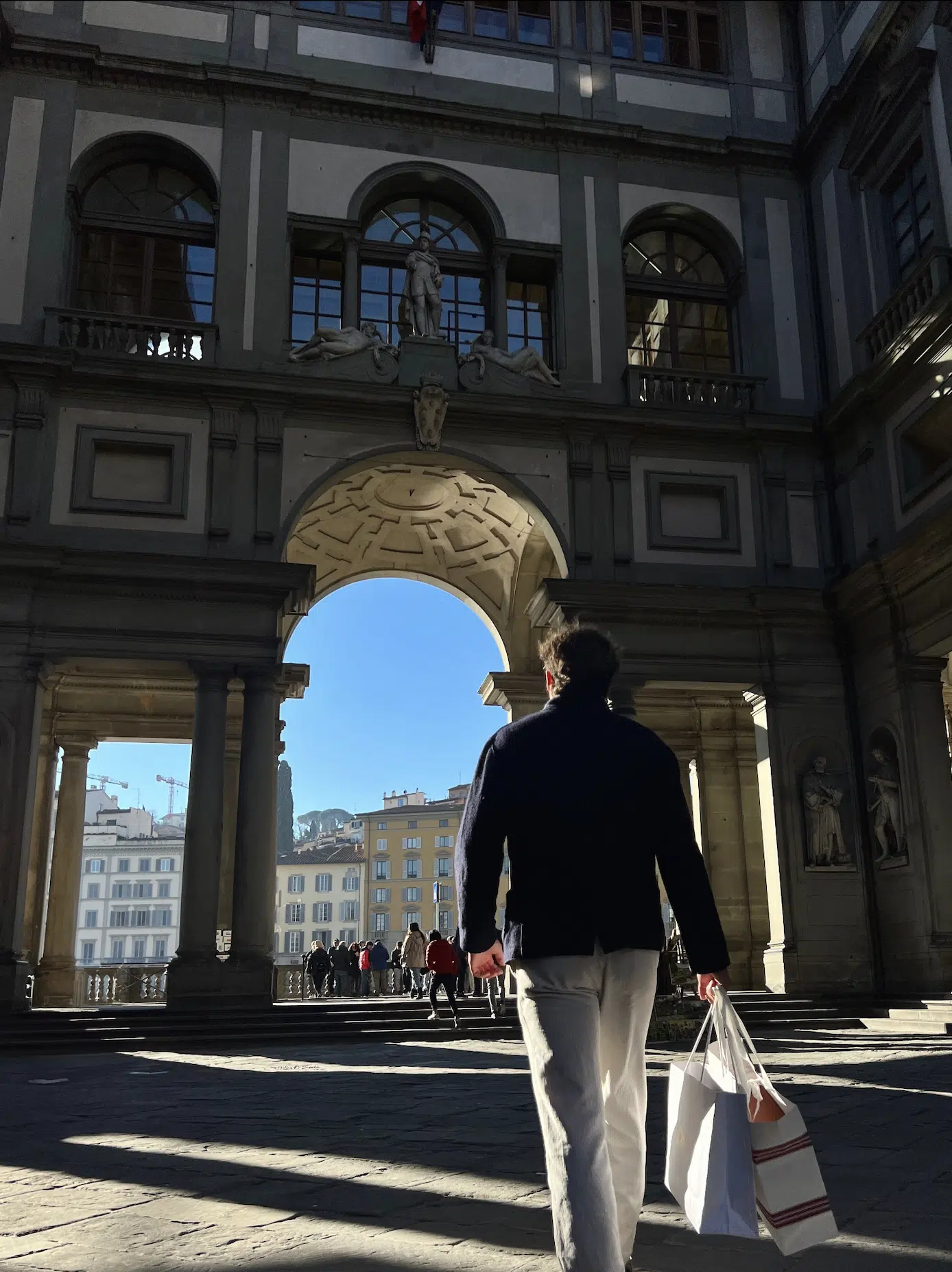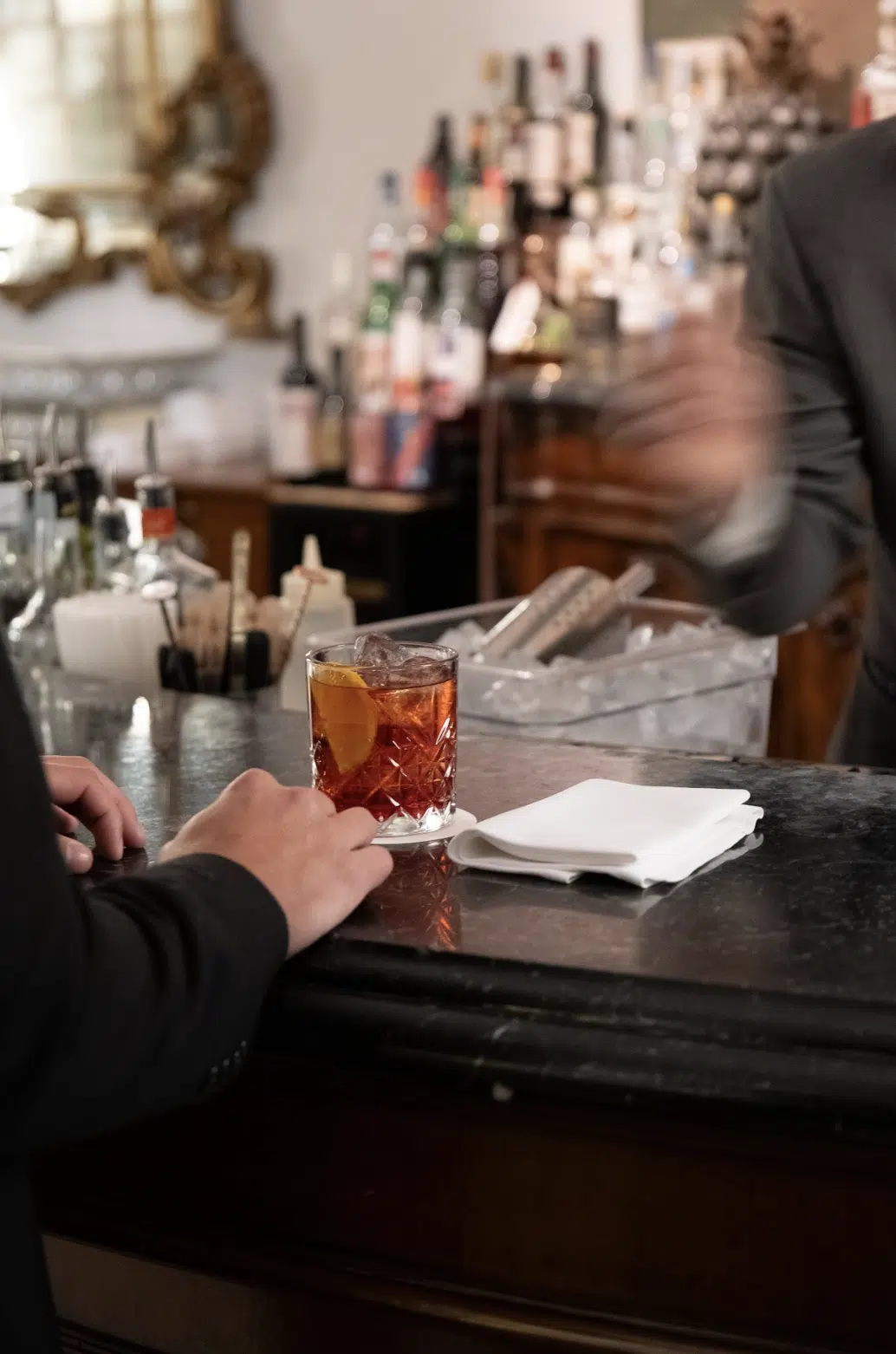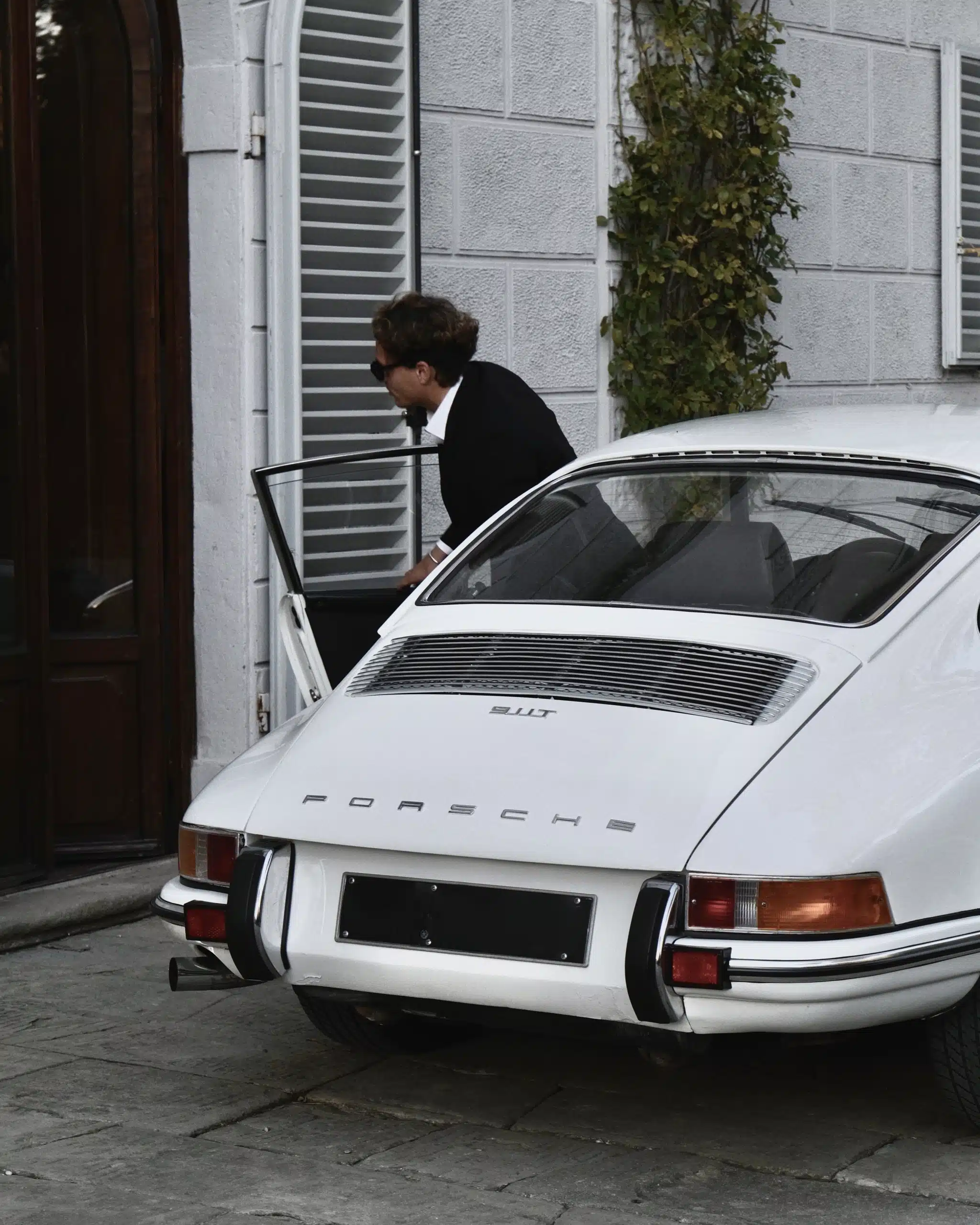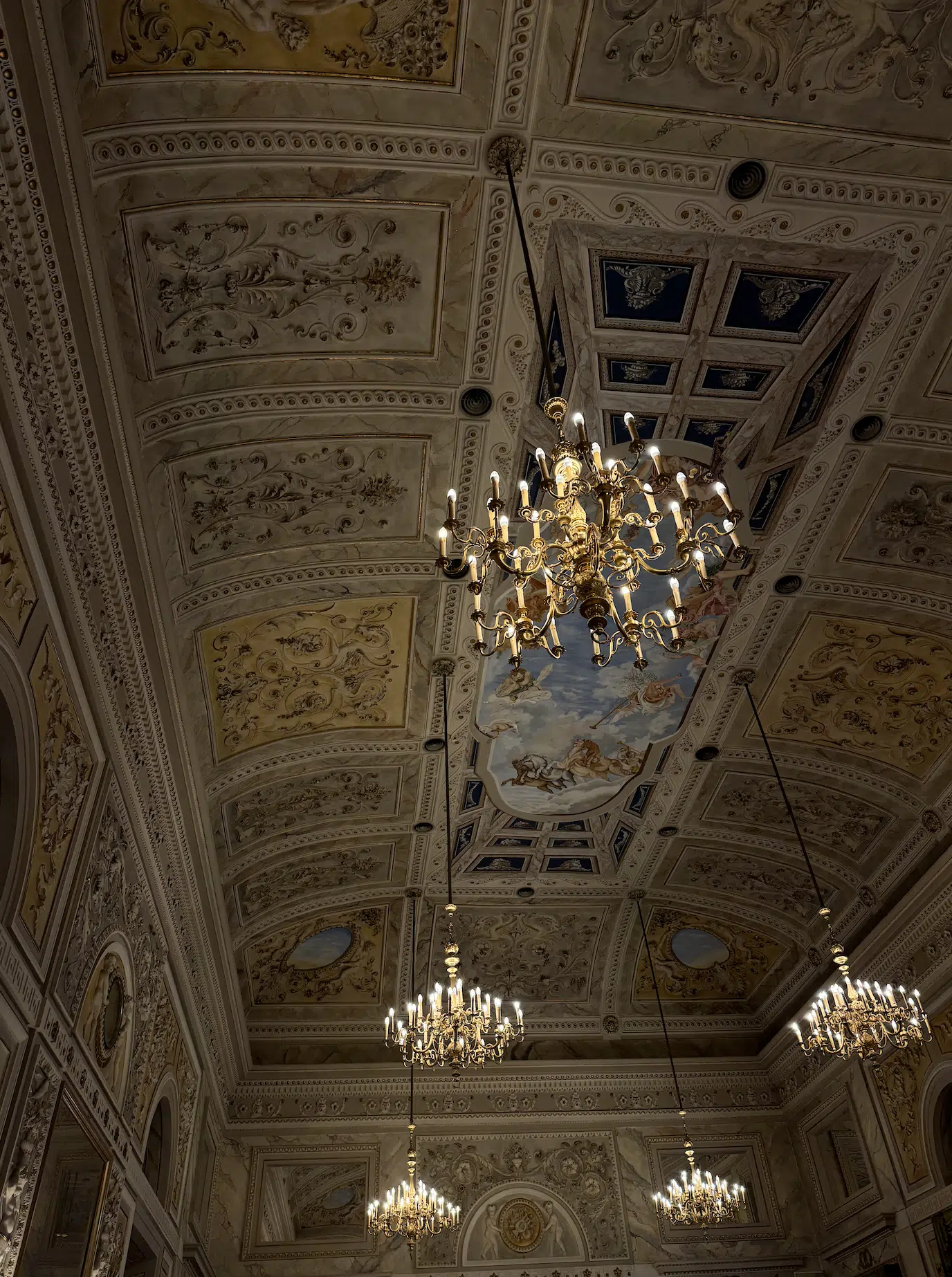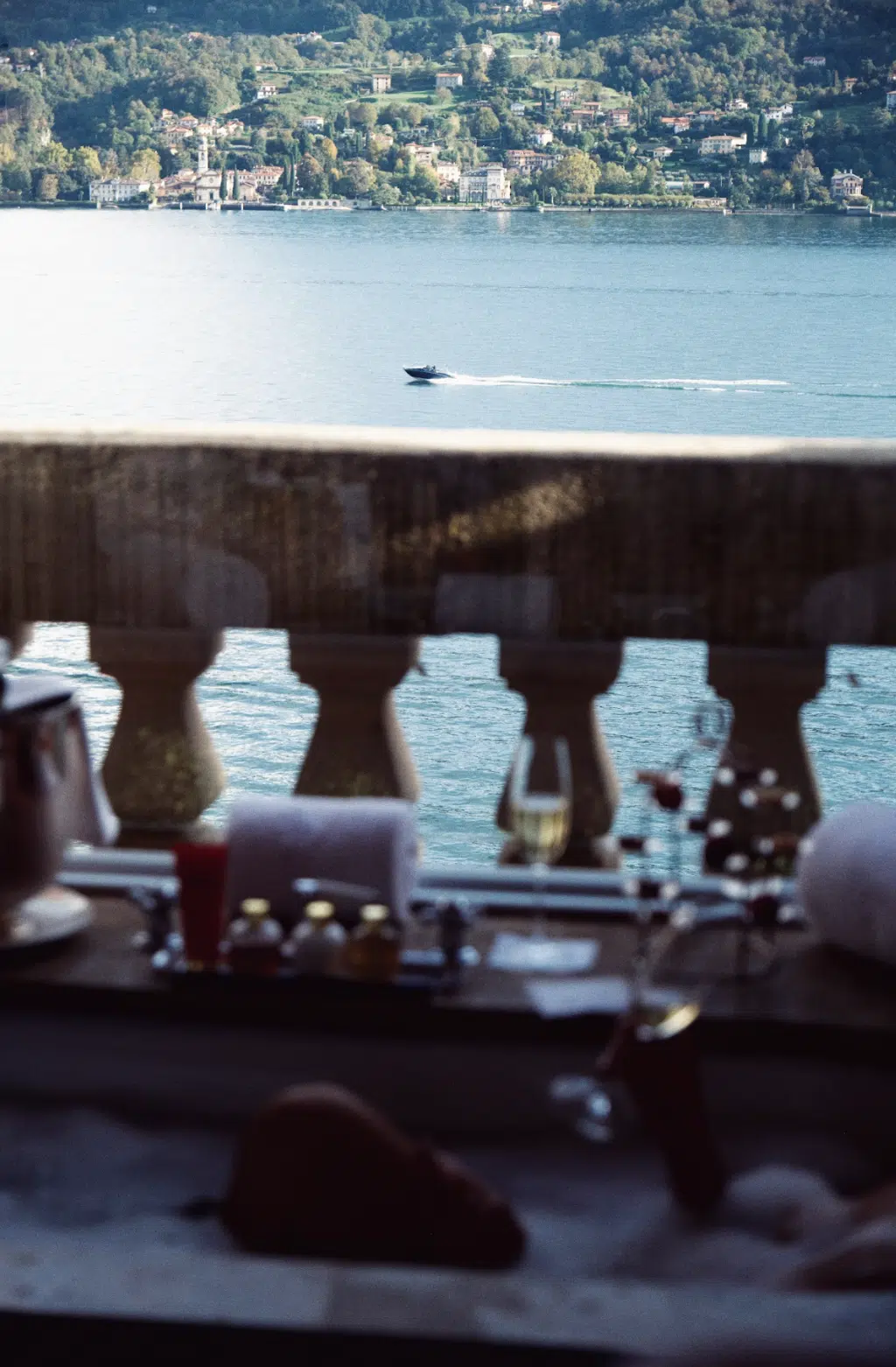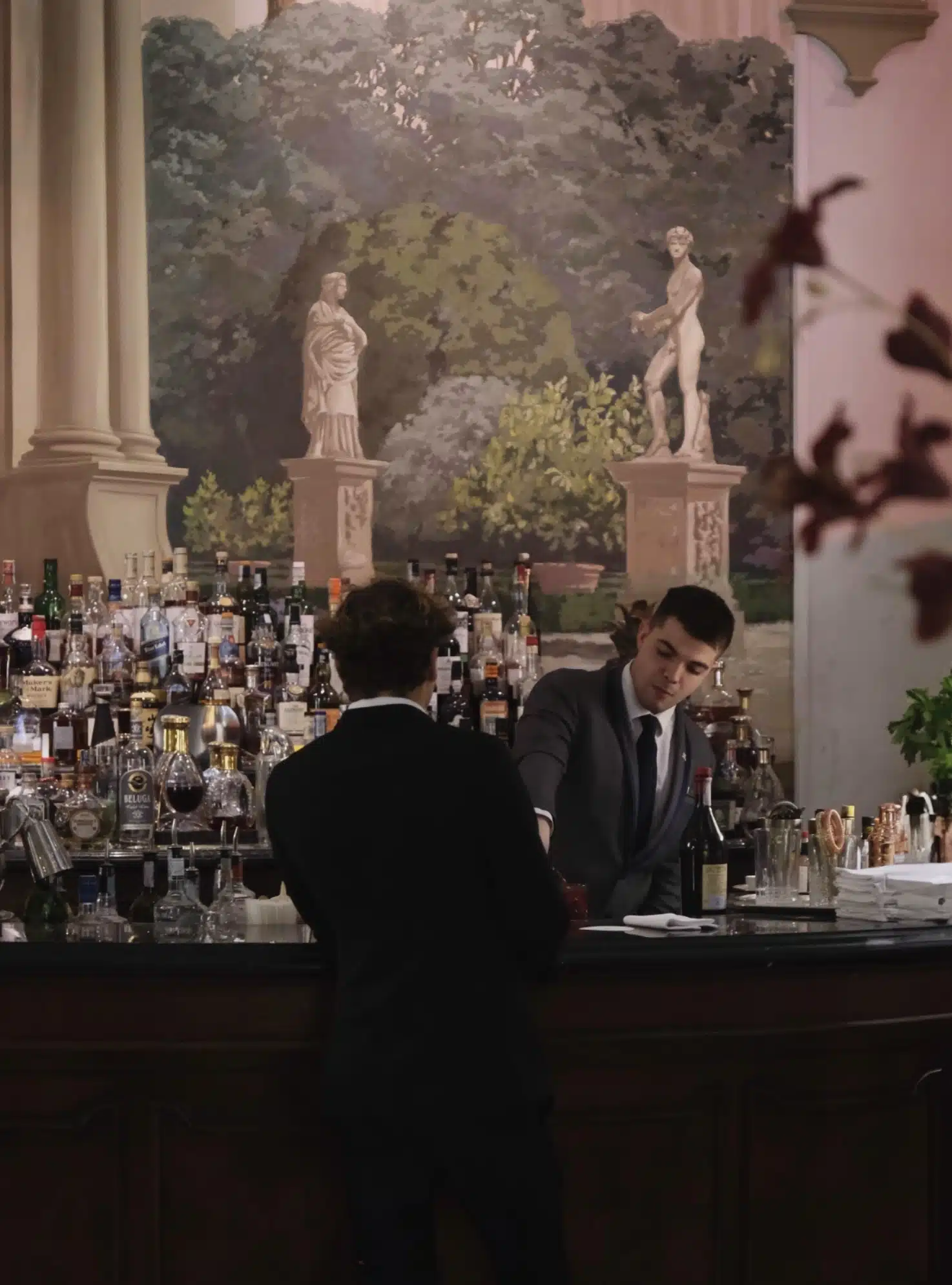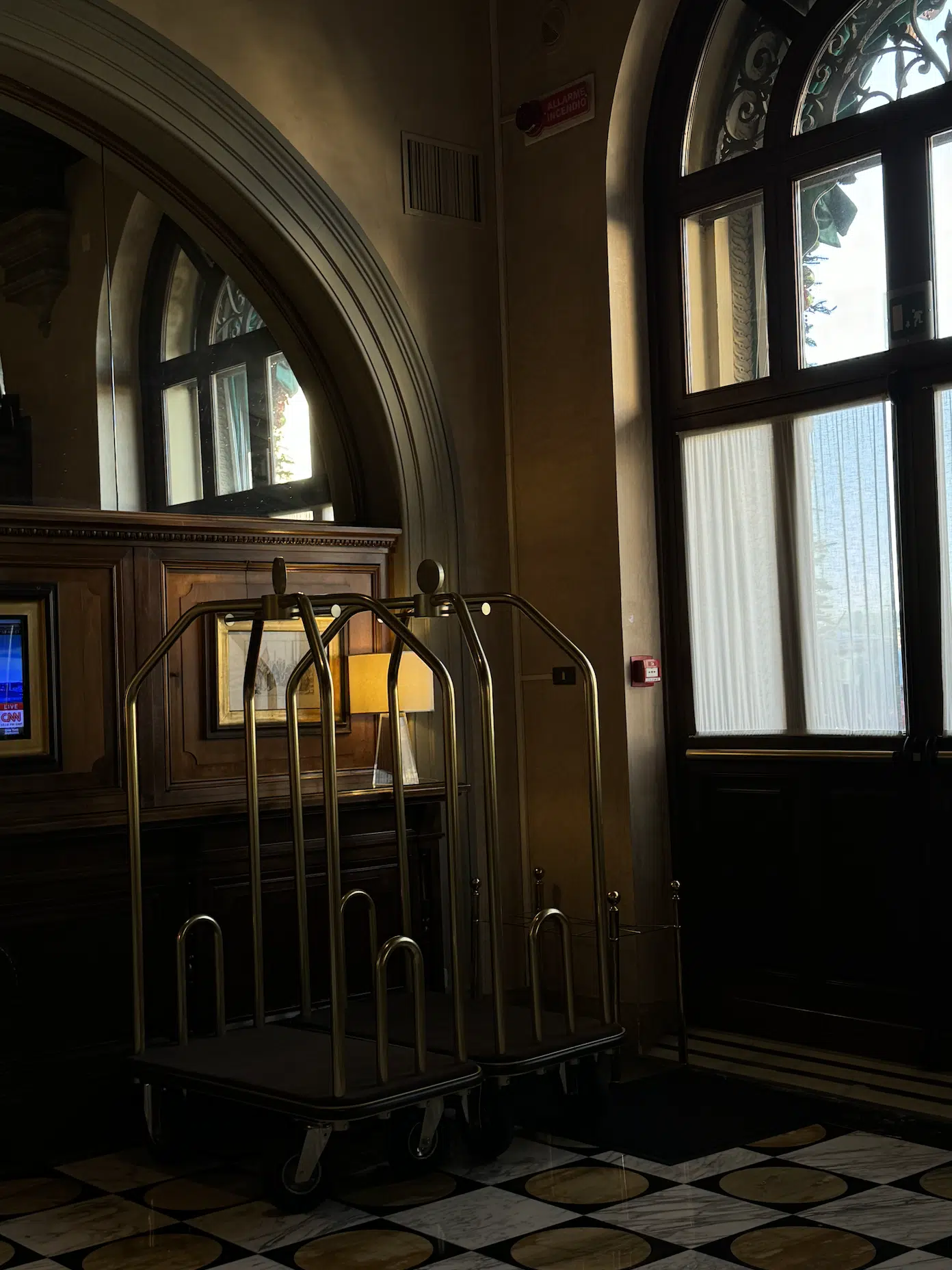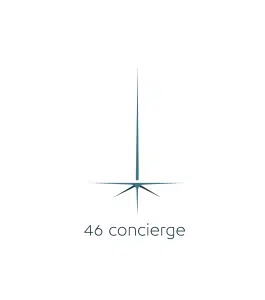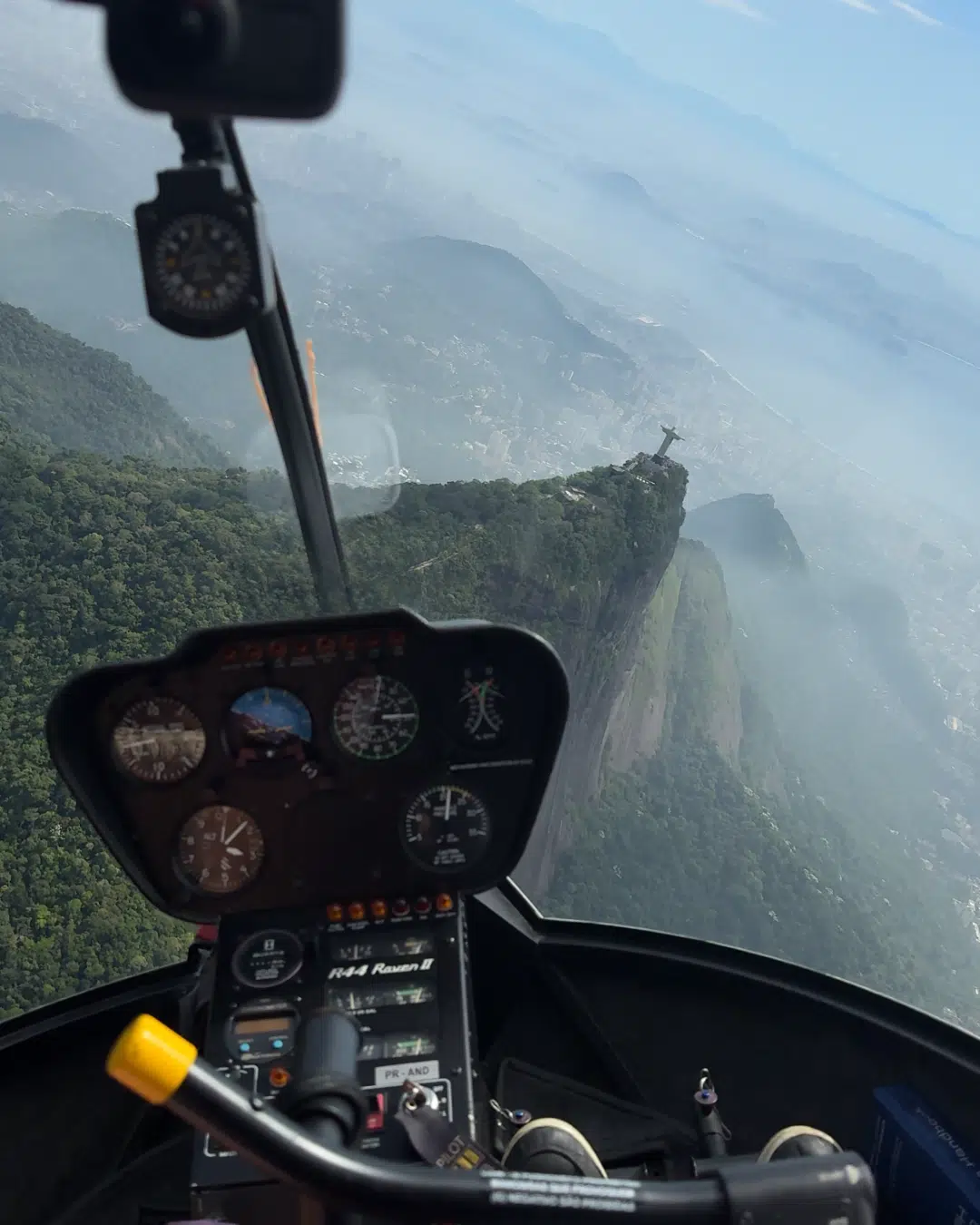
Luxury Meets Music : The Story of Cercle Moment in Rio
Day 1: A Sophisticated Welcome
The journey begins at the iconic Fasano Hotel on Ipanema Beach, where guests are immediately enveloped in an atmosphere of elegance and style. With its modern architecture and sweeping views over the ocean and Sugarloaf Mountain, the Fasano sets the tone for what’s to come.
After a day to relax and explore at leisure, the evening takes guests to Aprazível, a renowned restaurant nestled in the artistic Santa Teresa neighborhood. Perched high above the city, the venue offers breathtaking views and a menu that celebrates Brazil’s finest flavors. This first evening strikes a perfect balance between sophistication and warmth, leaving guests eager for what’s next.
Day 2: The Pinnacle of Excellence
The second day delivers an unforgettable blend of adventure and luxury. Guests are offered a choice of activities that showcase Rio from its most stunning perspectives.
For those seeking thrills, a helicopter ride reveals the city’s extraordinary beauty from above. Soaring over the Christ the Redeemer statue, Sugarloaf Mountain, and the lush Tijuca Forest, this experience offers a panoramic view of Rio’s unique landscape—a breathtaking fusion of urban vibrancy and natural splendor. Alternatively, paragliding provides a more immersive way to take in the scenery, gliding through the sky with the city as a magnificent backdrop.
For those who prefer tranquility, the Fasano’s spa offers a sanctuary of relaxation with treatments designed to rejuvenate the body and mind.
In the afternoon, the journey takes a luxurious turn as guests board a yacht for a private party on the turquoise waters of Rio’s coastline. With exclusive sets by Ayla – Jessica Brankka and Amine Edge, the atmosphere is electric yet intimate. Every detail, from the curated artistic direction to the impeccable service, exemplifies Cercle Moment’s commitment to creating extraordinary experiences. This is not just a day of luxury; it is a celebration of excellence that leaves a lasting impression.
Day 3: Escape to Angra dos Reis
On the third day, the adventure moves to Angra dos Reis, an archipelago of over 300 islands with pristine beaches and crystal-clear waters. After a seamless transfer, guests arrive in a tropical paradise that feels far removed from the city.
The afternoon is left open for personal exploration—whether by embarking on a private boat tour, swimming in the emerald waters, or simply relaxing on a secluded beach.
As the sun sets, the magic of the evening unfolds with a private beach party, where the Cercle team delivers an exclusive DJ set crafted especially for the Momenters. In a gesture that feels intimate and personal, Cercle’s very own Music Director takes center stage, ensuring the music feels not only curated but deeply connected to the setting. The sense of « friends and family » is palpable, as if the evening were designed for an inner circle—authentic, exclusive, and truly one-of-a-kind.
Day 4: Connection and Celebration
The fourth day begins with a morning meditation session, offering guests a chance to reflect and recharge. Against the serene backdrop of nature, this moment of mindfulness sets the tone for the day.
The afternoon brings yet another extraordinary experience: a second boat party, this time aboard a typical Brazilian schooner, known as an Escuna. With its wooden charm and open deck, the boat perfectly reflects the local culture and adds a touch of authenticity to the adventure. Performances by Classmatic and Priscila Diaz elevate the experience, creating an atmosphere that is both vibrant and energizing. Every element—from the expertly crafted cocktails to the curated music—feels purposefully aligned.
Day 5: A Graceful Farewell
The final day offers a moment of quiet reflection as guests enjoy one last breakfast at the Fasano. It’s a chance to take in the view one last time and savor the lingering sense of wonder from the days before.
This farewell is understated yet profound, a fitting conclusion to an experience that has left an indelible mark. Rather than an ending, it feels like the beginning of memories that will be cherished for a lifetime.
A Cercle Moment is more than an event—it is a philosophy. It redefines luxury by blending culture, music, and nature into immersive experiences that transcend expectations. In Rio, every element—from the flawless logistics to the innovative programming—came together to create something truly extraordinary.
*The rhythm continues with Echoes of Mexico, from April 24th to 28th in the cultural heart of Mexico City : from soaring above Teotihuacán to exclusive Cercle Odyssey shows, all set against the backdrop of Aztec heritage and vibrant urban elegance. This is where curated soundscapes and timeless sophistication collide — an escape designed for those who seek the exceptional.*
